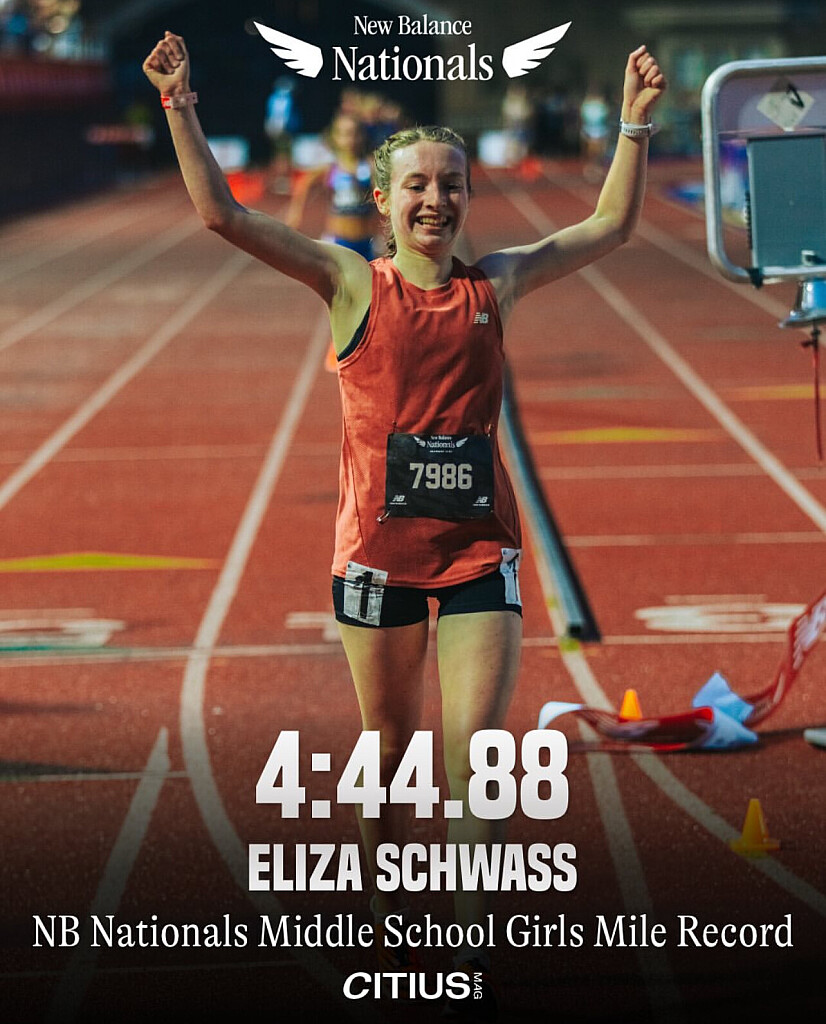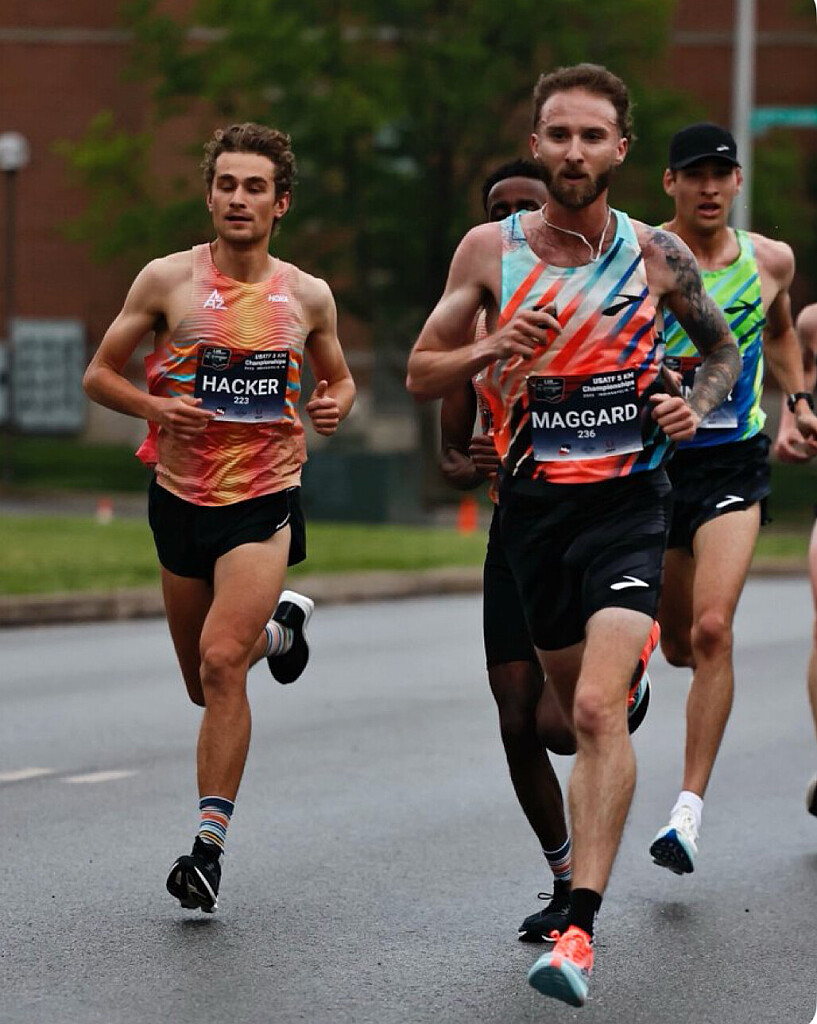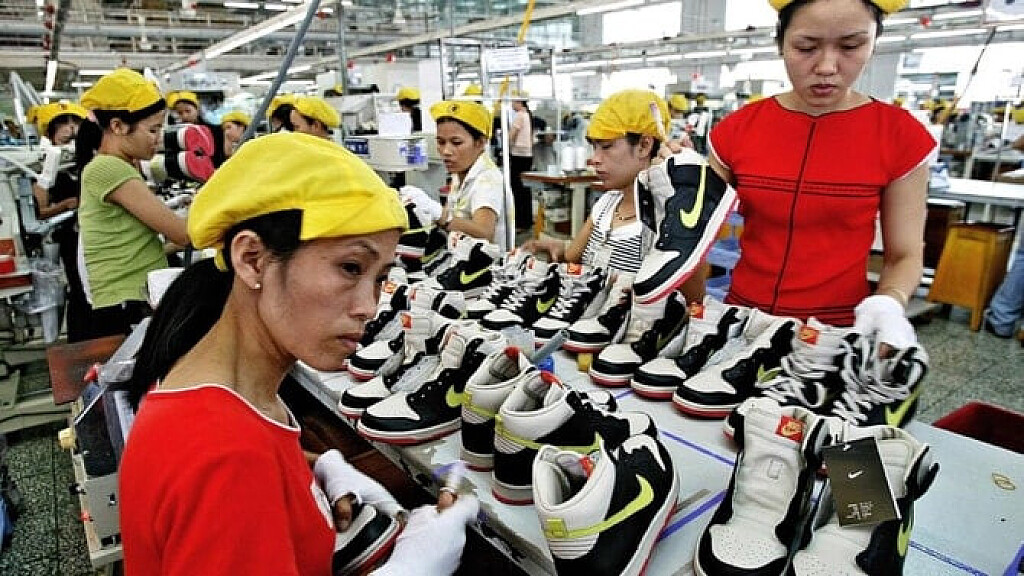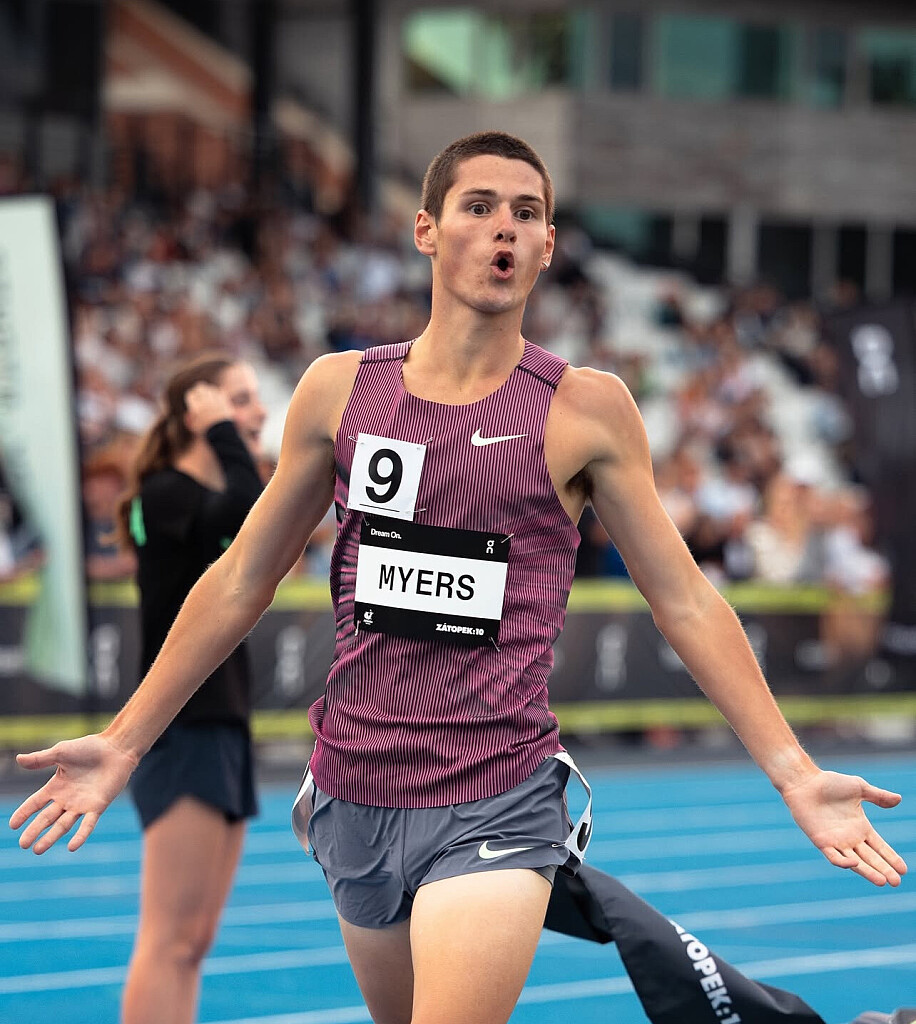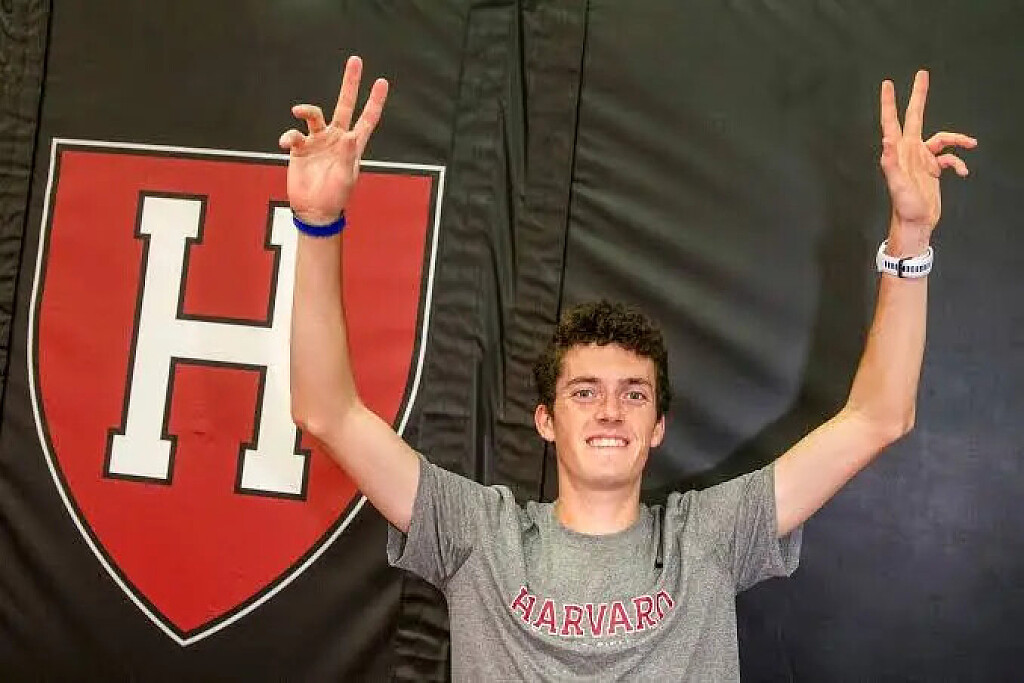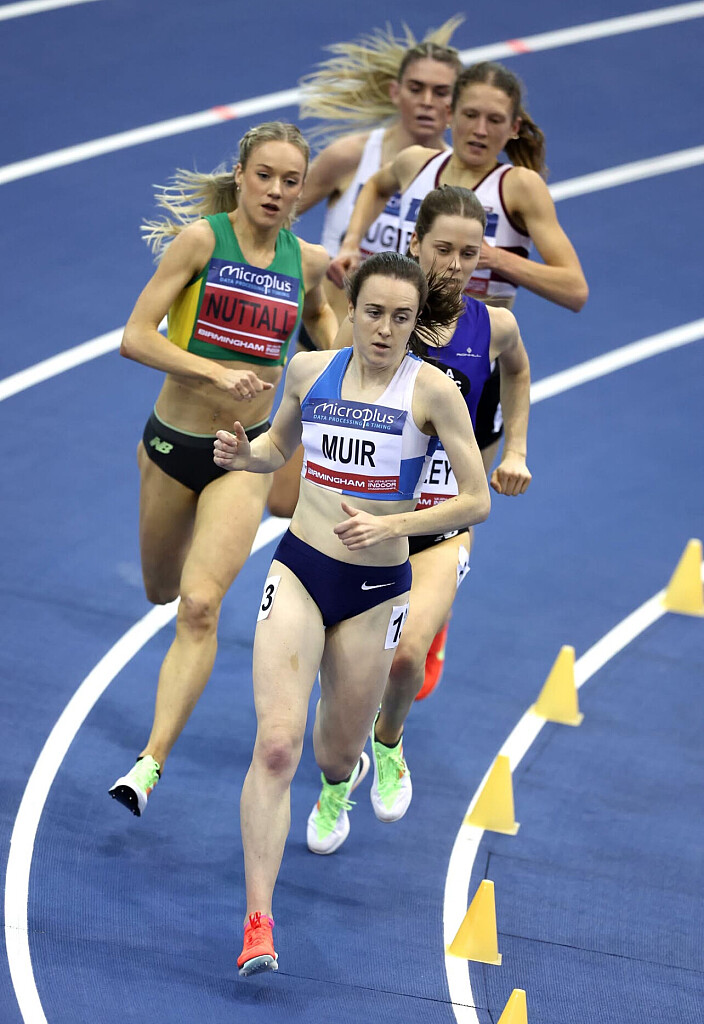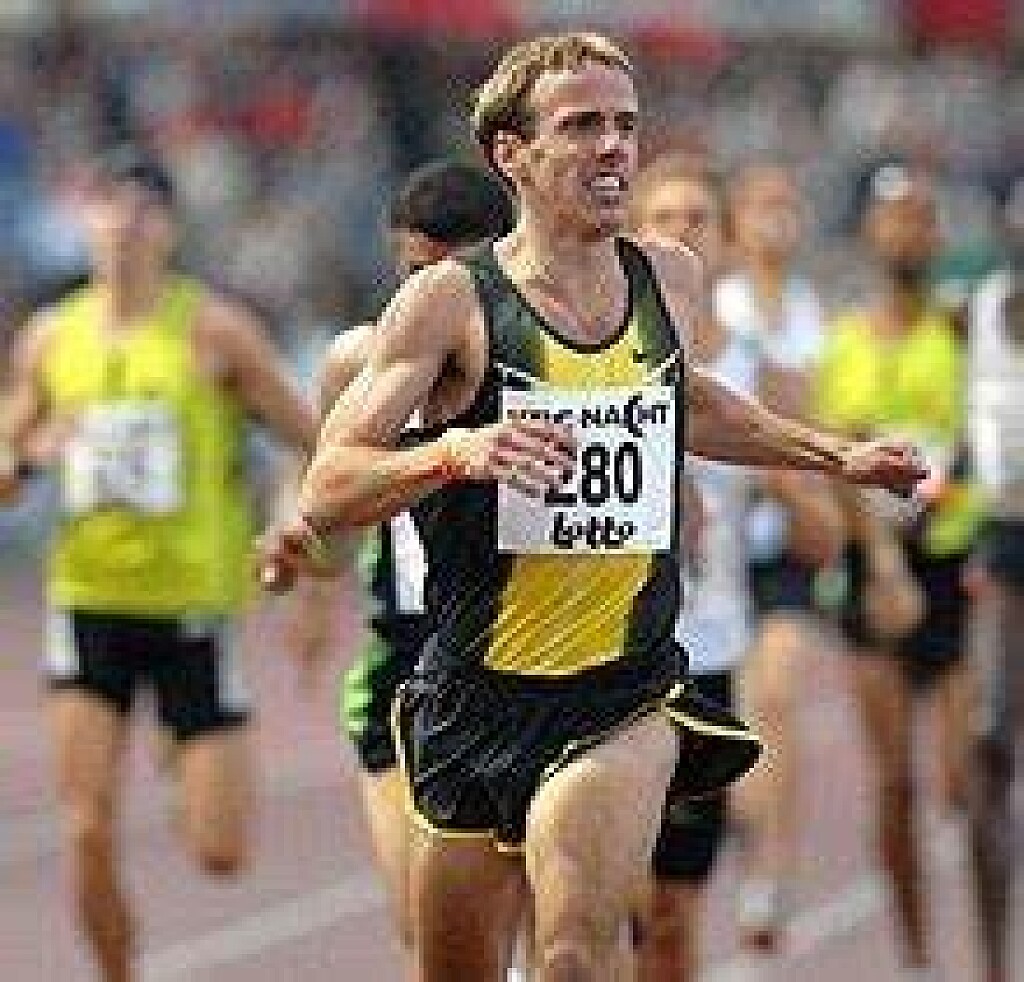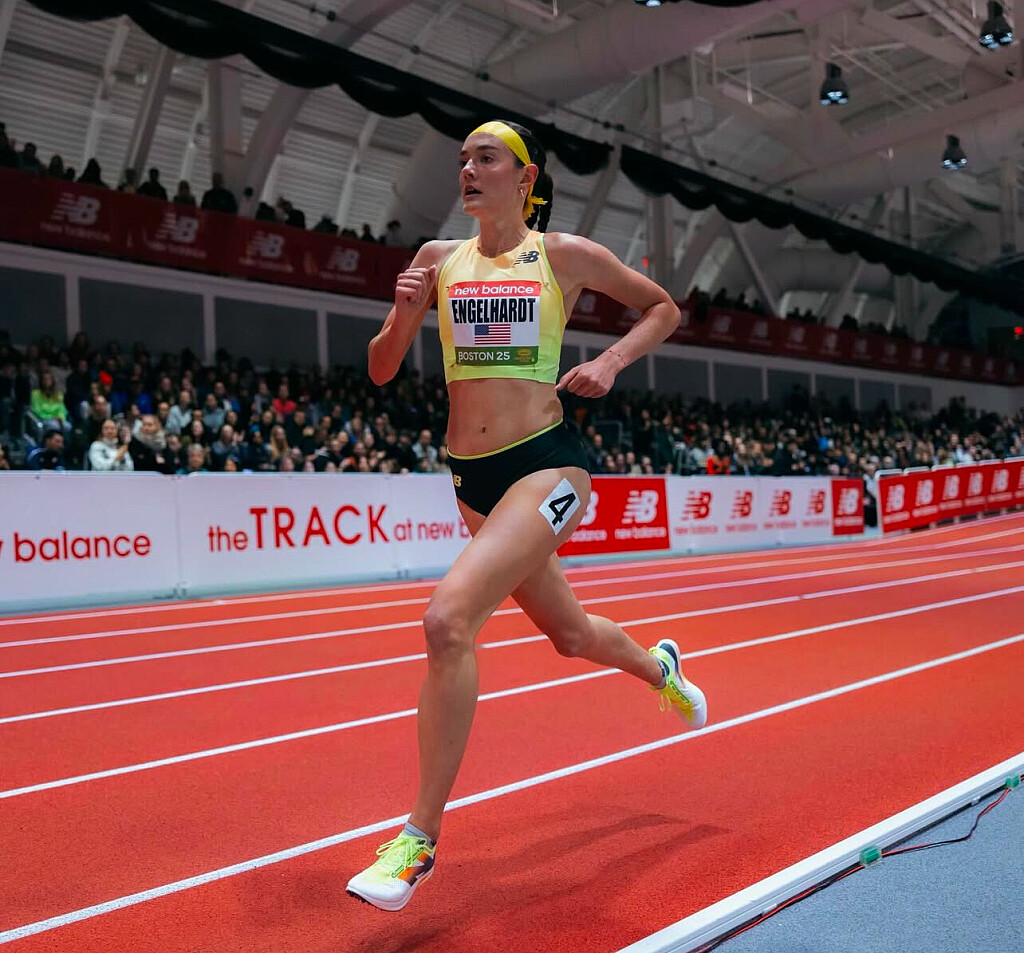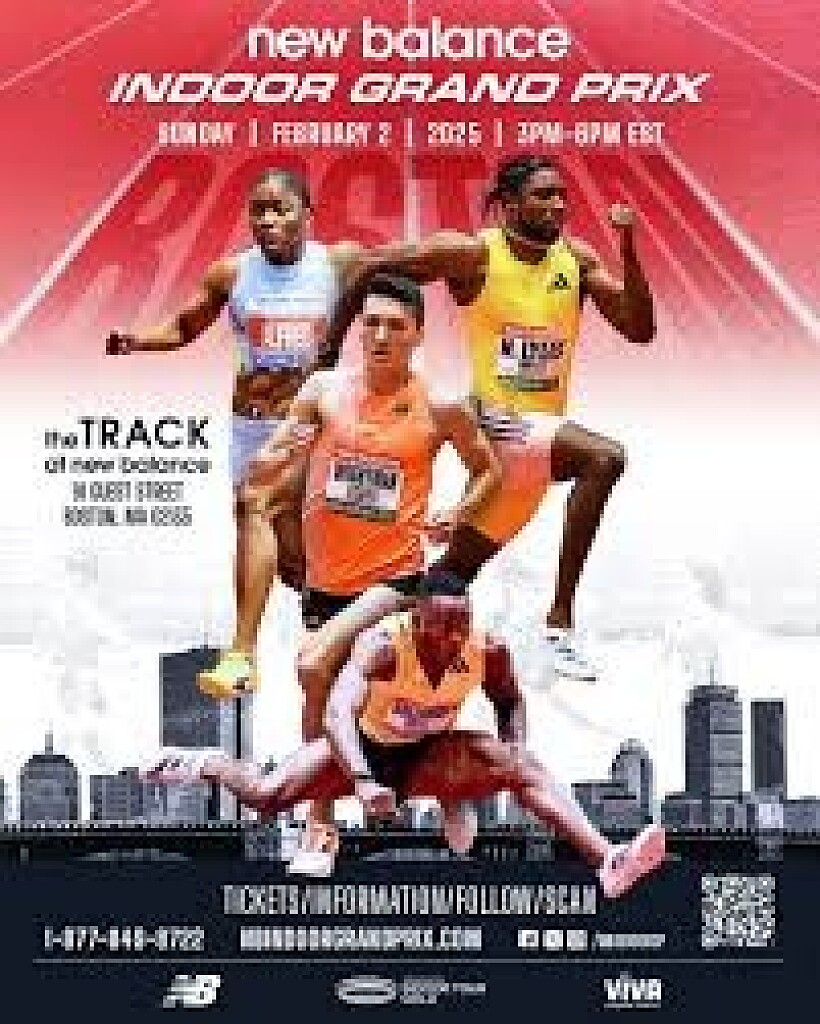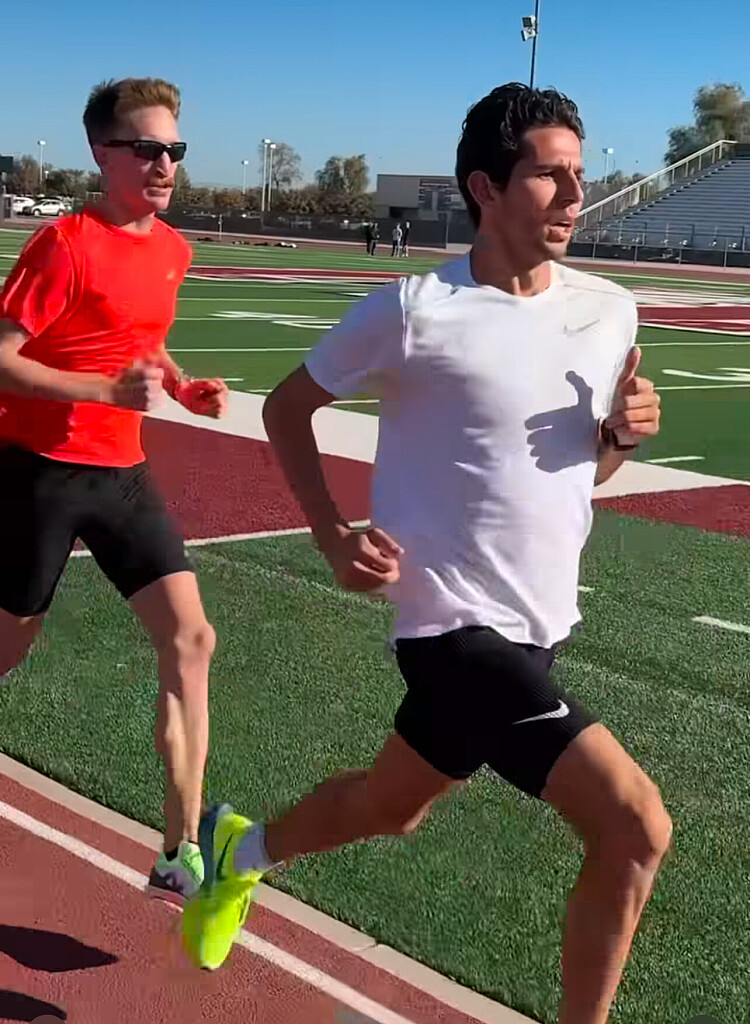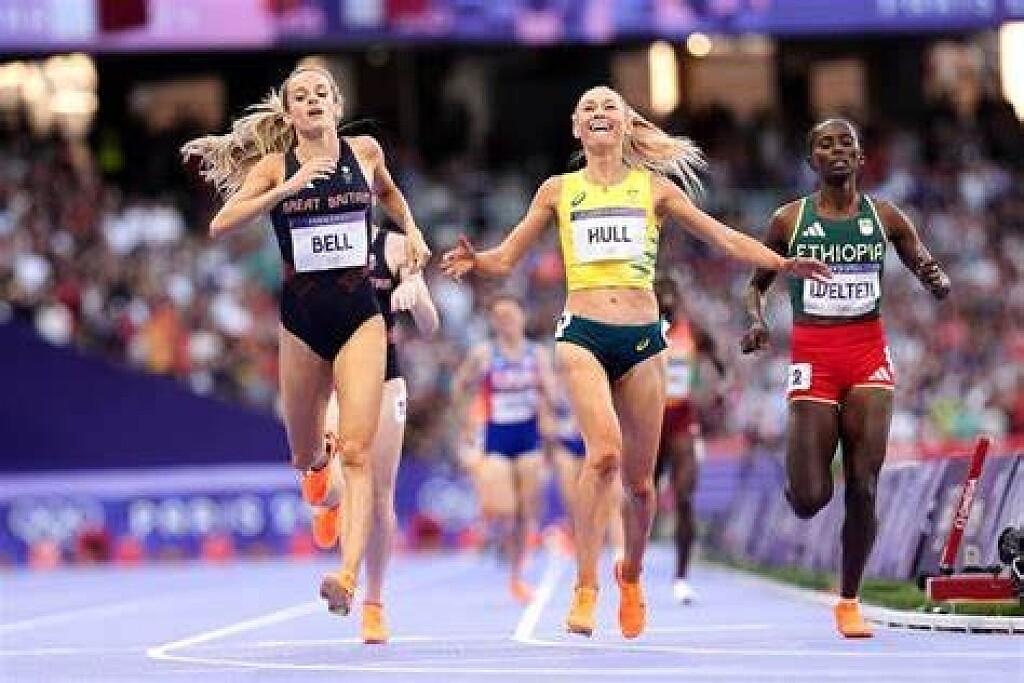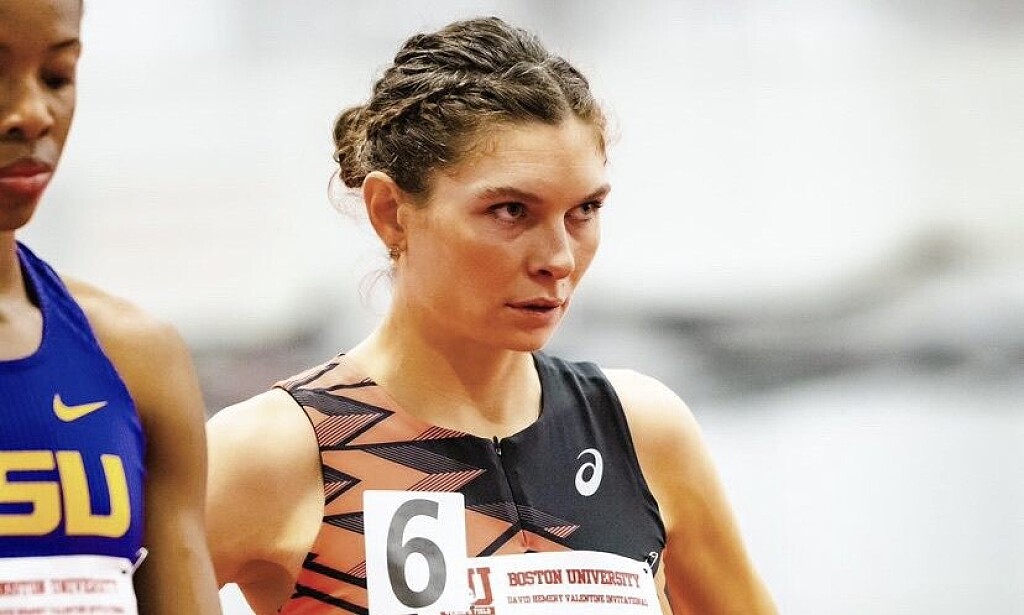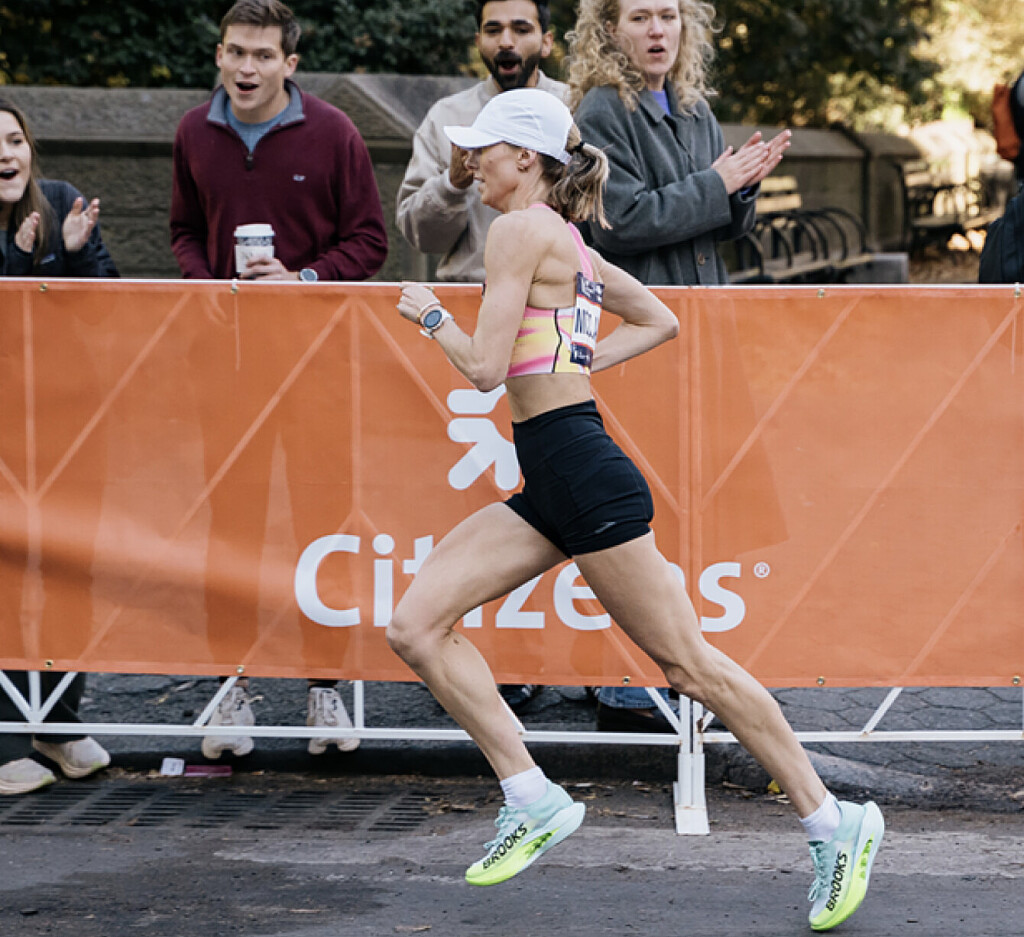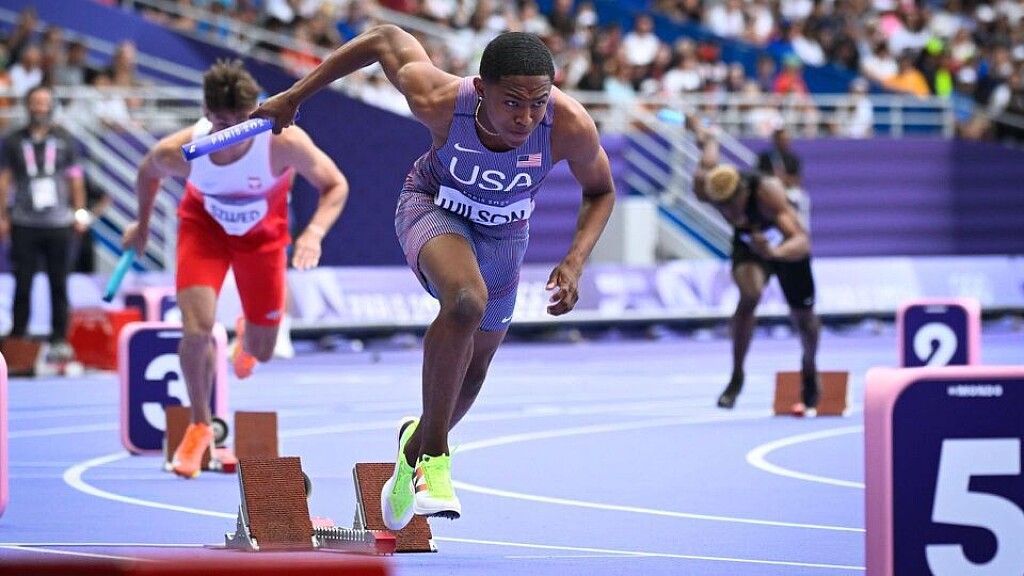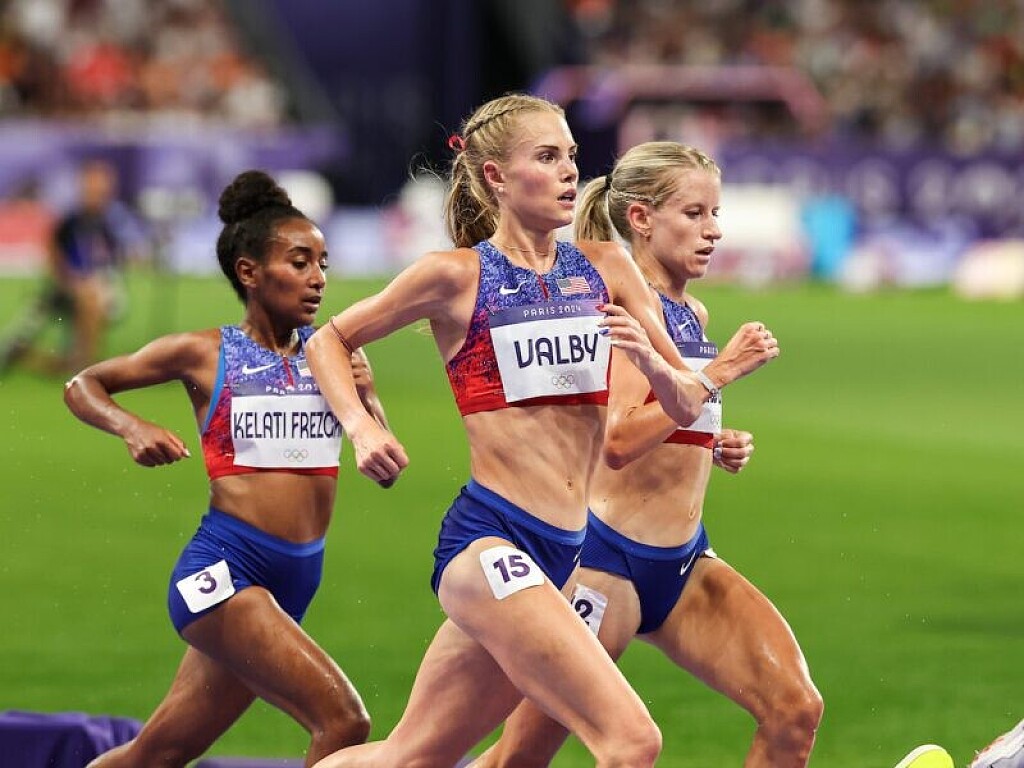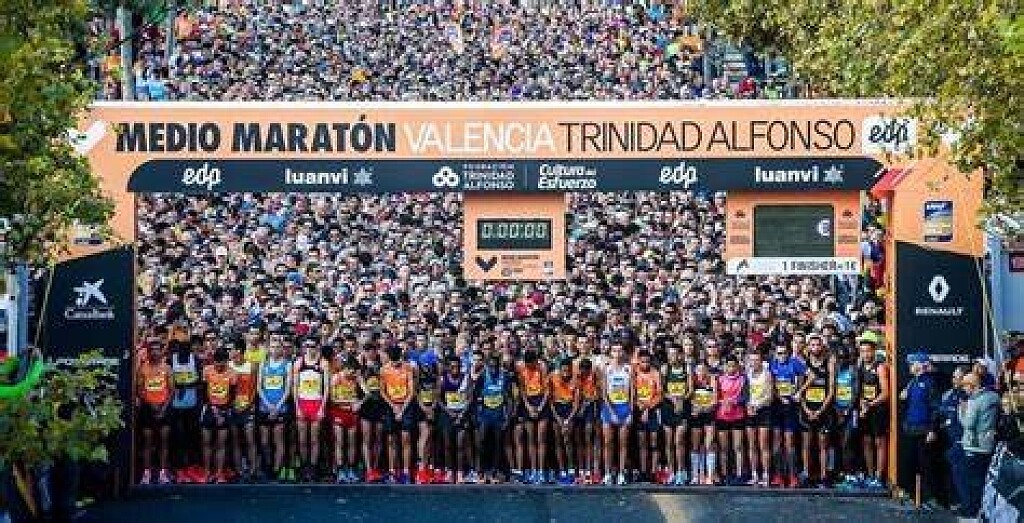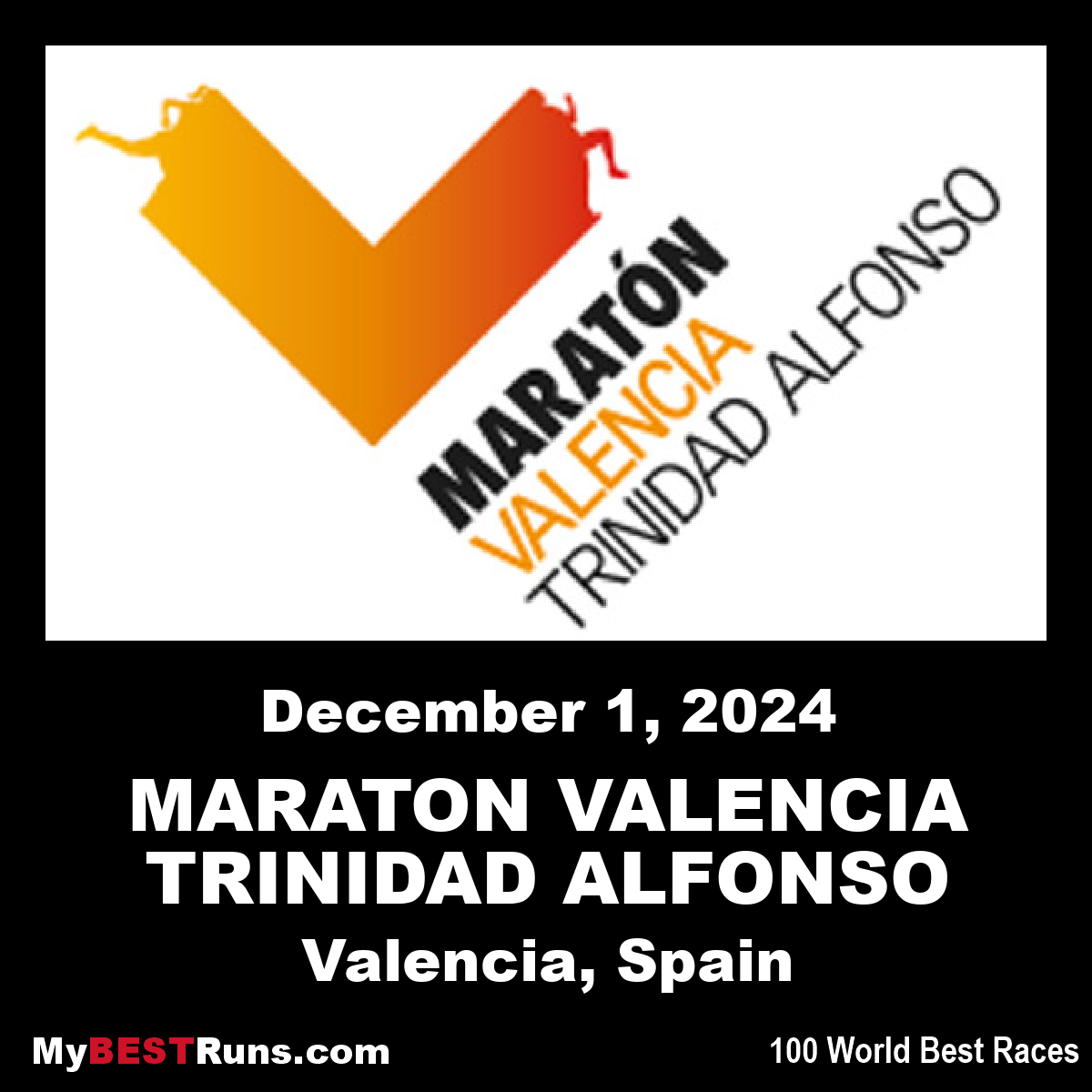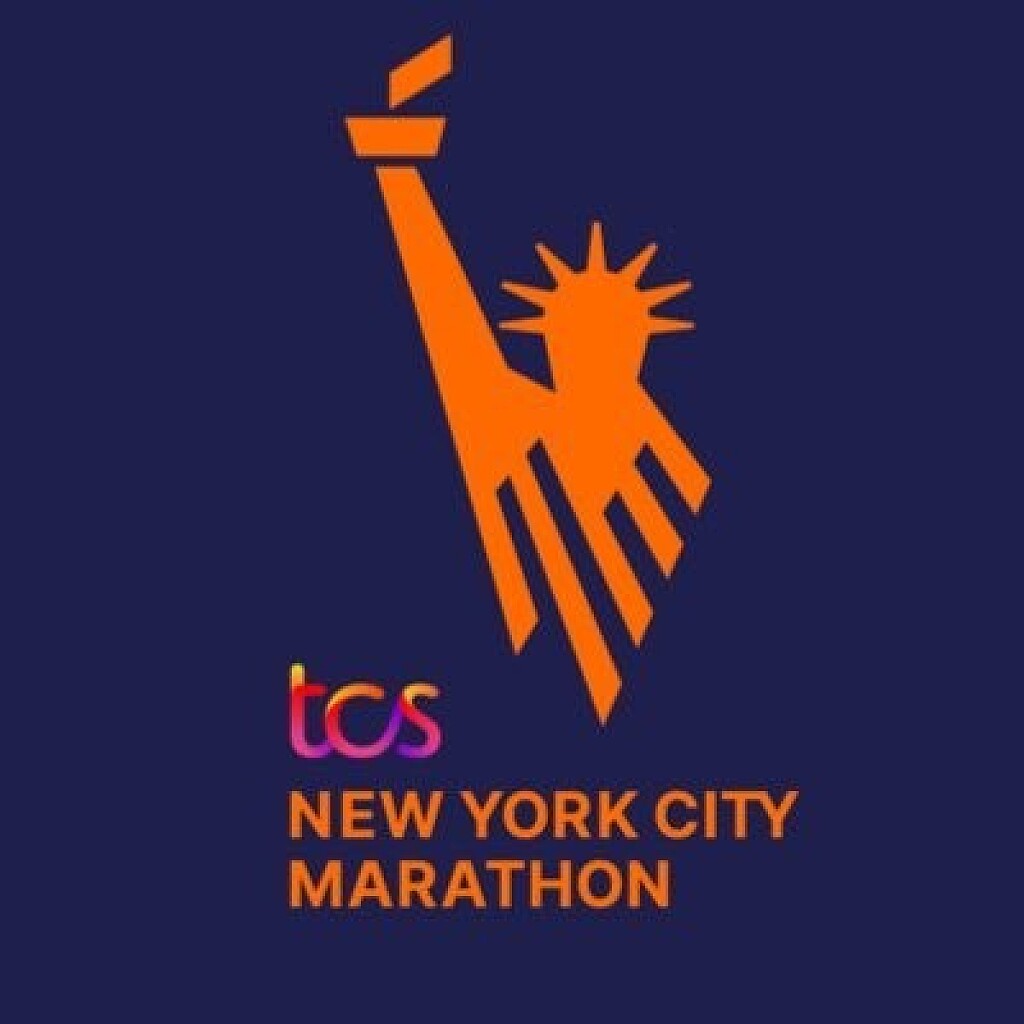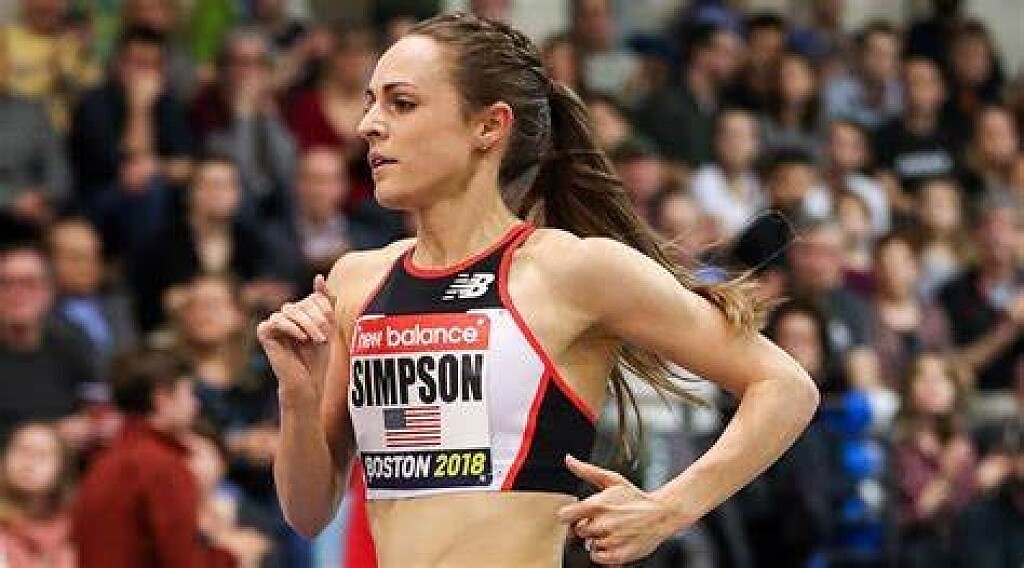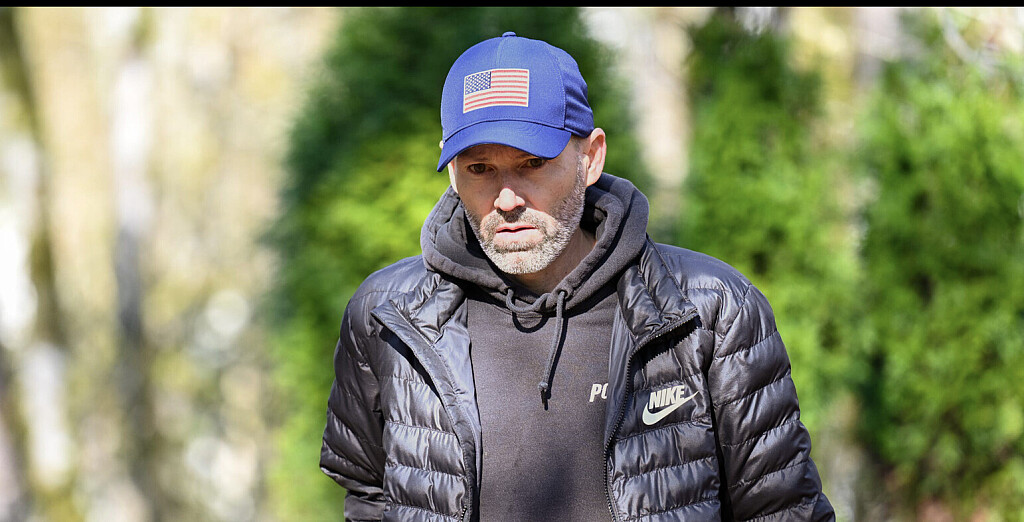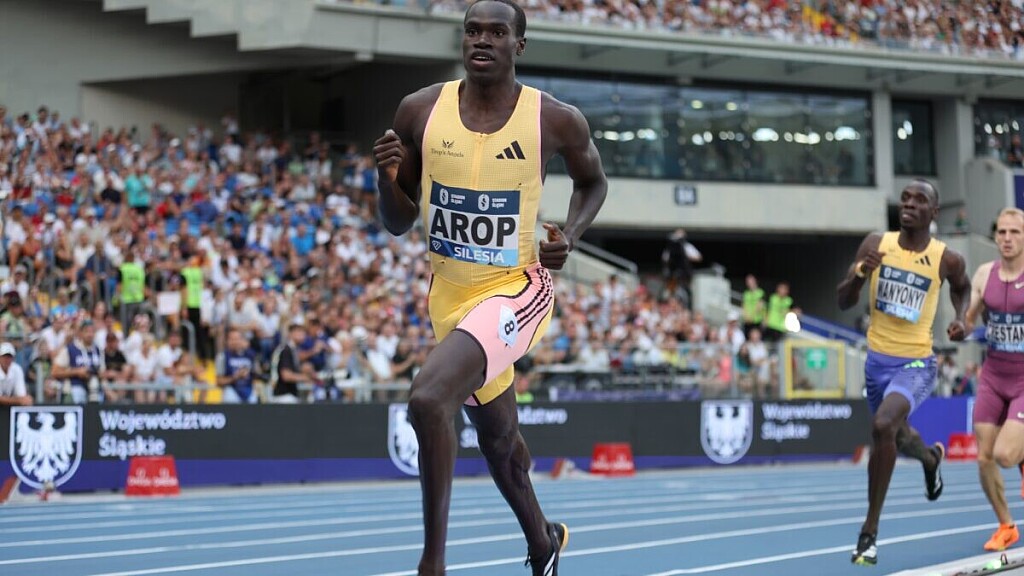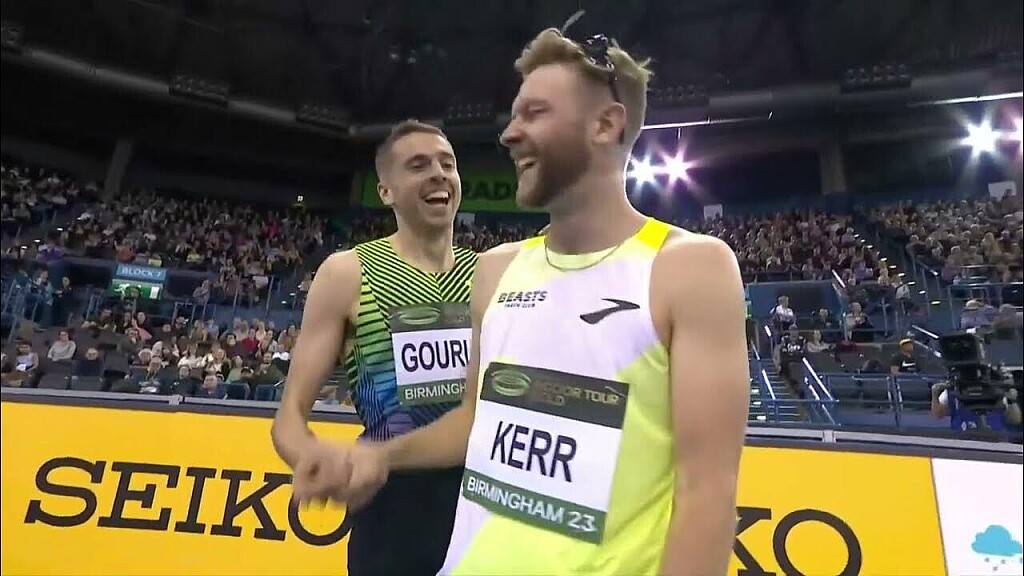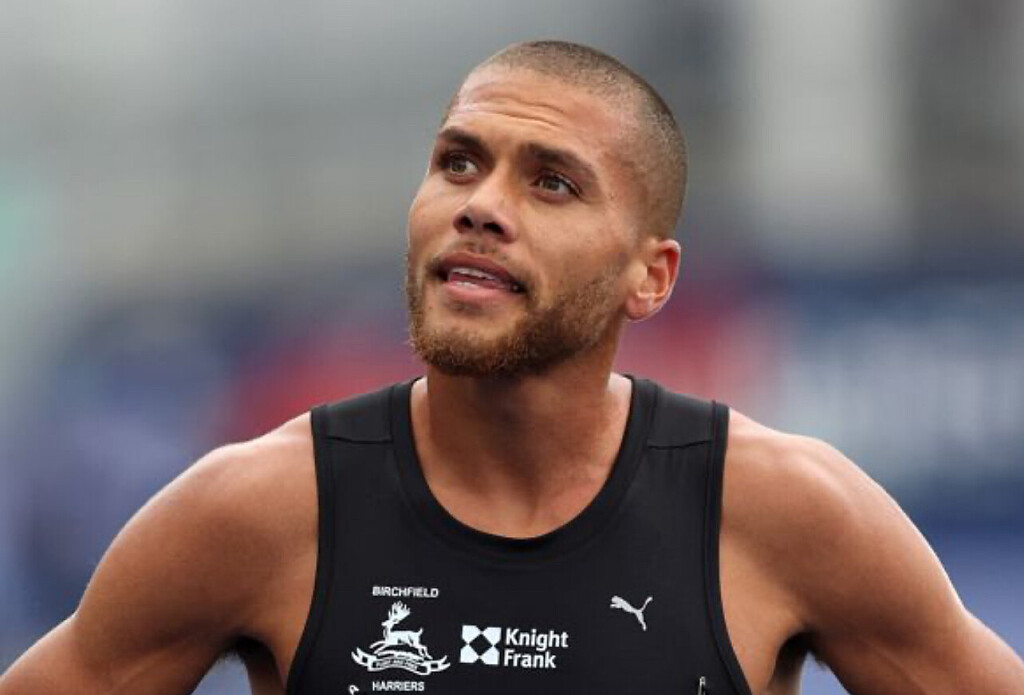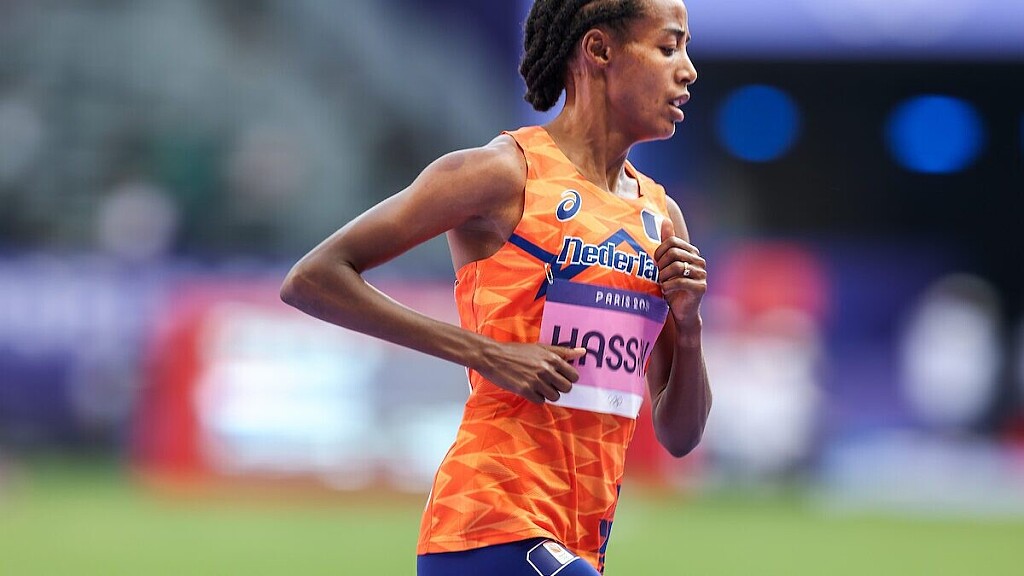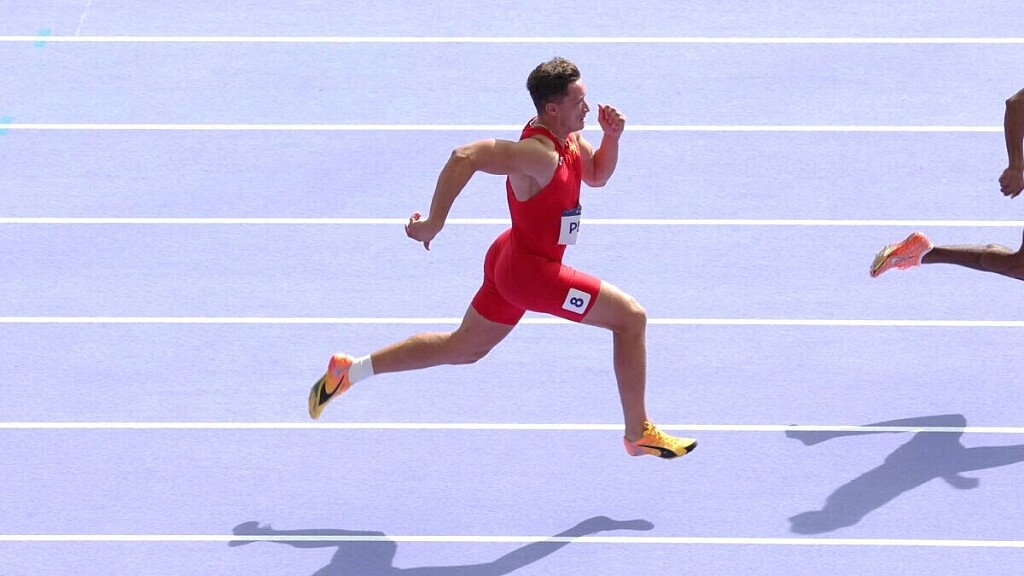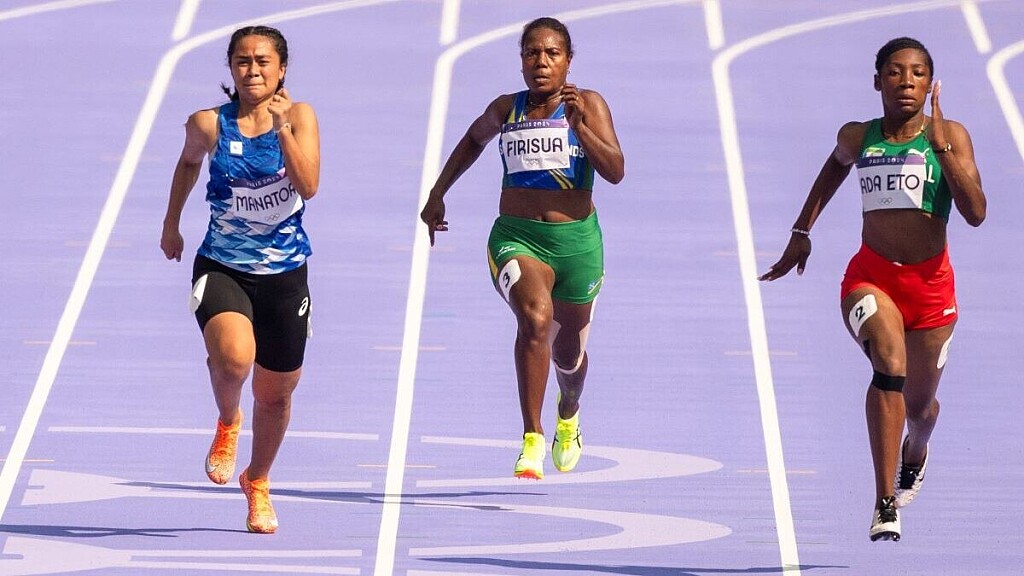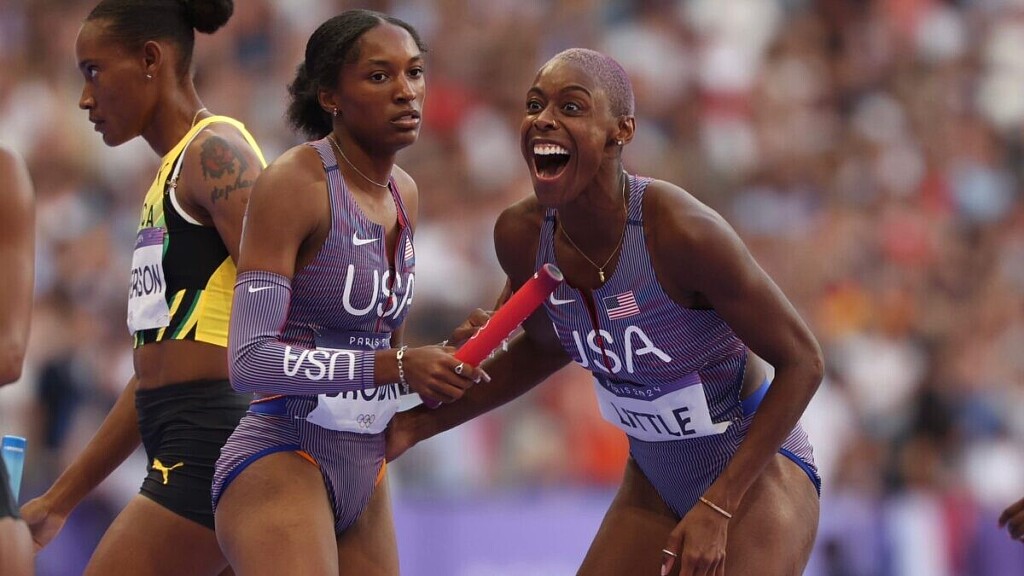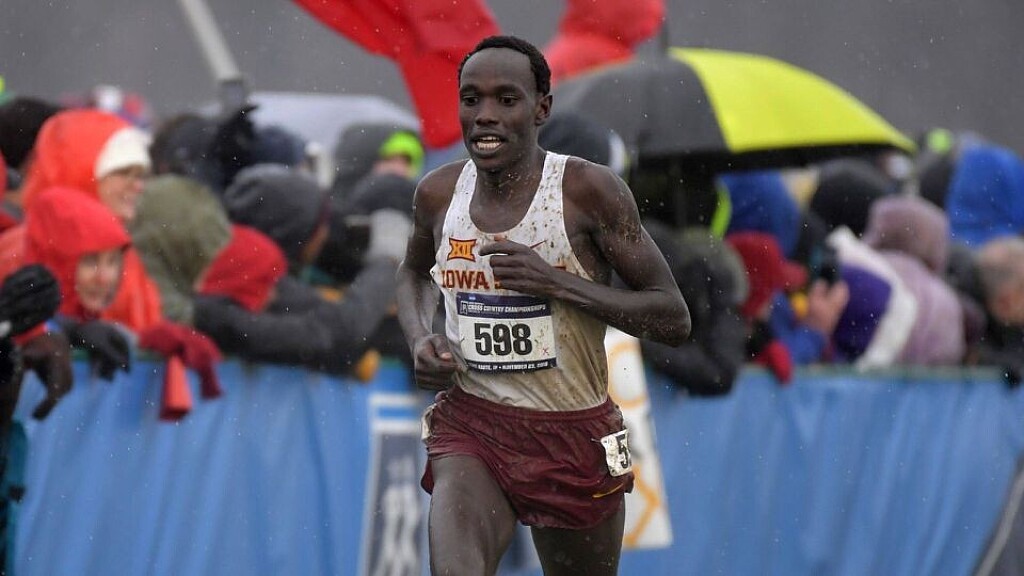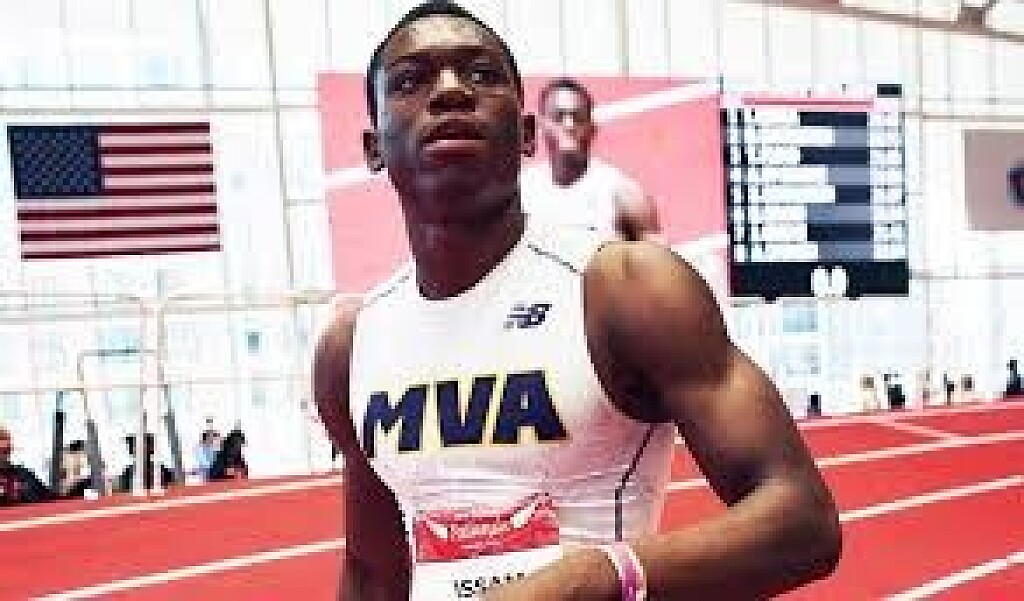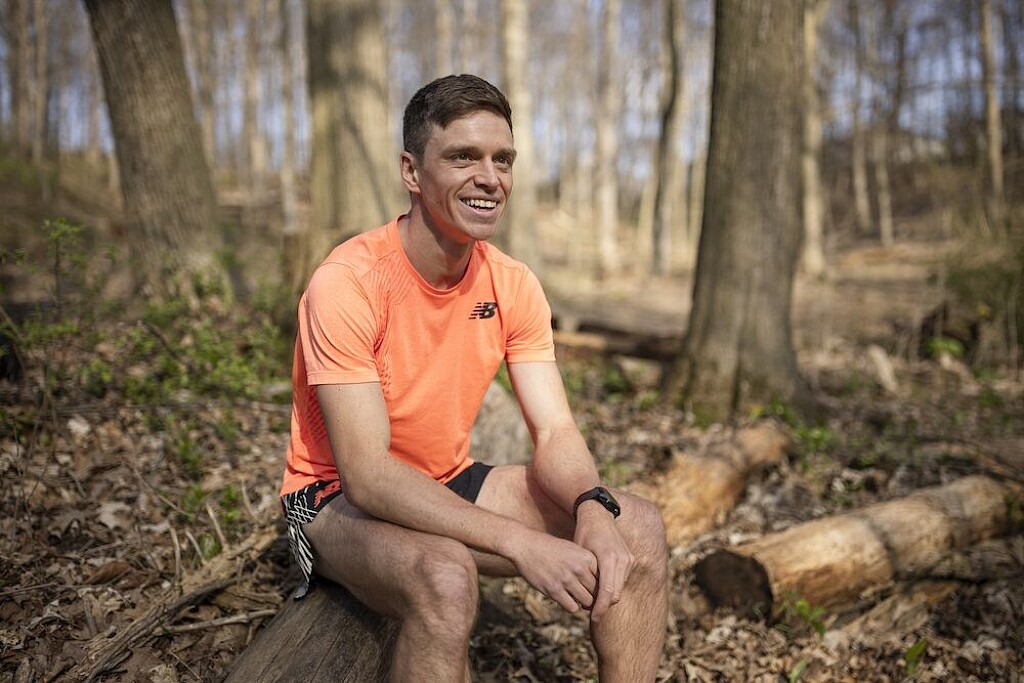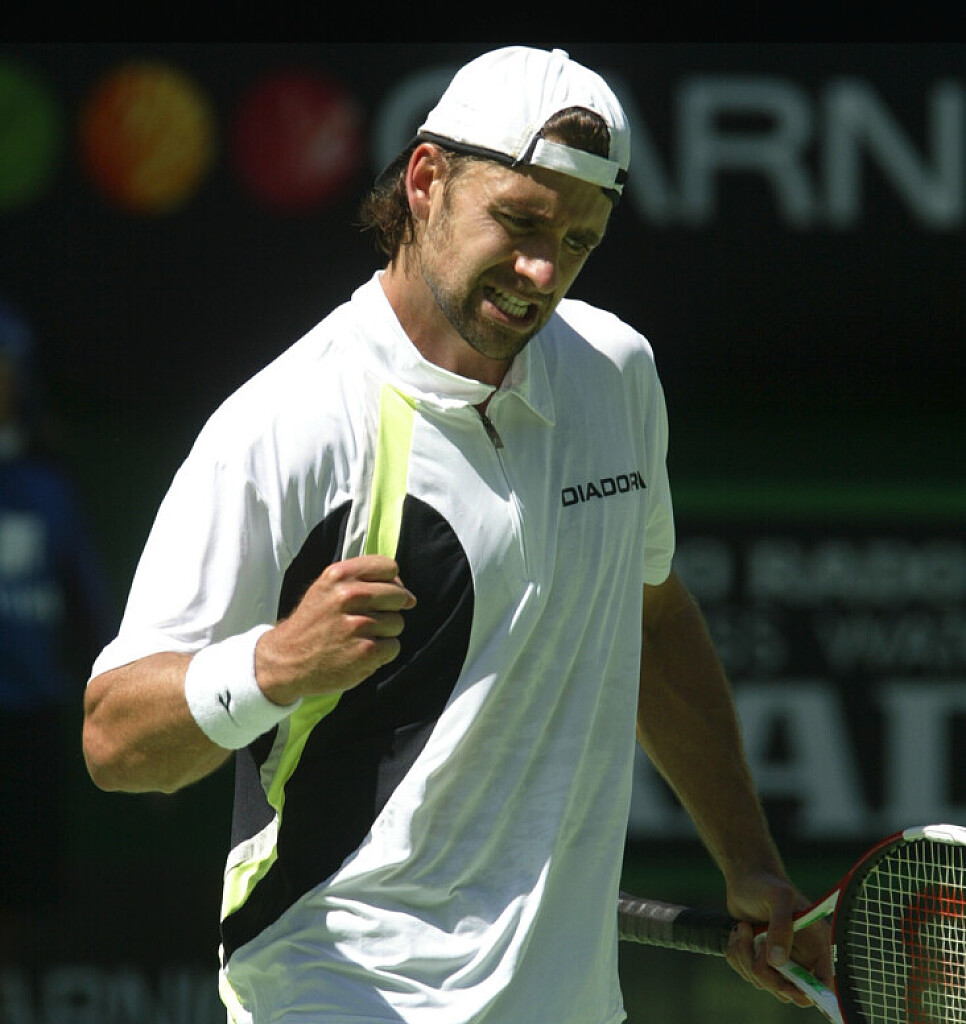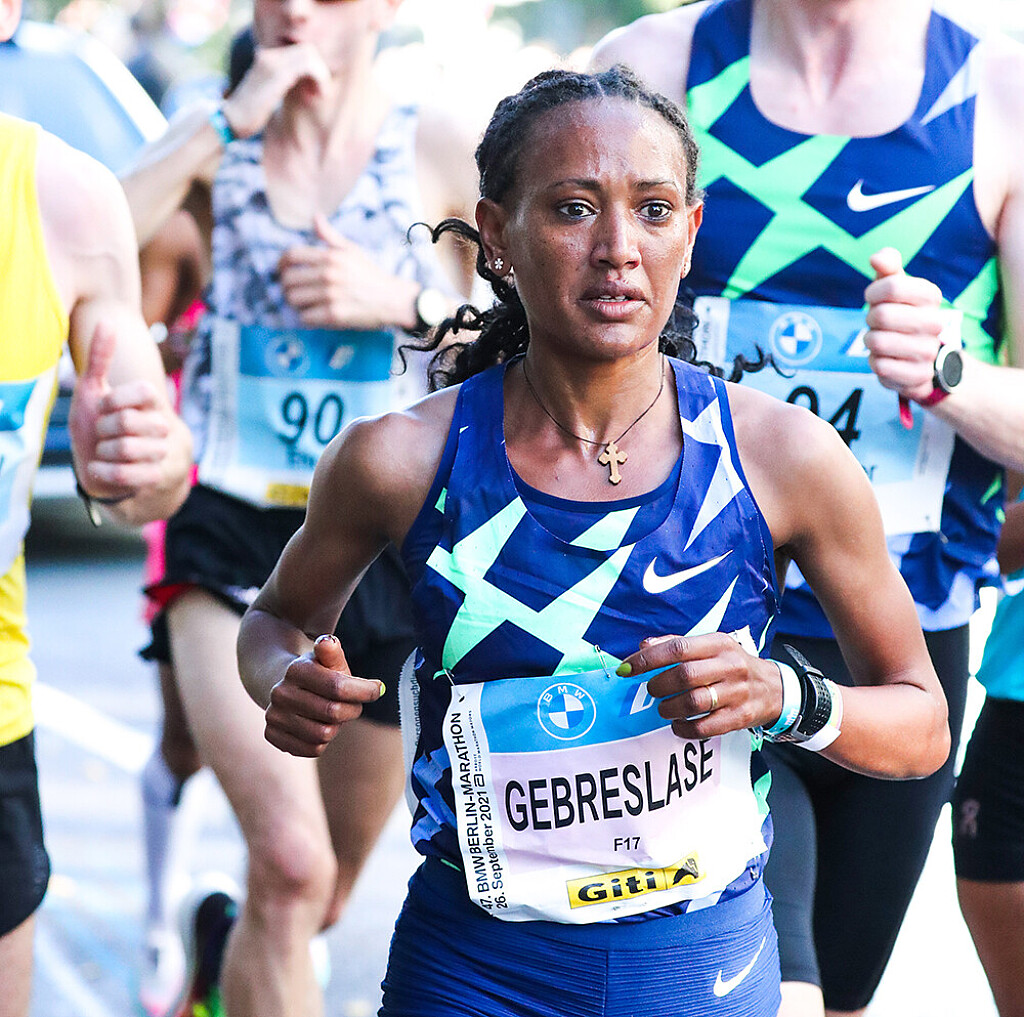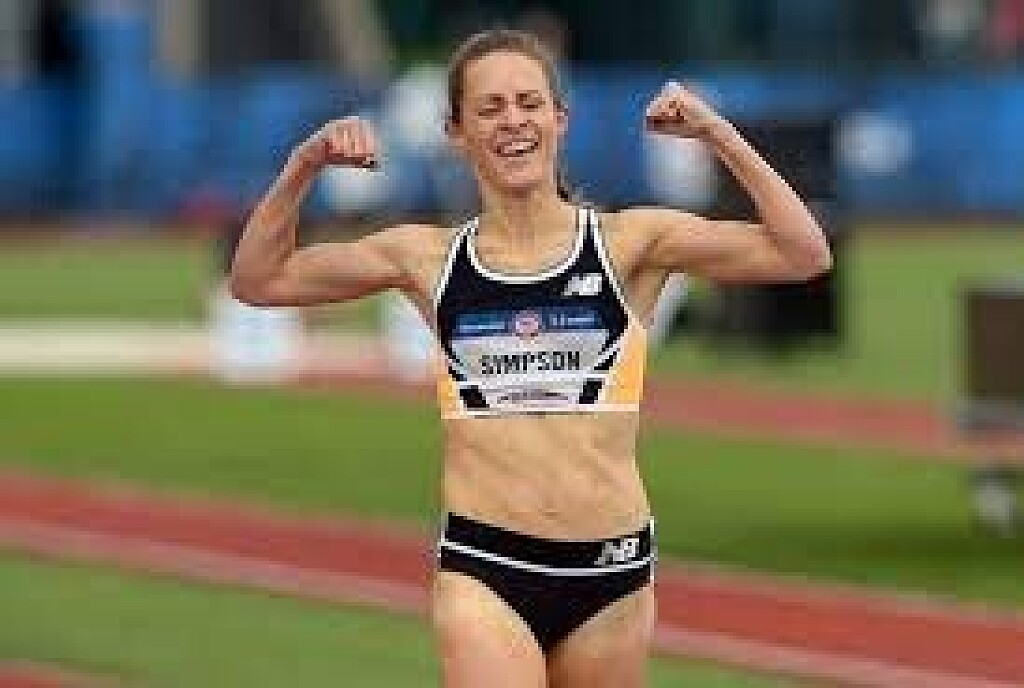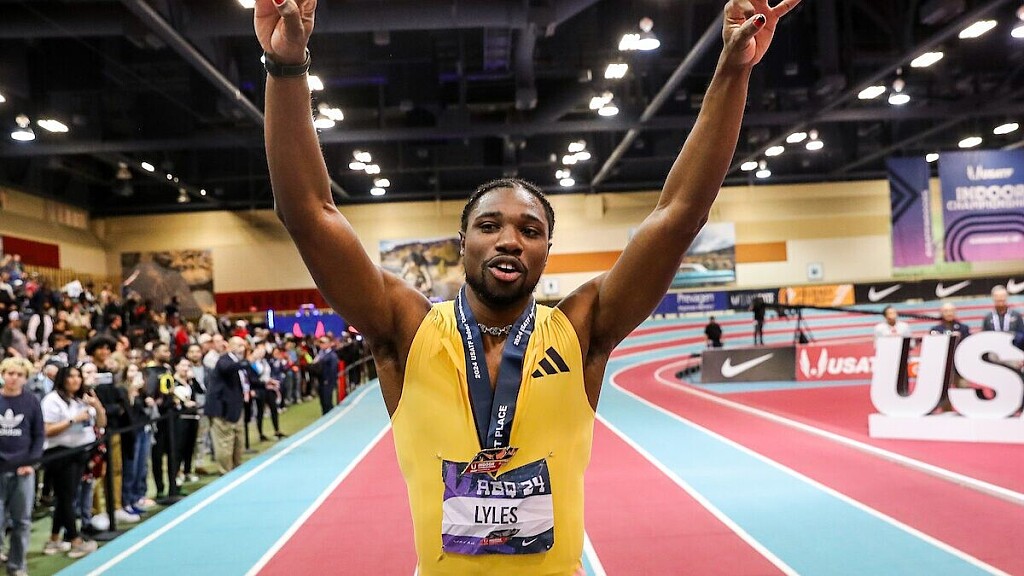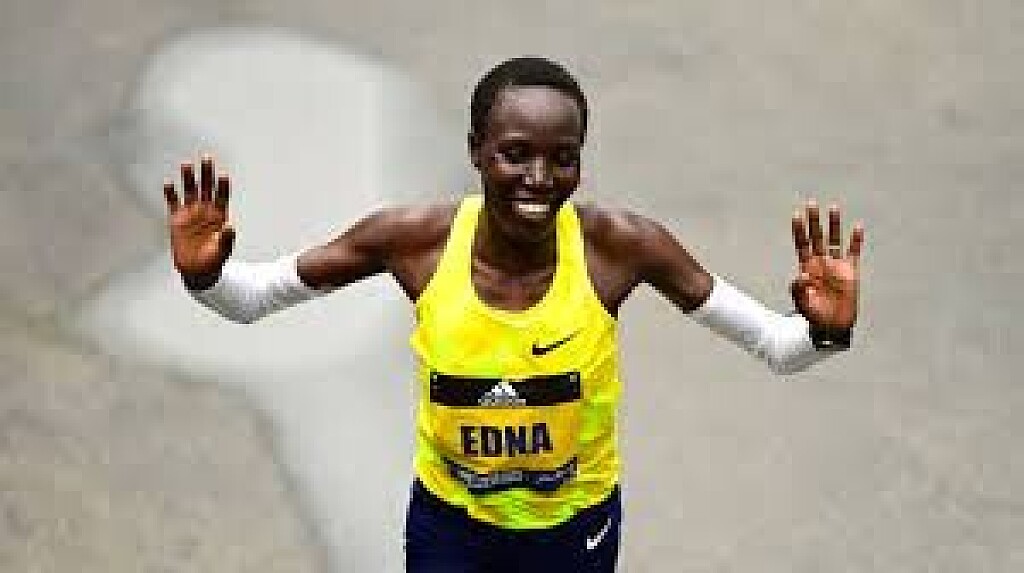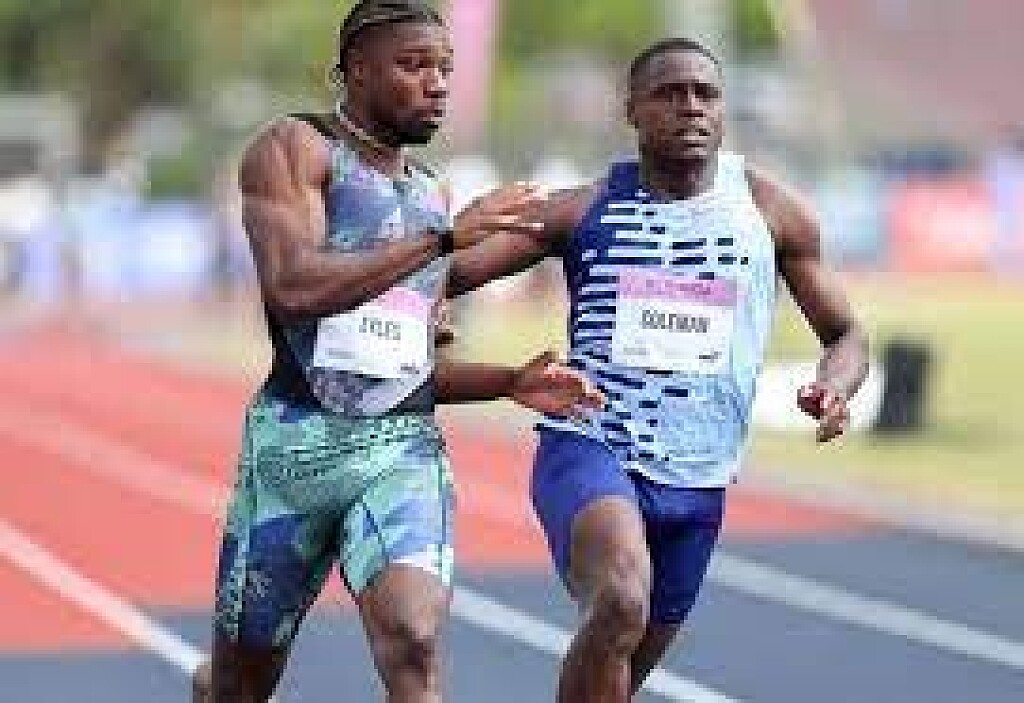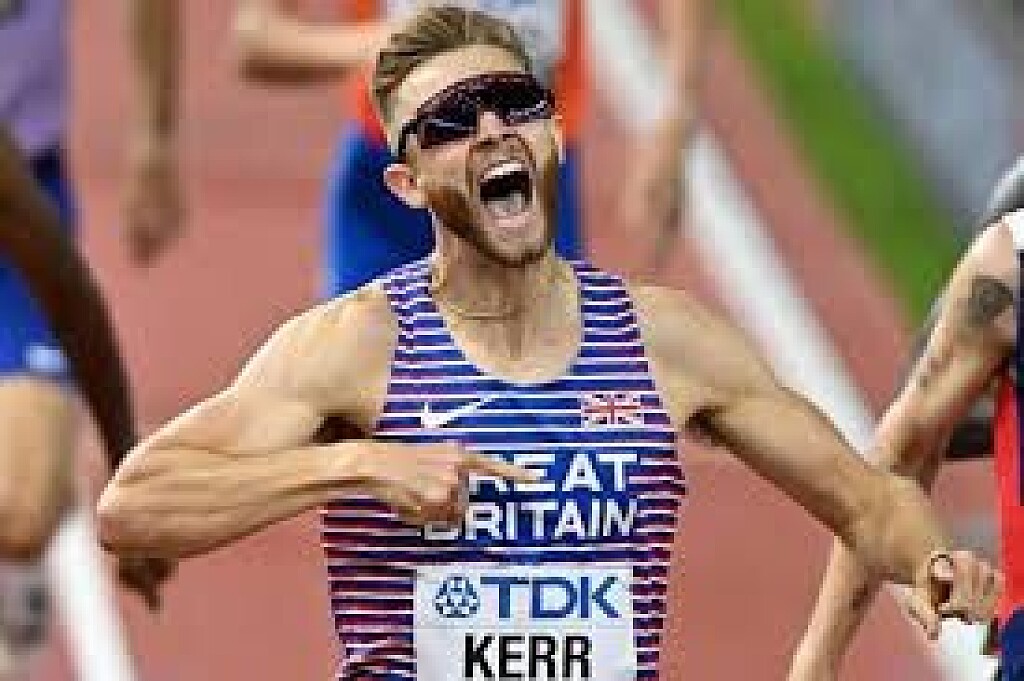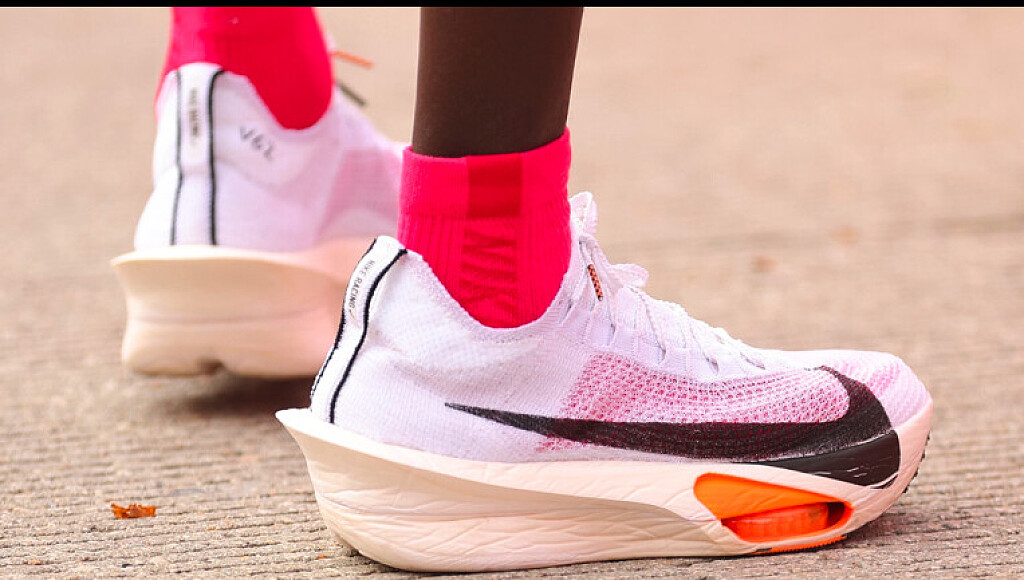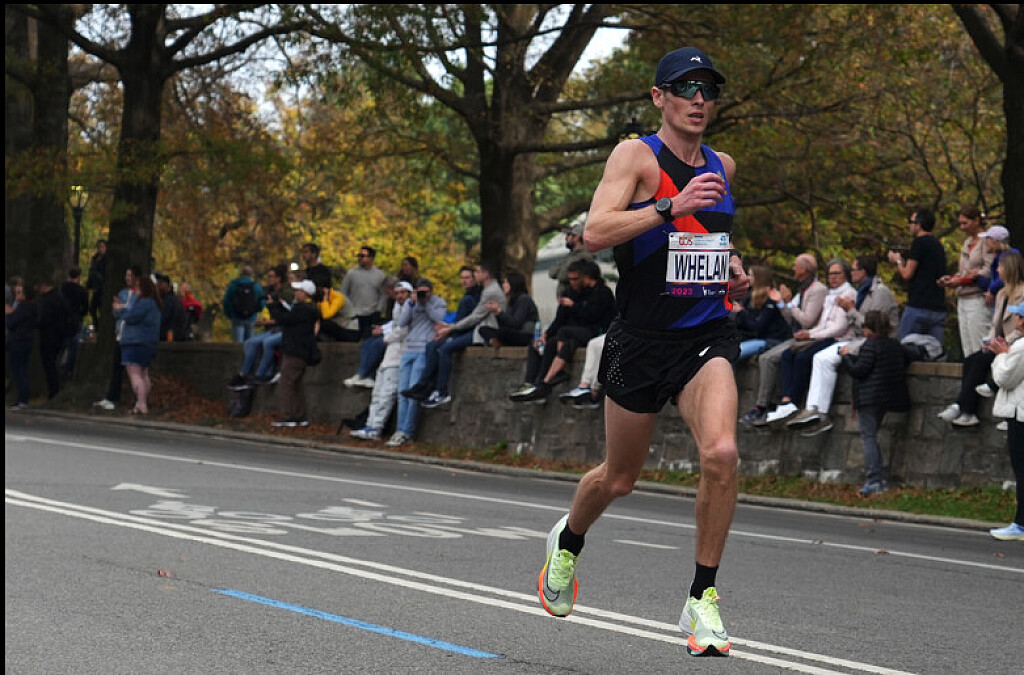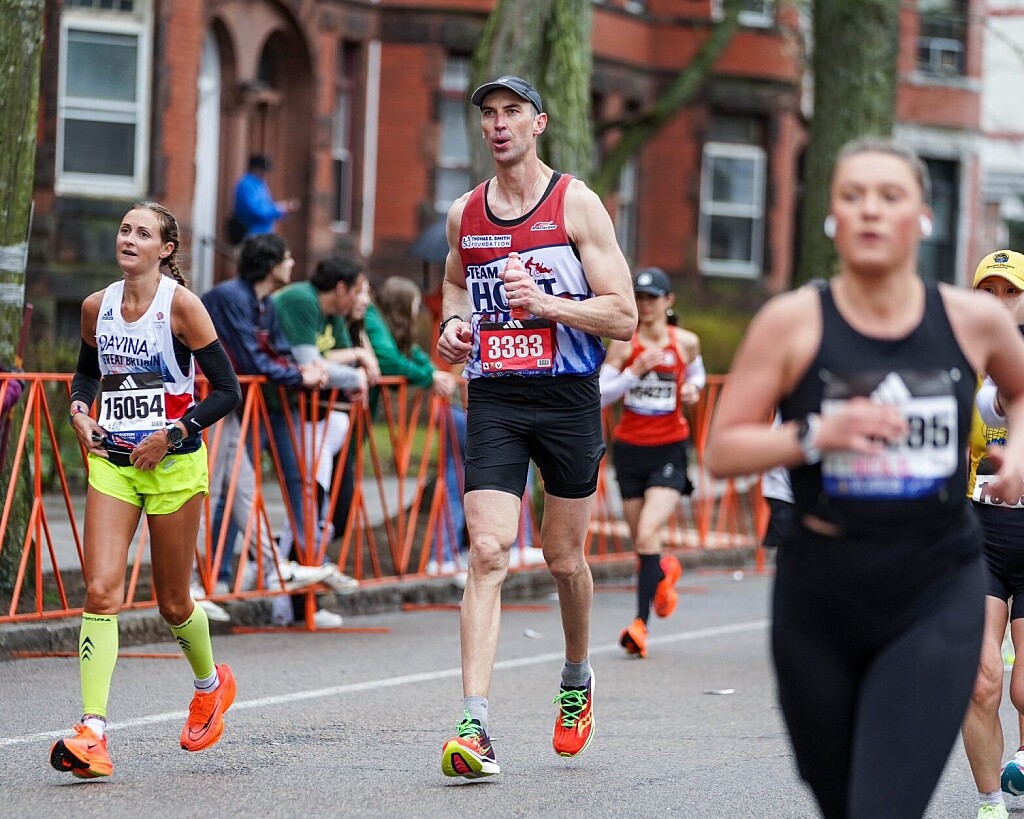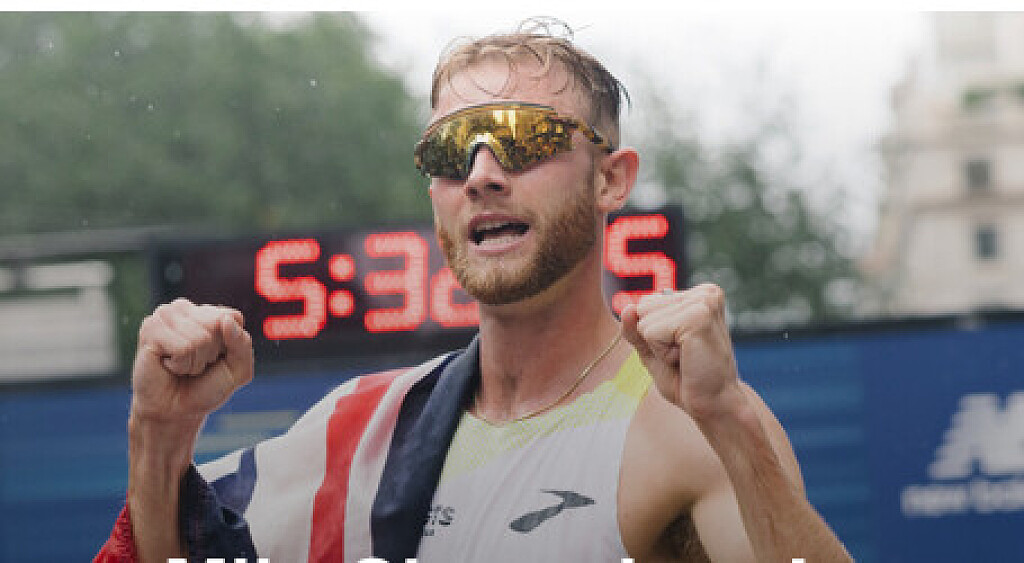Running News Daily
Running News Daily is edited by Bob Anderson. Send your news items to bob@mybestruns.com Advertising opportunities available. Train the Kenyan Way at KATA Kenya and Portugal owned and operated by Bob Anderson. Be sure to catch our movie A Long Run the movie KATA Running Camps and KATA Potato Farms - 31 now open in Kenya! https://kata.ke/
Index to Daily Posts · Sign Up For Updates · Run The World Feed
Articles tagged #New Balance
Today's Running News
Eliza Schwass Shatters Middle School Girls Mile Record with 4:44.88 at NB Nationals
On June 19, 2025, at the New Balance Nationals Outdoor meet in Philadelphia, Eliza Schwassdelivered one of the most stunning performances in middle school track history—running 4:44.88 in the mile to break the national middle school girls record.
Held at the historic Franklin Field, the race featured some of the nation’s most promising young runners. Yet even among elite competition, Schwass stood out. Her 4:44.88 finish wasn’t just fast—it was record-breaking, officially setting the New Balance Nationals Middle School Girls Mile Record.
Schwass, just an 8th grader, raced with remarkable maturity. She stayed composed through the early laps, then unleashed a fierce closing kick over the final 200 meters. Her stride remained powerful and steady, her expression focused, and her finish—unforgettable.
Her time places her ahead of many high school athletes nationally and instantly positions her as one of the most promising distance runners in the country. With a time like this before even entering high school, Eliza Schwass has become a name to remember.
What’s Next?
Schwass’s performance marks her as a future star, and fans of the sport will be watching closely as she transitions into high school-level competition. If this mile is any indication, her story is only just beginning.
by Boris Baron
Login to leave a comment
One Mile or One Hundred The Battle for the Soul of the Mile in 2025
In 2025, the word “mile” carries very different meanings depending on who’s lacing up their shoes. For some, it’s about blistering speed—the chase for a personal best in an all-out sprint lasting just a few intense minutes. For others, it’s about endurance, grit, and surviving a 100-mile ultramarathon—not once, but four times in one season. While one version of the mile is measured in minutes, the other is measured in days, elevation, and blisters.
Both forms of running are surging in popularity, drawing passionate athletes and growing crowds. But which “mile” speaks to you?
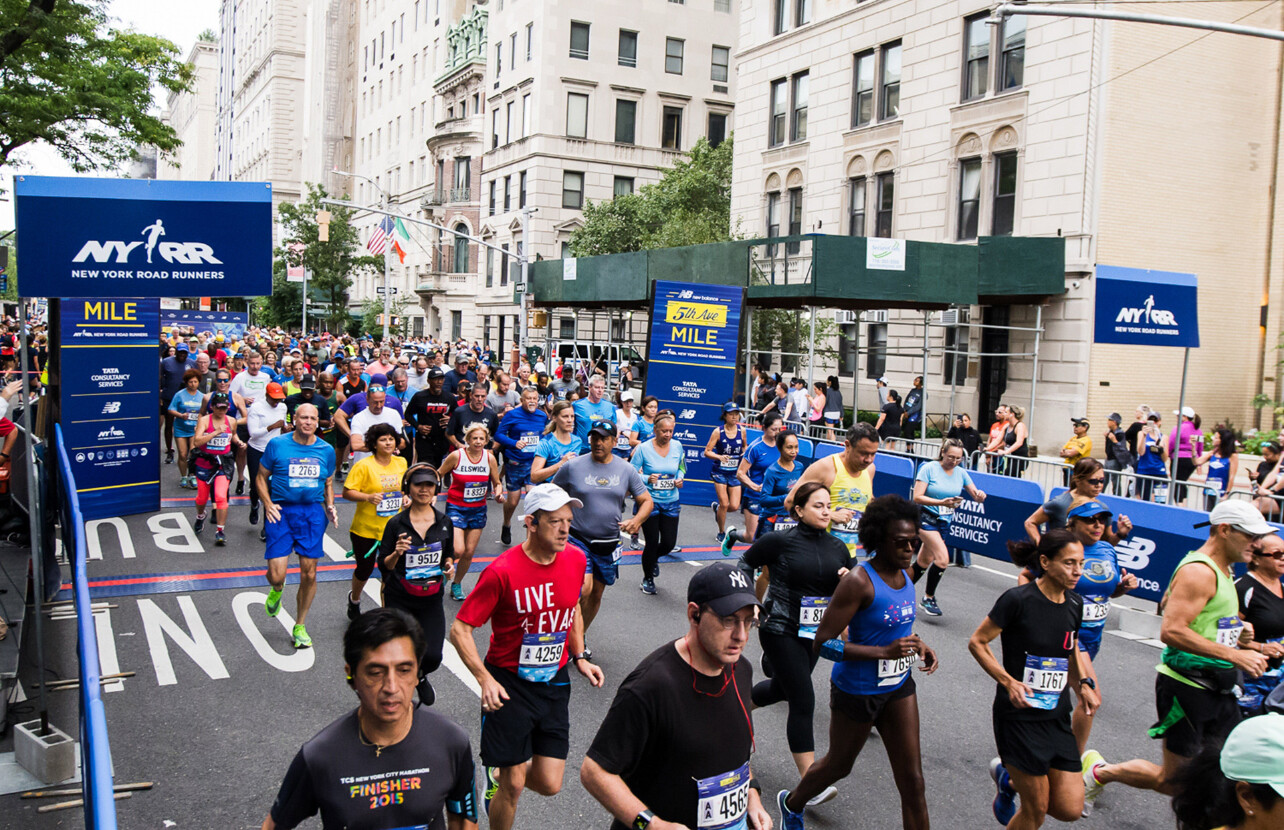
The Rise of the Road Mile
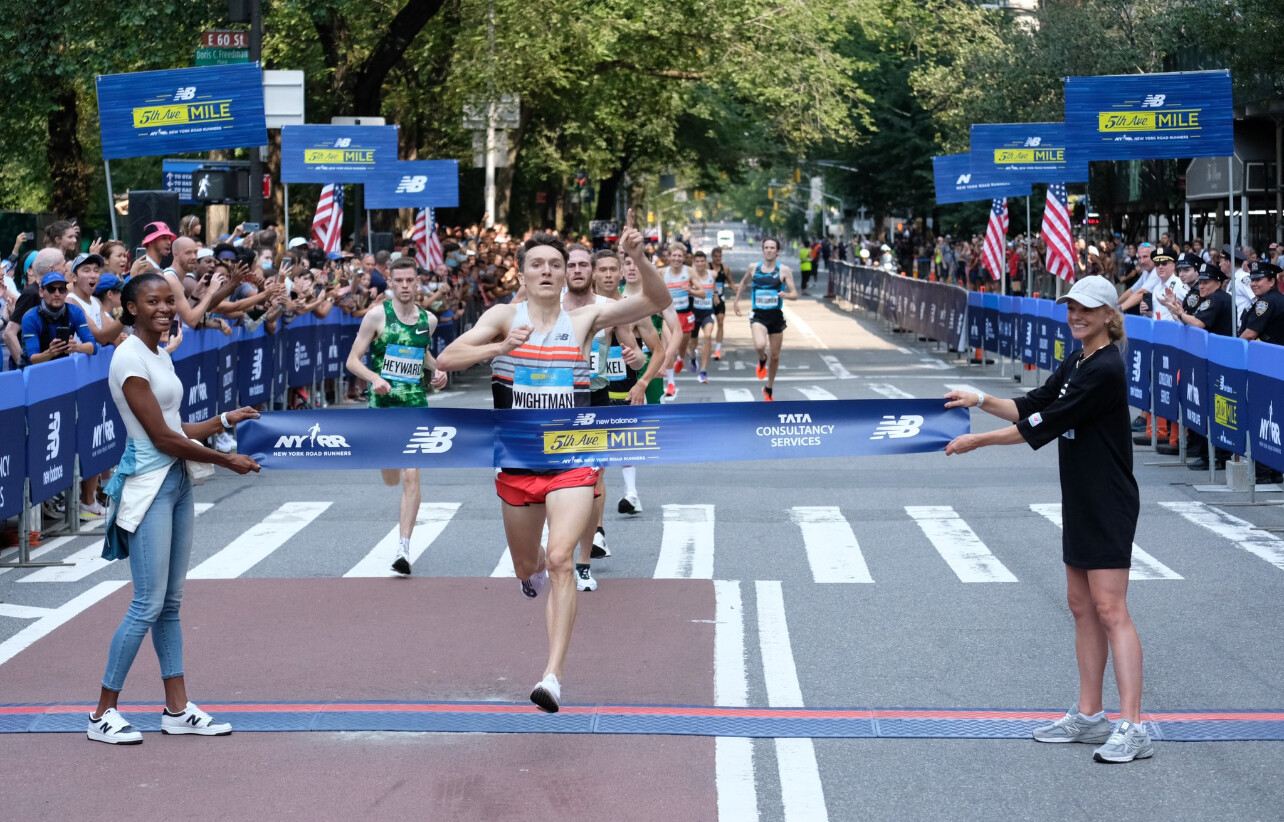
The road mile is back in the spotlight. Once overshadowed by the 5K and 10K, this short, intense race has re-emerged as a fan favorite. In cities across the U.S. and around the world, runners are lining up for high-stakes, high-speed showdowns that test both speed and tactical racing smarts.
One of the most iconic examples is the New Balance 5th Avenue Mile in New York City. Scheduled for Sunday, September 7, 2025, this legendary event draws elite professionals, masters athletes, and youth competitors for a one-mile drag race down Manhattan’s Fifth Avenue. With the skyline as a backdrop and cheering crowds lining the route, it offers one of the purest expressions of speed in road racing.
“It’s raw, it’s electric, and it’s over before you know it,” said one competitor who’s raced both marathons and the mile. “The road mile demands absolute precision—whether you’re aiming to break five minutes or six, you don’t get time to recover from a tactical mistake.”
Events like the Guardian Mile in Cleveland and the Grand Blue Mile in Iowa have followed suit, offering prize money, flat courses, and the kind of short-format excitement that appeals to both spectators and athletes. The mile, once seen as a track-specific discipline, has truly found a home on the road.
The Grand Slam of Ultrarunning
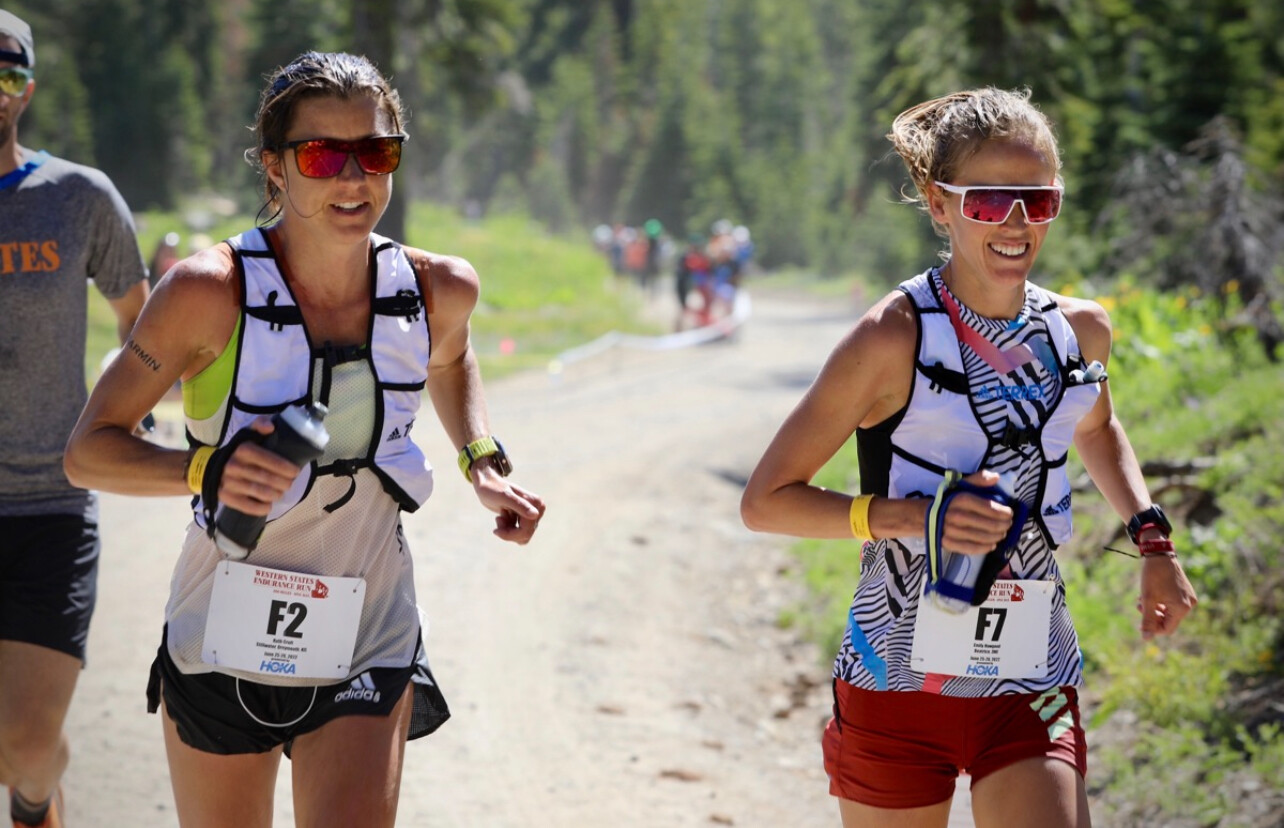
At the other extreme lies the Grand Slam of Ultrarunning—one of the sport’s most grueling and prestigious challenges. Often confused online with terms like “mile grand slam” due to the cumulative 400 miles of racing, the official name is simply The Grand Slam.
To earn this distinction, runners must complete four of the oldest and most iconic 100-mile trail races in the United States during a single summer. The core races typically include:
• Western States 100 (California)
• Vermont 100 Mile Endurance Run
• Leadville Trail 100 (Colorado)
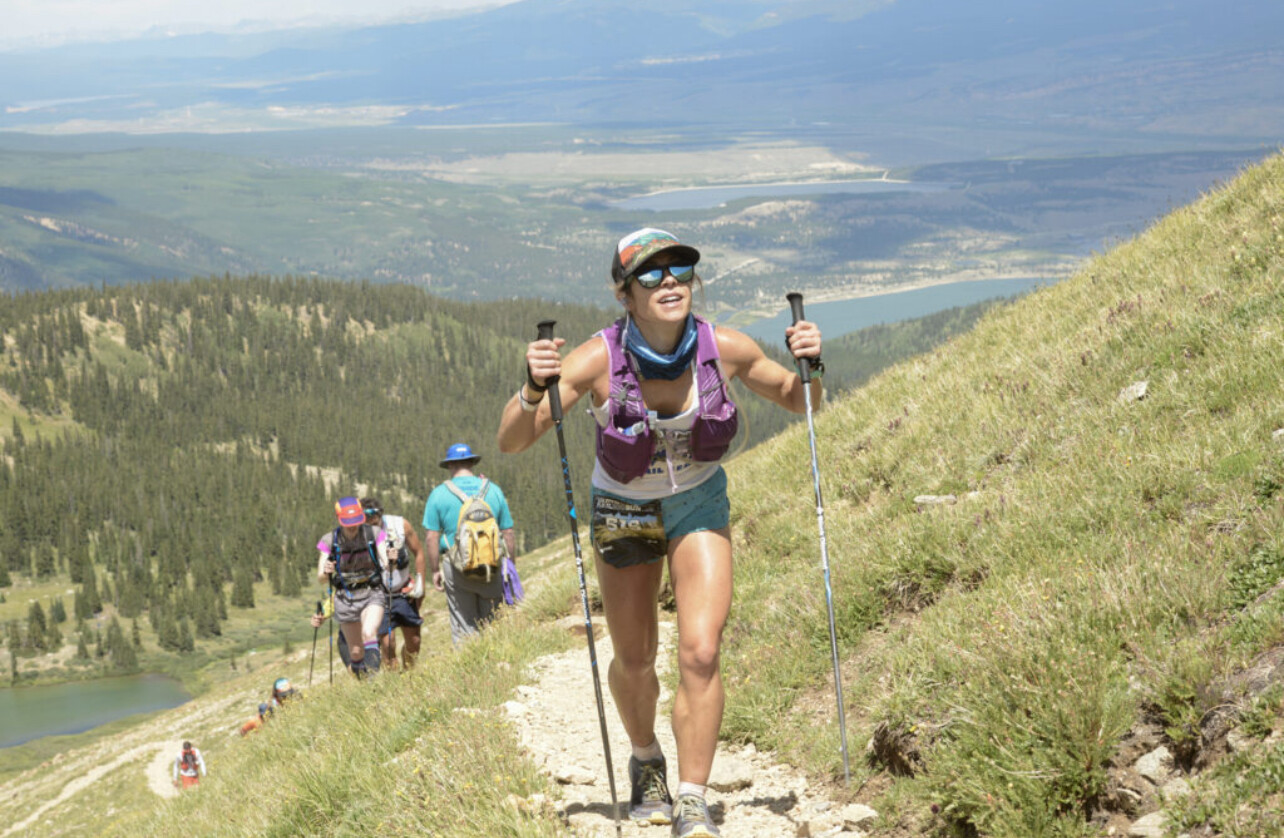
• Wasatch Front 100 (Utah)
Some years permit substitutions like the Old Dominion 100, depending on scheduling. Regardless of the lineup, the difficulty is staggering: thousands of feet of elevation gain, brutal cutoffs, altitude, heat, and sleep deprivation.
“To finish one 100-miler is an accomplishment,” said a veteran ultrarunner who’s completed the Slam. “To finish four in under 16 weeks—there’s nothing like it. It’s not about speed. It’s about survival, strategy, and heart.”
Since its formal inception in the 1980s, fewer than 400 runners have completed the Grand Slam—a testament to its difficulty and prestige.
Two Extremes, One Shared Spirit
At first glance, these two uses of the word “mile” couldn’t be more different. One is sleek and fast; the other is rugged and long. One ends before your legs even start to ache; the other pushes your limits for an entire day—and night.
But at their core, both disciplines require the same fuel: dedication, discipline, and the courage to test yourself. Whether it’s the final lean in a road mile or the final climb at mile 96 of a trail race, runners in both arenas are chasing something personal—and powerful.
Final Thought
So what does the mile mean in 2025? For some, it’s a tactical burn over 1,760 yards. For others, it’s the slow, steady march of 100 trail miles—repeated four times. Either way, the mile remains one of the sport’s most meaningful measures of challenge.
by Boris Baron
Login to leave a comment
Fast Finishes in Indy as Hacker and Andrews Claim 5K Crowns
On a crisp morning in downtown Indianapolis, the 2025 USATF 5 km Championships delivered thrilling finishes and fast times, with Olin Hacker and Josette Andrews emerging as national champions.
In the men’s race, Olin Hacker of HOKA Northern Arizona Elite made a decisive move in the final kilometer, pulling away from a tightly packed lead group. His surge proved untouchable, and he crossed the finish line in 13:31.93 to claim the national title. Casey Clinger of Brooks was just a stride behind in 13:33.04, with Hacker’s teammate Ahmed Muhumed rounding out the podium in 13:36.88—completing a trio of sub-13:40 finishers.
Men’s Top 10 Finishers
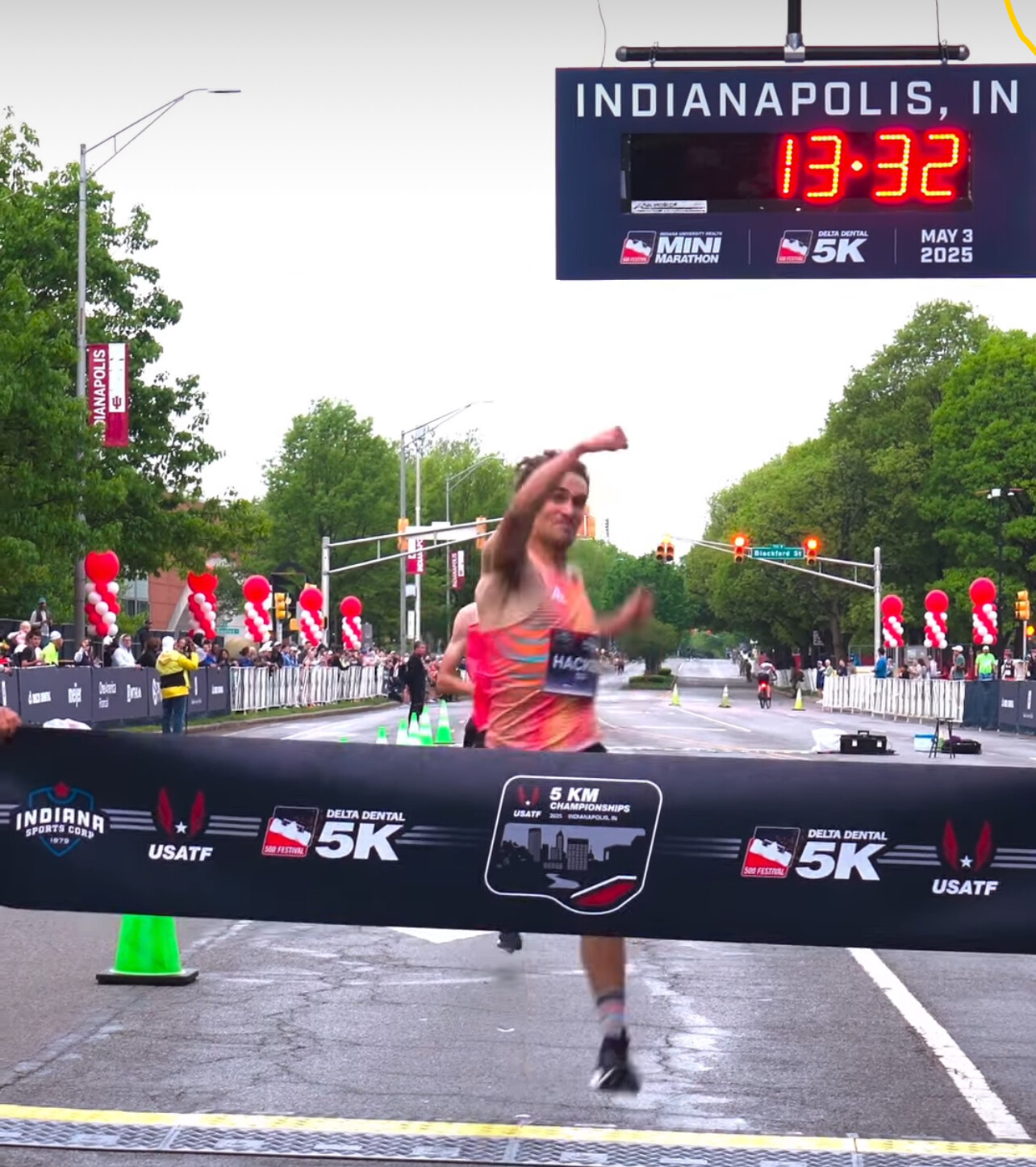
1. Olin Hacker (HOKA NAZ Elite) – 13:31.93
2. Casey Clinger (Brooks) – 13:33.04
3. Ahmed Muhumed (HOKA NAZ Elite) – 13:36.88
4. Morgan Beadlescomb (adidas) – 13:39.50
5. Graham Crawford (Reebok) – 13:42.10
6. Reed Fischer (Tinman Elite) – 13:44.75
7. Sam Chelanga (Nike) – 13:47.30
8. Ben Flanagan (On Running) – 13:49.60
9. Emmanuel Bor (U.S. Army) – 13:52.25
10. Eric Avila (HOKA) – 13:54.80
In the women’s race, Josette Andrews showed impressive strength and timing, kicking hard in the final stretch to take the win in 15:12.34. Emily Infeld of Nike followed closely in 15:14.50, and Karissa Schweizer of Bowerman Track Club secured third in 15:16.75, as the top trio pushed each other to the line.
Women’s Top 10 Finishers
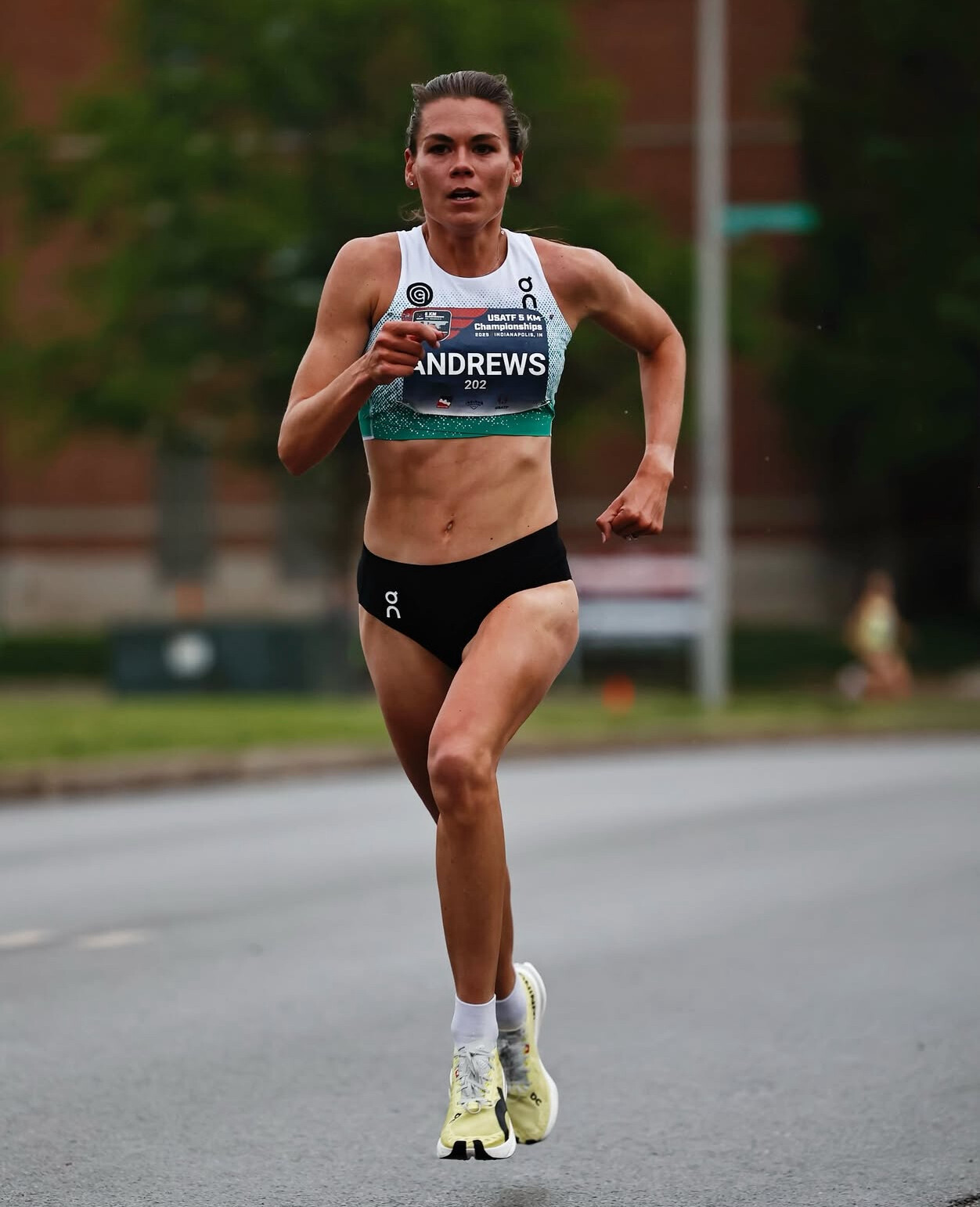
1. Josette Andrews – 15:12.34
2. Emily Infeld (Nike) – 15:14.50
3. Karissa Schweizer (Nike Bowerman TC) – 15:16.75
4. Elly Henes (adidas) – 15:19.20
5. Rachel Schneider (Under Armour) – 15:22.85
6. Abbey Cooper (New Balance) – 15:25.40
7. Molly Seidel (Saucony) – 15:28.95
8. Vanessa Fraser (Nike) – 15:31.50
9. Emily Lipari (adidas) – 15:34.05
10. Natosha Rogers (Hansons-Brooks) – 15:36.60
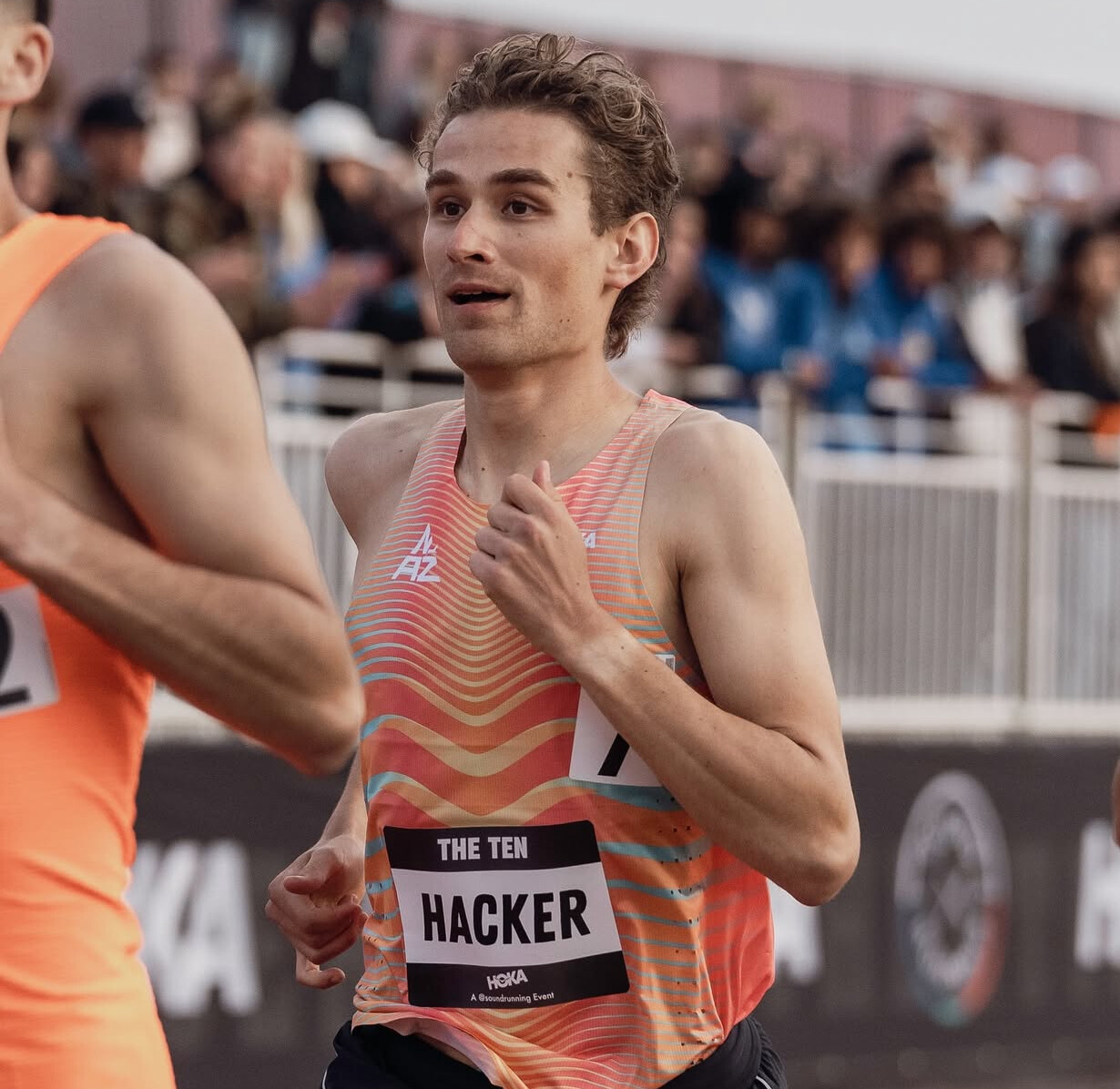
The performances in Indianapolis set the tone for what promises to be a fast and competitive summer racing season across the U.S. road circuit.
by Boris Baron
Login to leave a comment
OneAmerica 500 Festival Mini-Marathon
The mission of the 500 Festival is to produce life-enriching events and programs while celebrating the spirit and legacy of the Indianapolis 500 and fostering positive impact on the city of Indianapolis and state of Indiana. As an organization providing multiple events and programs, many of which are free to attend and impact over 500,000 people annually, our mission to...
more...Why Running Shoes Are Getting More Expensive in 2025
American-Made Running Shoes Aren’t Coming Anytime Soon says Bob Anderson and here's why.
“It’s just not realistic to imagine an American company finding enough labor in the U.S. to make running shoes,” says lifetime runner Bob Anderson. “Even in states where companies might pay $10 an hour—half the rate in California—it would be difficult to find many Americans with the necessary skills.”
That reality helps explain why nearly all running shoes are made in Asia—and why prices are climbing. A combination of new tariffs, shifting global supply chains, and rising production costs is pushing the cost of your favorite shoes higher than ever across the United States.
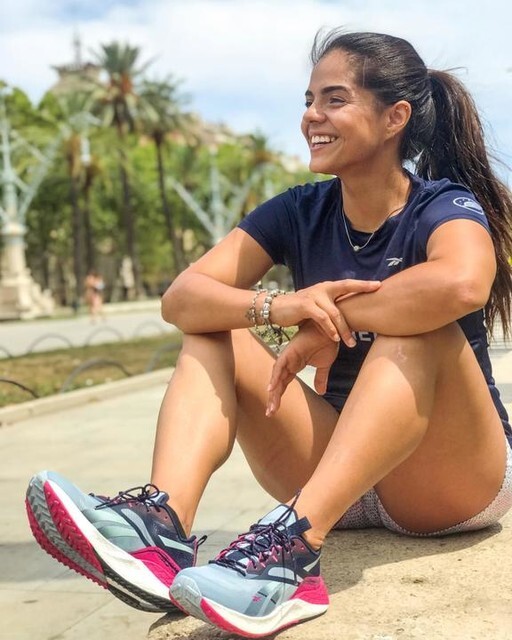
The Impact of ‘Liberation Day’ Tariffs
On April 2, 2025, President Donald Trump announced a sweeping set of tariffs under the banner of “Liberation Day,” aiming to address what he described as unfair trade practices and to bolster domestic manufacturing. These tariffs include:
• A universal 10% tariff on all imported goods, effective April 5, 2025.
• Additional country-specific tariffs, ranging from 11% to 50%, on imports from 86 countries, effective April 9, 2025.
For the footwear industry, these tariffs have significant implications. For example, imports from major manufacturing hubs now face the following cumulative tariffs:
• China: 54%
• Vietnam: 46%
• Cambodia: 49%
• Bangladesh: 37%
• Indonesia: 32%
These increased costs are often passed on to consumers, leading to higher retail prices for running shoes.
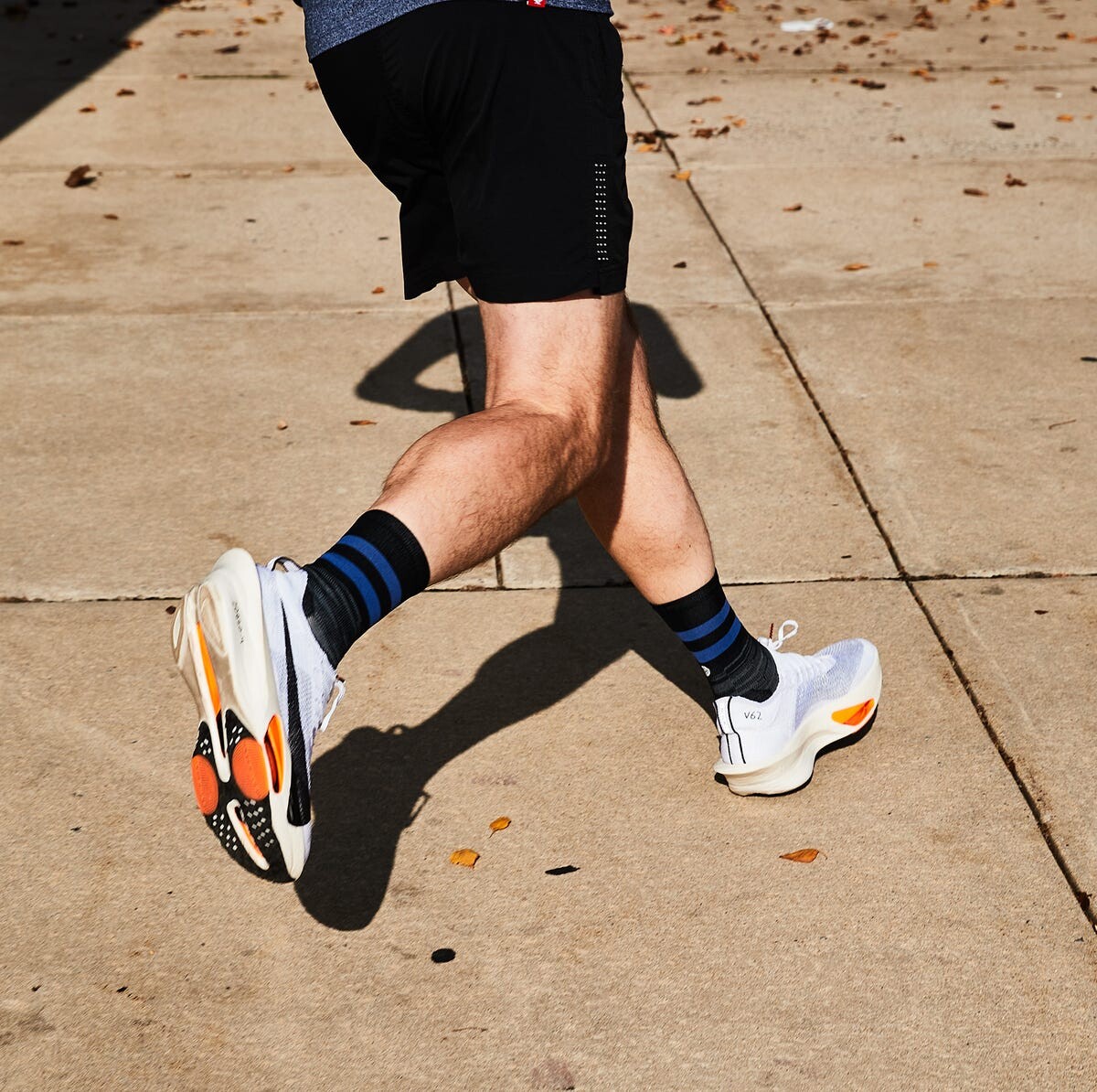
Upcoming Changes: June 1, 2025
Further changes are scheduled to take effect on June 1, 2025:
• Increased Flat Fees on Small Parcels: For small parcels shipped from China and Hong Kong, the flat fee per item will increase from $25 to $50.
• Higher Tariffs on Low-Value Shipments: All goods made in China, regardless of order value, are now subject to a 30% tariff or a $25 per-item fee, which will increase to $50 per item after June 1, 2025.
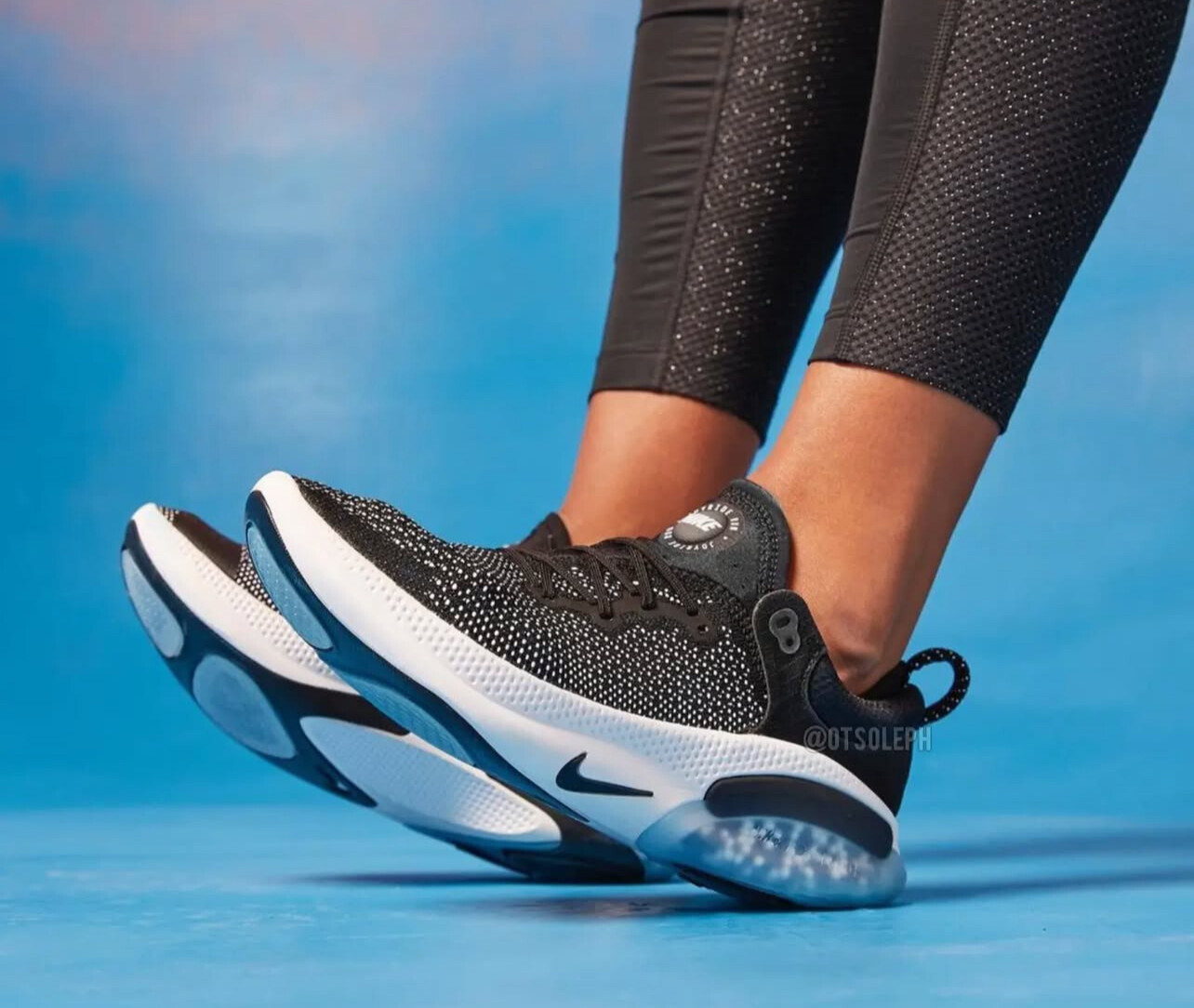
These measures are expected to further impact the cost of imported footwear, potentially leading to higher retail prices for consumers. Brands and retailers may need to adjust their sourcing strategies and pricing models in response to these changes.
Global Manufacturing Landscape
Most major running shoe brands manufacture their products overseas, primarily in Asia. For instance:
• Nike: Primarily manufactures in Vietnam, Indonesia, and China.
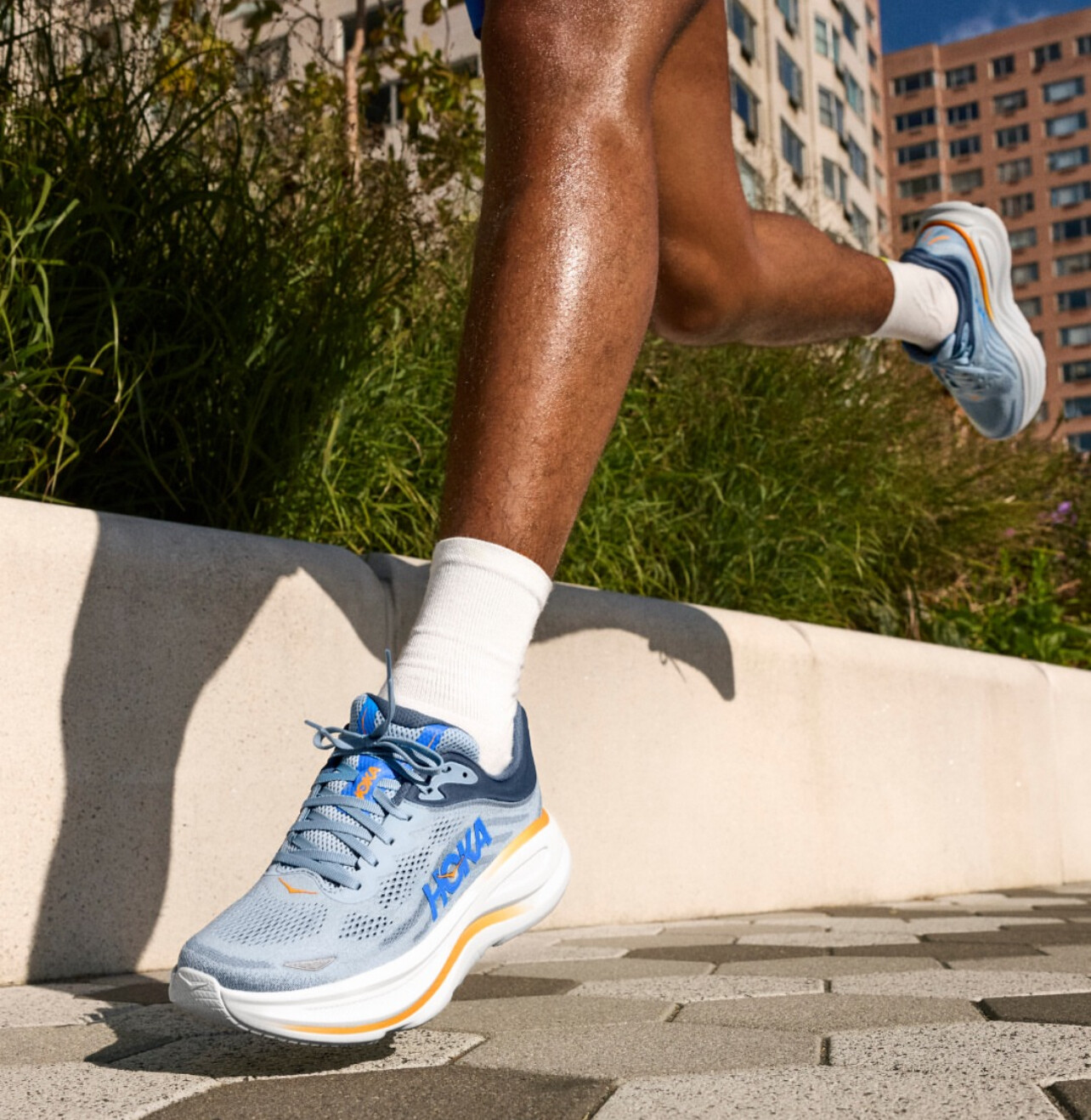
• Adidas: Relies heavily on Vietnam, Indonesia, and China for production.
• New Balance: Assembles some models in the U.S., but many are produced in Vietnam and Indonesia.
• Brooks: Manufactures most of its running shoes in Vietnam and China.
• ASICS: Produces mainly in Vietnam and Indonesia.

Given the new tariffs, these companies face increased costs, which may be reflected in higher prices for consumers.
Challenges of U.S. Manufacturing
Producing running shoes domestically presents several challenges:
• Labor Costs: U.S. labor is significantly more expensive than in countries like Vietnam or Indonesia.
• Infrastructure: The U.S. lacks the large-scale infrastructure and trained workforce needed for mass shoe production.
• Supply Chain: Many components used in shoe manufacturing are produced overseas, making domestic production more complex and costly.
While some companies, like New Balance, have U.S.-based production, it’s limited and often involves imported components.
The Labor Cost Gap Behind Your Running Shoes
One of the main reasons running shoes are rarely made in the United States is the vast difference in labor costs. In Vietnam—currently the leading producer of running shoes for brands like Nike, Adidas, and New Balance—the average factory worker earns between $200 and $300 USD per month. In Indonesia and Cambodia, wages can be even lower. By contrast, U.S. manufacturing workers typically earn $3,000 to $4,000 per month, not including benefits.
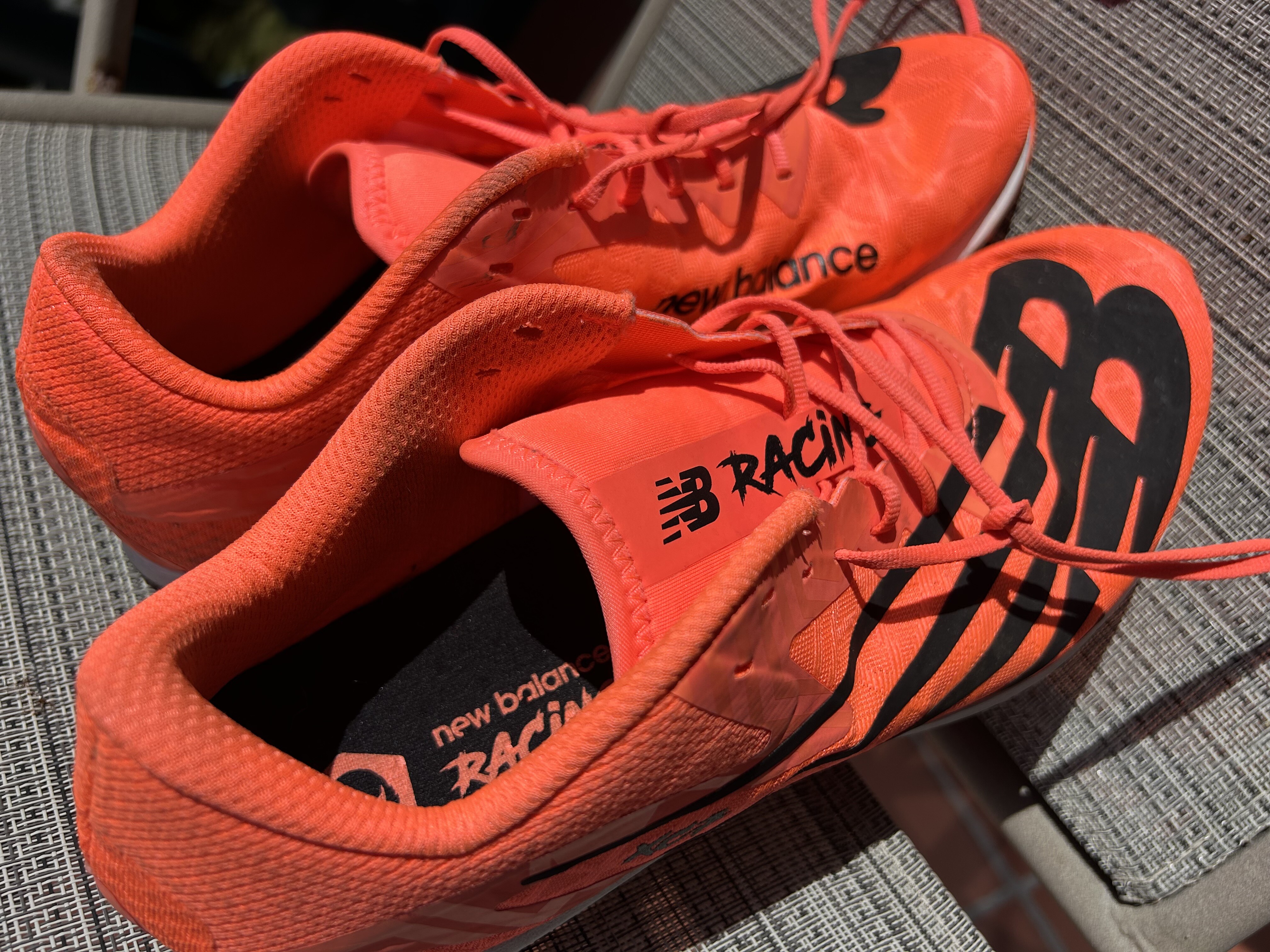
Since running shoes are labor-intensive to make—often requiring 70 to 100 steps in the assembly process—these wage disparities drastically affect the cost of production. That’s why even with new tariffs, it’s still cheaper for most brands to produce shoes overseas than to bring operations back home.
Looking Ahead
The full impact of these tariffs will unfold over time. Consumers may see continued price increases and reduced availability of certain models. Brands may explore alternative manufacturing locations or adjust their product lines to mitigate costs.
As the situation evolves, staying informed will help consumers make educated decisions about their purchases.
by Boris Baron
Login to leave a comment
Cameron Myers - Australia’s Middle-Distance Prodigy Breaking Records
Cameron Myers, an 18-year-old Australian middle-distance runner from Canberra, has rapidly ascended in the athletics world, setting multiple records and showcasing exceptional talent on the international stage.
Early Life and Training
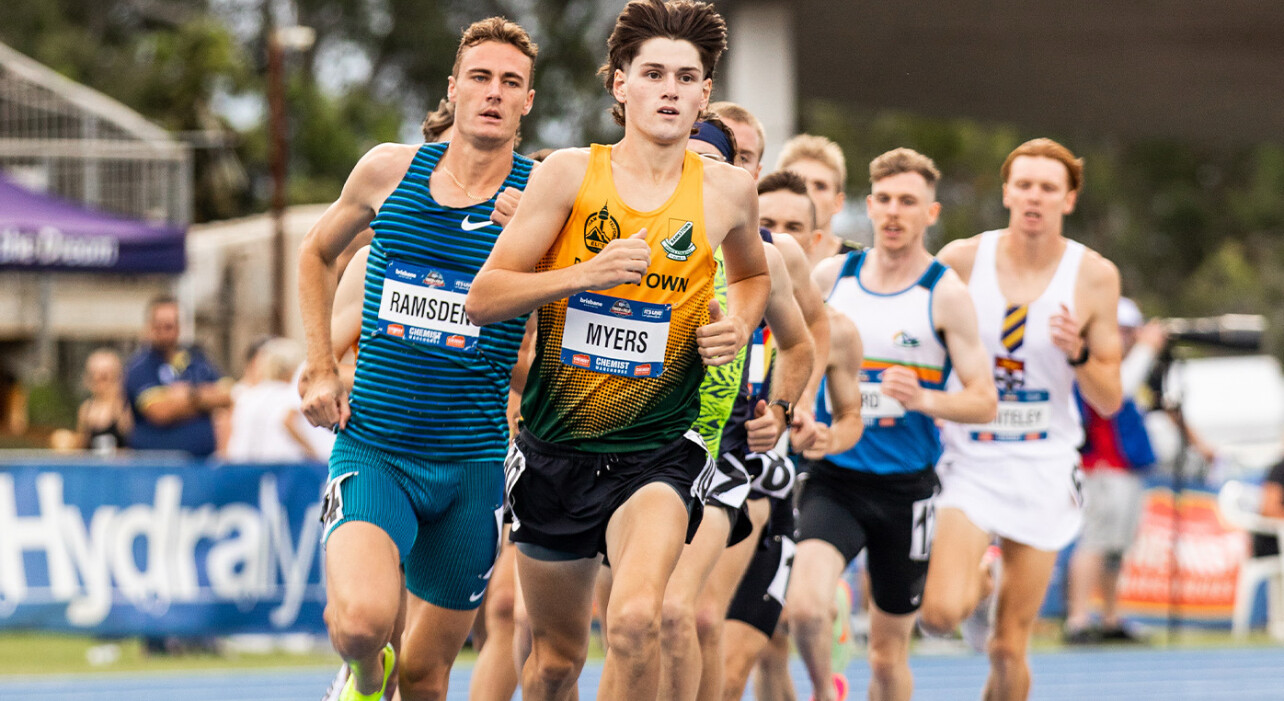
Myers began his athletic journey at the age of 10 under the guidance of coach Lee Bobbin. By 14, he transitioned to training with renowned coach Dick Telford, integrating into a group that included Olympian Jye Edwards. This foundational period was crucial in developing the skills that would later define his career.
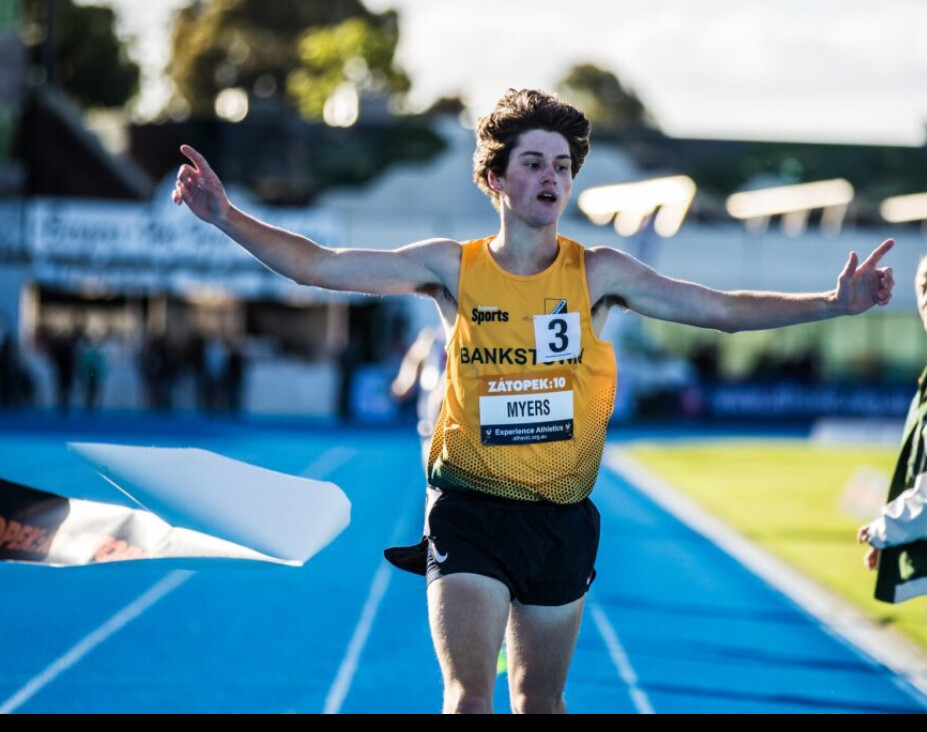
Record-Breaking Performances
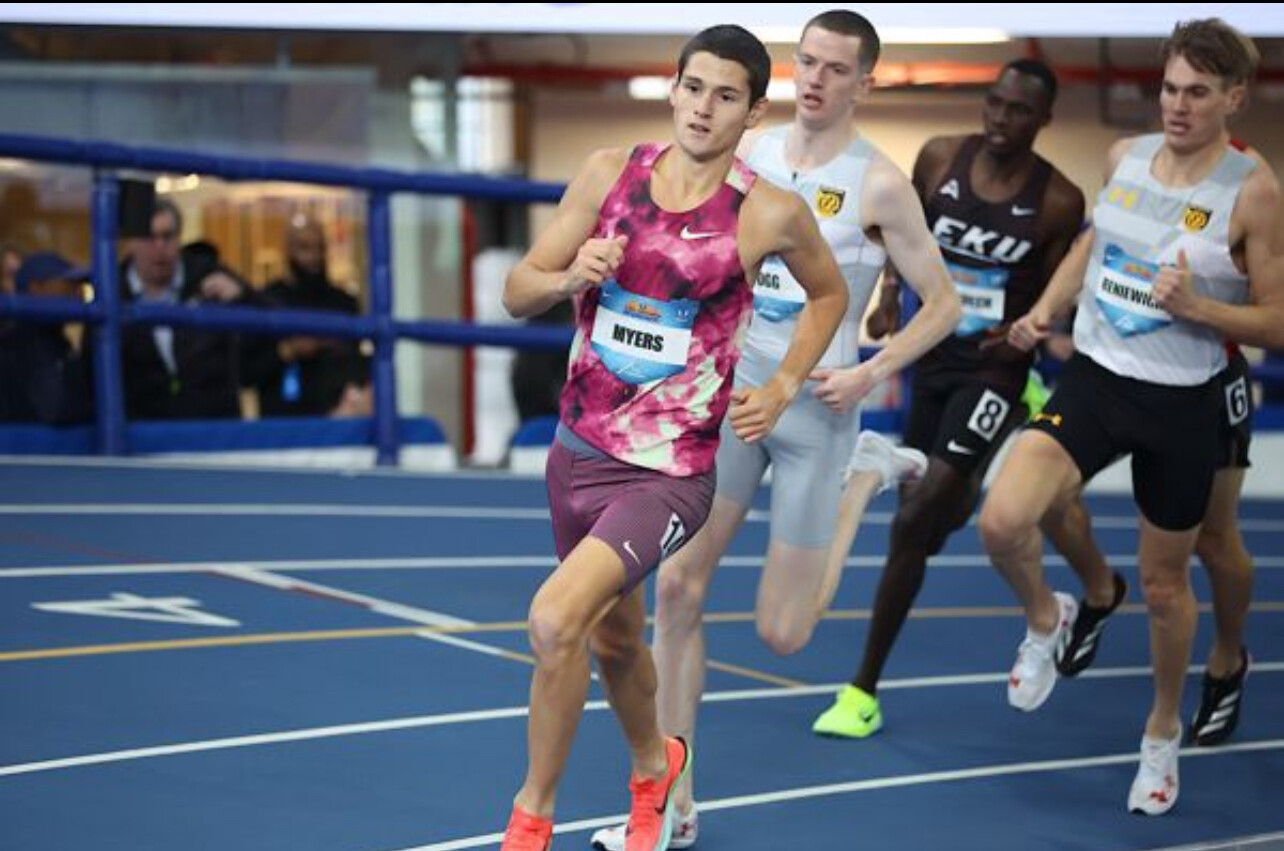
In February 2023, at just 16 years and 259 days old, Myers became the second-youngest person ever to run a sub-four-minute mile, clocking 3:55.44 at the Maurie Plant Meet in Melbourne. This performance surpassed Jakob Ingebrigtsen’s age-group record by over two seconds. Later that year, he set a world U18 best in the 1500m with a time of 3:33.26 at the Diamond League event in Chorzów, Poland.
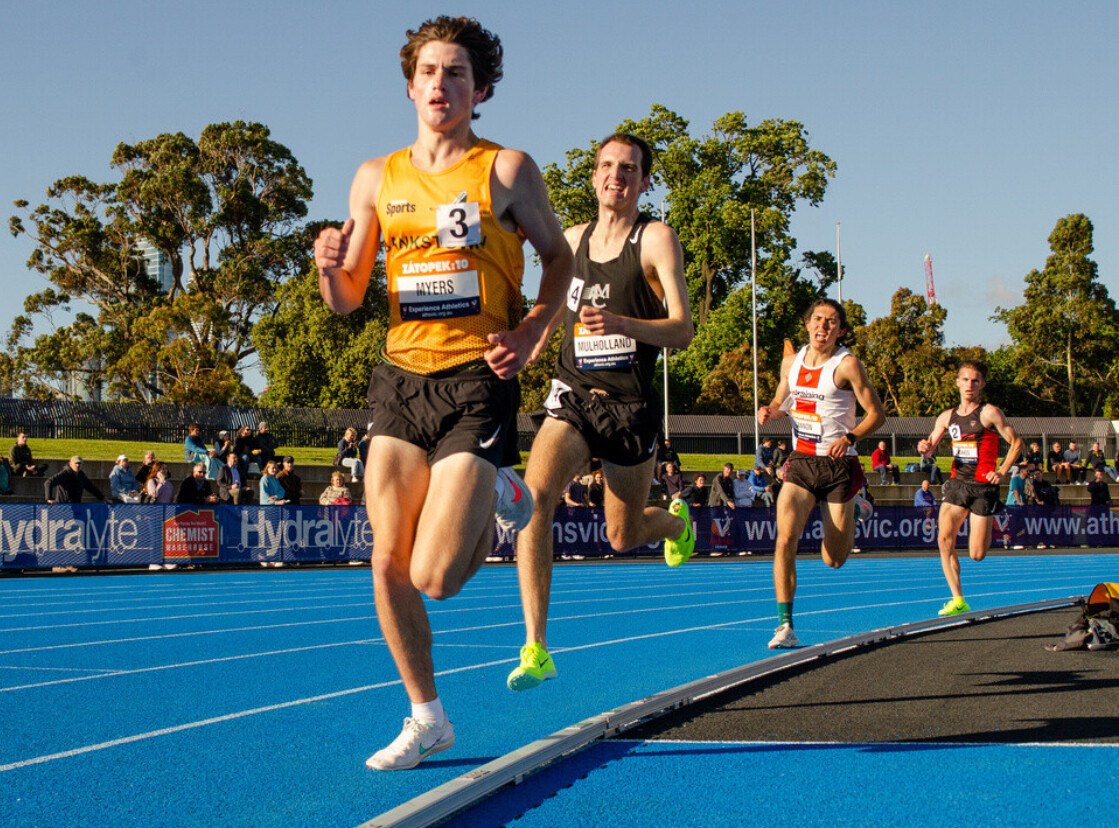
Continuing his upward trajectory, Myers began 2025 with a series of remarkable achievements. On January 25, he shattered the world U20 indoor mile record at the Dr. Sander Invitational in New York, posting a time of 3:53.12. This feat eclipsed the previous record held since 2009. A week later, at the New Balance Indoor Grand Prix in Boston, he set a national record in the 3000m, finishing in 7:33.12.
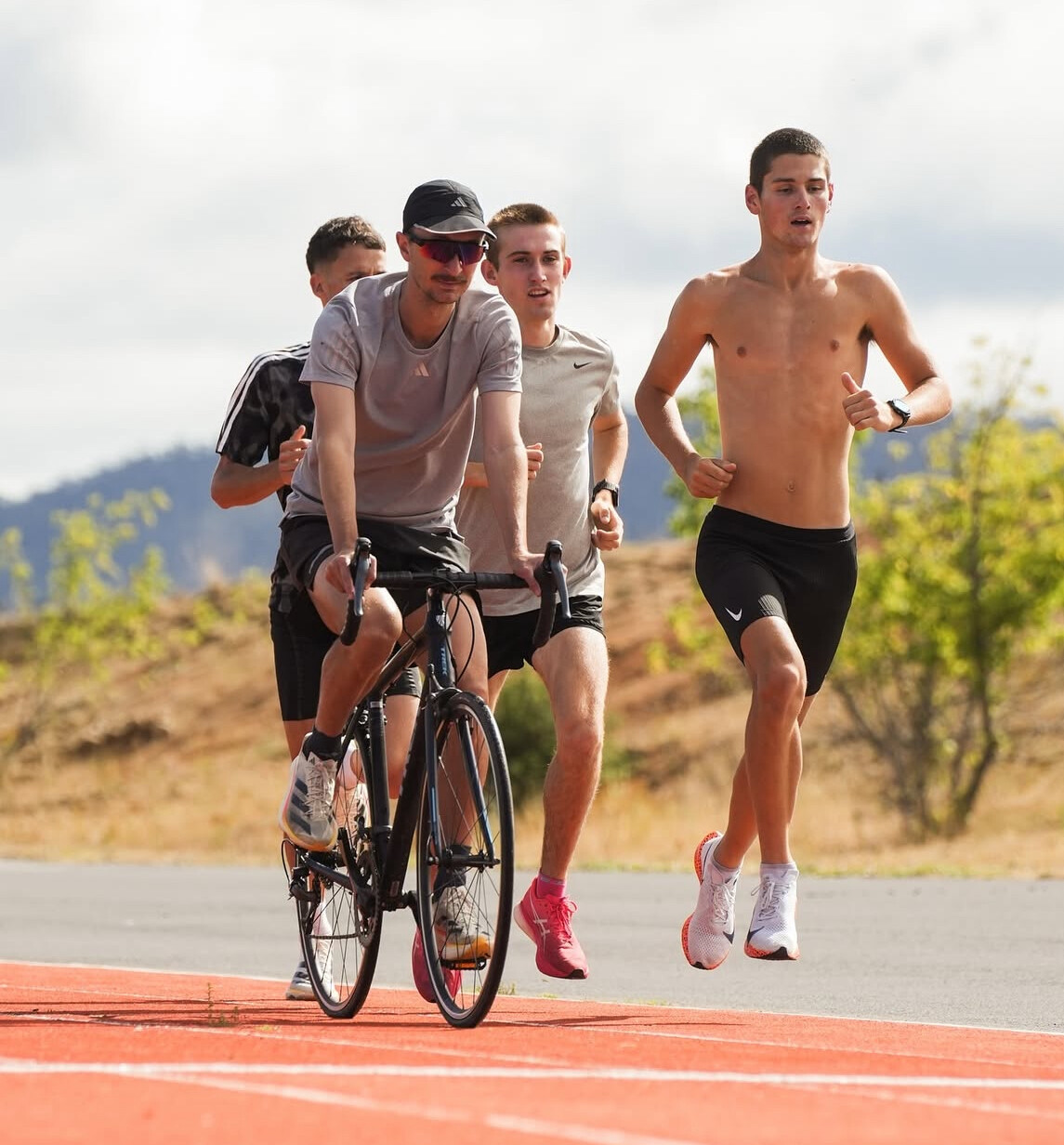
Recent Competitions
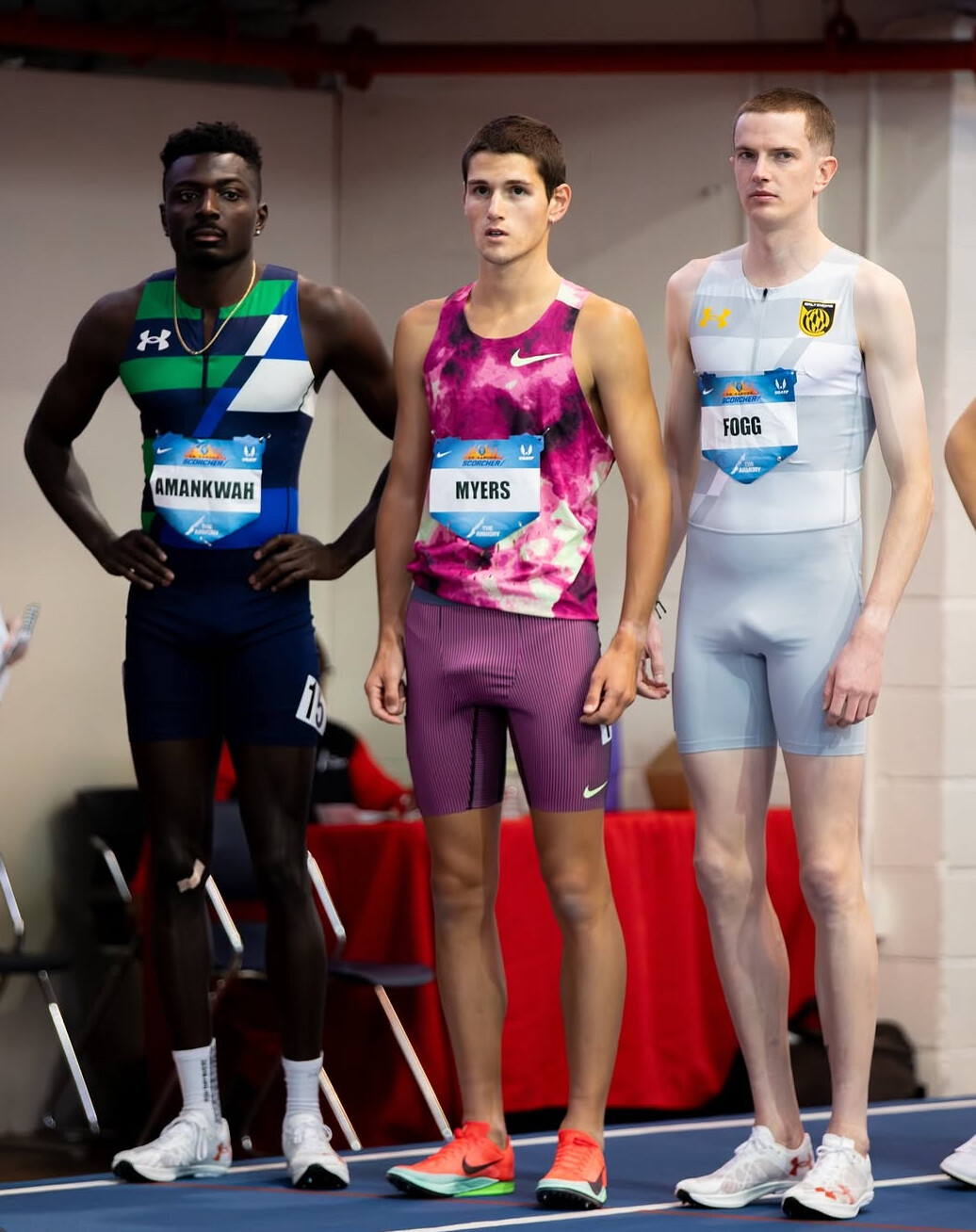
In February 2025, Myers competed in the prestigious Wanamaker Mile at the Millrose Games in New York. Facing a field that included Olympic medalists, he secured third place with a time of 3:47.48, breaking his own world U20 mile record and equaling the Australian national record set by Oliver Hoare in 2022. This performance also marked the first time an under-20 athlete ran the mile in under 3:48.
Most recently, on March 29, 2025, Myers led the 1500m from start to finish at the Maurie Plant Meet in Melbourne, winning with a time of 3:34.98. His commanding performance against a competitive field further solidified his status as a rising star in middle-distance running.
Training and Future Aspirations
Under Telford’s mentorship, Myers has intensified his training regimen, incorporating strength training, altitude sessions, and rigorous threshold workouts to address areas of improvement. Despite narrowly missing qualification for the Paris Olympics, these experiences have fueled his determination to excel in future competitions. With his current trajectory, Myers is poised to make significant contributions to Australian athletics on the global stage.
by Boris Baron
Login to leave a comment
Ishmael Kipkurui Sets New NCAA 10,000m Record at The TEN 2025
In a remarkable performance at The TEN 2025 meet on March 29 in San Juan Capistrano, California, University of New Mexico freshman Ishmael Kipkurui set a new NCAA 10,000-meter record with a time of 26:50.21 which is 4:19 per mile pace. This achievement surpasses the previous record of 26:52.72, set by Northern Arizona’s Nico Young at the same event in 2024.
Kipkurui’s teammate, Habtom Samuel, also delivered an impressive performance, finishing second with a time of 26:51.06, placing both runners under the former collegiate record. South African athlete Adrian Wildschutt of HOKA NAZ Elite secured third place, clocking 26:51.27.
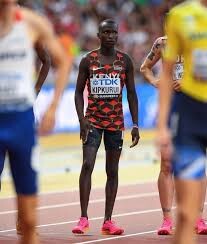
Ethiopian runner Telahun Haile Bekele faced an unusual challenge, missing the official start and beginning approximately 90 meters behind the field. Despite this setback, he finished fourth with a time of 26:52.79. American athlete Graham Blanks, representing New Balance, rounded out the top five, finishing in 26:57.30 and achieving the World Championships qualifying standard.
The race conditions were ideal, with temperatures around 55°F and minimal wind, contributing to the evening’s exceptional performances.
Kipkurui’s achievement adds to his growing list of accolades. Prior to this record-breaking run, he secured the individual title at the 2024 World U20 Cross Country Championships, leading the Kenyan team to a gold medal finish.
The TEN meet continues to solidify its reputation as a premier event for distance runners aiming for exceptional performances and records on U.S. soil.
by Boris Baron
Login to leave a comment
The Ten
The world's fastest 10,000m races each year have taken place in a sleepy little coastal town in southern California. More national records were broken in 2022 than any other race on the planet as the best in the western hemisphere launched into rarified zones of time and space. The best return to San Juan Capistrano this year to cap off...
more...Graham Blanks Runs Historic 7:29.72 in Boston, Becomes Second Fastest American Ever
Graham Blanks delivered a sensational performance in Boston, setting a monster personal best of 7:29.72 in the 3000m. This remarkable time makes him the second fastest American in history over the distance, cementing his status as one of the brightest young talents in the sport.
Racing in a high-caliber field, Blanks—representing New Balance—executed a masterful race, finishing well ahead of Valentin Soca (7:34.10) and Sam Gilman (7:34.69). His dominant victory underscores his rising star status and signals that he is ready to take on the world’s best.
Blanks’ improvement has been nothing short of impressive. His ability to push the pace and close strong suggests he has even faster times ahead. With this performance, he adds his name to the elite ranks of American distance running, trailing only Grant Fisher on the all-time U.S. list.
As the track season heats up, all eyes will be on Blanks to see what he does next. Could he challenge Fisher’s American record in the near future? One thing is certain—Graham Blanks is a name to watch.
Login to leave a comment
Hannah Nuttall's Electrifying Finish Surpasses Laura Muir at UK Indoor 3000m Championship
In a thrilling climax at the UK Athletics Indoor Championships in Birmingham on February 23, 2025, Hannah Nuttall delivered a remarkable performance to overtake Laura Muir in the final 100 meters of the women's 3000m race. Nuttall secured the title with a personal best time of 8:49.49, narrowly edging out Muir, who finished at 8:50.16. Emerging talent Innes FitzGerald claimed third place with a time of 8:52.56.
Hannah Nuttall, born on July 7, 1997, has been steadily rising in British middle-distance running. In 2021, she was part of the victorious mixed relay team at the European Cross Country Championships in Dublin. Shortly thereafter, she joined Team New Balance Manchester under the guidance of coach Helen Clitheroe. Nuttall's dedication led to a fifth-place finish at the 2023 European Indoor Championships, where she set a personal best of 8:46.30 in the 3000m final. In 2024, she continued her upward trajectory, recording a 5000m personal best of 14:52.65 in Leiden, Netherlands, and clinching the British national title in the same event. Her recent triumph over Muir underscores her growing prominence on the national stage.
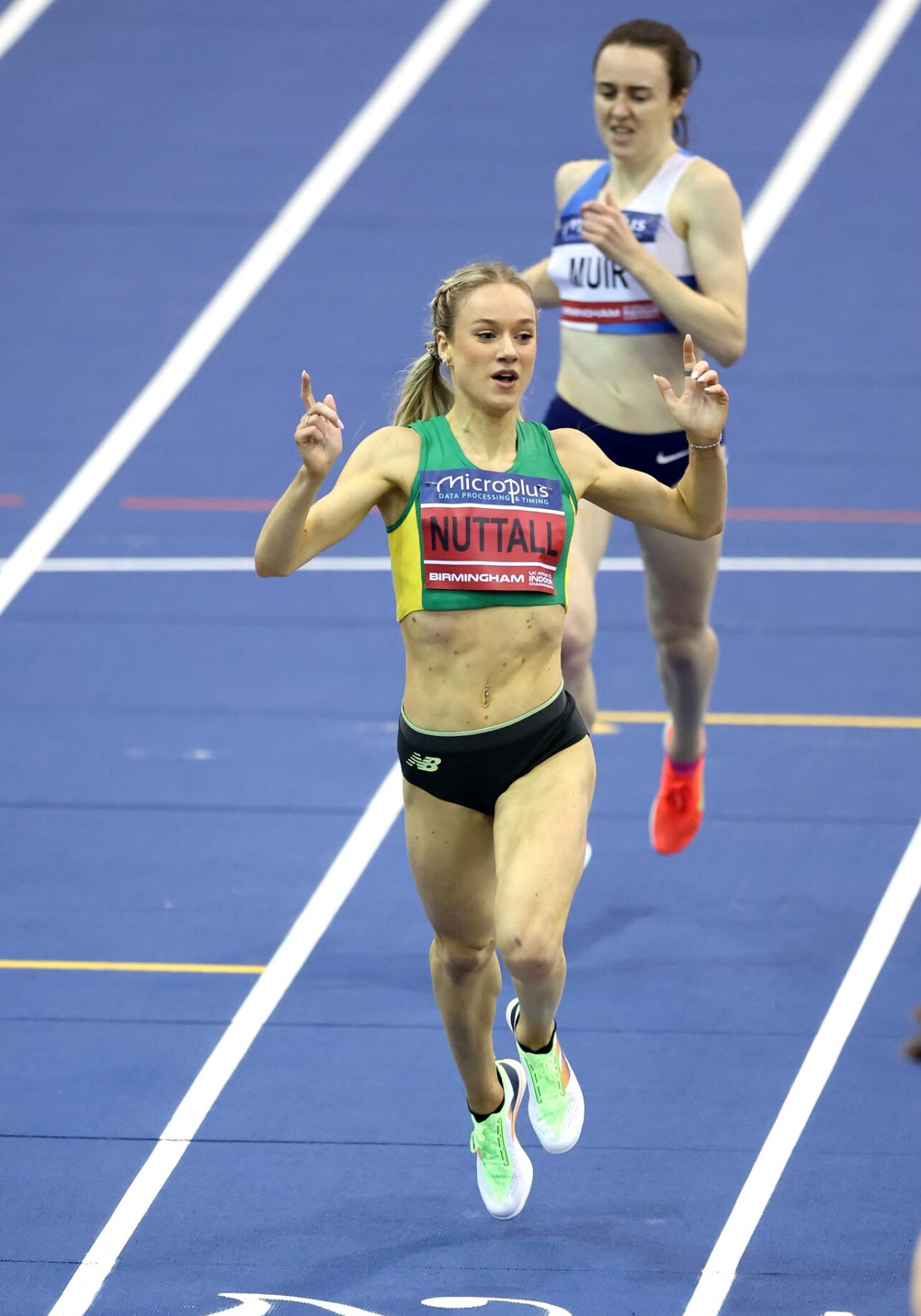
Laura Muir, born on May 9, 1993, in Inverness, Scotland, is a celebrated figure in middle-distance running. A veterinary medicine graduate from the University of Glasgow, Muir has an impressive track record, highlighted by a silver medal in the 1500m at the 2020 Tokyo Olympics. Her accolades include multiple European Indoor Championships titles and a bronze medal at the 2022 World Championships. Muir's dominance in the 1500m is further evidenced by her British record of 3:52.61, set in 2024. Despite her recent second-place finish to Nuttall, Muir's legacy as one of Britain's premier middle-distance runners remains firmly intact.
The women's 3000m final was a showcase of strategic racing and competitive spirit. Muir, known for her front-running style, took the lead early, setting a strong pace. Nuttall remained patient, staying within striking distance throughout the race. As the final lap approached, Nuttall unleashed a powerful kick, closing the gap and ultimately surpassing Muir in the last 100 meters. This victory not only highlights Nuttall's tactical acumen but also signals a potential shift in the competitive landscape of British middle-distance running.
Nuttall's performance at the UK Athletics Indoor Championships positions her as a formidable contender for upcoming international competitions. Her continued development and recent successes suggest a promising future on the global stage. Meanwhile, Muir's experience and proven track record ensure that she remains a key figure in the sport, setting the stage for exciting rivalries and compelling narratives in the seasons to come.
Login to leave a comment
The Evolution of the High School Sub-4 Mile Club
On May 6, 1954, Roger Bannister made history by running the first sub-4-minute mile, clocking 3:59.4 in Oxford, England. His groundbreaking achievement redefined what was possible in middle-distance running, inspiring generations of athletes to chase the elusive mark.
For decades, breaking the 4-minute barrier remained an extraordinary feat, but in recent years, more high school runners in the United States have joined this exclusive club. As of February 2025, 23 American high school boys have accomplished this milestone, with notable additions in 2024 and 2025.

The Latest High School Runners to Break Four Minutes
The most recent athletes to achieve the sub-4-minute mile in high school competition are:
- Drew Griffith – 3:57.72 (May 30, 2024, Festival of Miles, St. Louis, Missouri)
- JoJo Jourdon – 3:59.87 (February 3, 2024, New Balance Indoor Grand Prix, Boston, Massachusetts)
- Zachary Hillhouse – 3:59.62 (June 16, 2024, New Balance Nationals Outdoor, Philadelphia, Pennsylvania)
- Owen Powell – 3:57.74 (February 15, 2025, UW Husky Classic, Seattle, Washington)
These runners continue to prove that the sub-4-minute mile, once thought to be nearly impossible for young athletes, is an achievable milestone with the right combination of talent, training, and opportunity.
Jim Ryun and Alan Webb: The Legends of the High School Mile
Jim Ryun: A Historic Career
Jim Ryun was the first high school runner to break the 4-minute mile, running 3:59.0 in 1964 as a junior. He later set the national high school record of 3:55.3 in 1965, a time that stood for 36 years.
After his historic high school career, Ryun went on to break the world record in the mile twice—first in 1966, and then again in 1967 when he ran 3:51.1. At 19 years old, he remains the youngest world record holder in the mile to date. His record stood for nine years before being broken in 1975.
Ryun represented the United States in three Olympic Games (1964, 1968, and 1972), winning a silver medal in the men’s 1500m at the 1968 Olympics. His dominance in middle-distance running made him one of the greatest milers in history.
Alan Webb: The New Generation's Record-Breaker
In 2001, Alan Webb broke Ryun’s long-standing high school mile record by running 3:53.43 at the Prefontaine Classic. Webb’s performance redefined expectations for young milers and set a new benchmark for high school runners.
Webb continued his success post-high school and later set the American record in the mile, running 3:46.91 in 2007. This remains one of the fastest mile performances ever by an American.
Despite his success, Webb’s professional career was marked by injuries, including Achilles tendonitis and stress fractures, which affected his consistency. However, his high school and professional achievements cemented his place as one of the greatest milers in U.S. history.
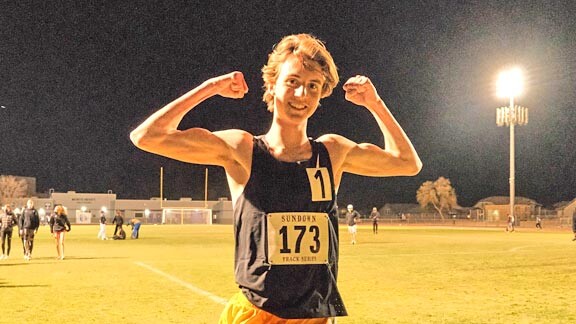
The Complete List of High School Sub-4 Milers
Below is the full list of American high school runners who have broken the 4-minute mile, ranked by their fastest time achieved during high school competition:
- Alan Webb (first photo) – 3:53.43 (May 27, 2001, Prefontaine Classic, Eugene, Oregon)
- Jim Ryun (second photo) – 3:55.3 (June 27, 1965, AAU Championships, San Diego, California)
- Colin Sahlman (third photo) – 3:56.24 (May 28, 2022, Prefontaine Classic, Eugene, Oregon)
- Drew Griffith – 3:57.72 (May 30, 2024, Festival of Miles, St. Louis, Missouri)
- Hobbs Kessler – 3:57.66 (February 7, 2021, American Track League Invitational, Fayetteville, Arkansas)
- Drew Hunter – 3:57.81 (February 20, 2016, NYRR Millrose Games, New York City, New York)
- Gary Martin – 3:57.89 (June 2, 2022, Festival of Miles, St. Louis, Missouri)
- Connor Burns – 3:58.83 (June 2, 2022, Festival of Miles, St. Louis, Missouri)
- Tim Danielson – 3:59.4 (June 11, 1966, San Diego Invitational, San Diego, California)
- Reed Brown – 3:59.30 (June 1, 2017, Festival of Miles, St. Louis, Missouri)
- Matthew Maton – 3:59.38 (May 8, 2015, Oregon Twilight Meet, Eugene, Oregon)
- Grant Fisher – 3:59.38 (June 4, 2015, Festival of Miles, St. Louis, Missouri)
- Michael Slagowski – 3:59.53 (April 29, 2016, Jesuit Twilight Invitational, Portland, Oregon)
- Leo Daschbach – 3:59.54 (May 23, 2020, The Quarantine Clasico, El Dorado Hills, California)
- Simeon Birnbaum – 3:57.53 (June 1, 2023, Festival of Miles, St. Louis, Missouri)
- Rheinhardt Harrison – 3:59.33 (June 3, 2022, Golden South Series #2, Tarpon Springs, Florida)
- Marty Liquori – 3:59.8 (June 23, 1967, AAU Championships, Bakersfield, California)
- Lukas Verzbicas – 3:59.71 (June 11, 2011, Adidas Grand Prix, New York City, New York)
- JoJo Jourdon – 3:59.87 (February 3, 2024, New Balance Indoor Grand Prix, Boston, Massachusetts)
- Zachary Hillhouse – 3:59.62 (June 16, 2024, New Balance Nationals Outdoor, Philadelphia, Pennsylvania)
- Owen Powell – 3:57.74 (February 15, 2025, UW Husky Classic, Seattle, Washington)
- Tinoda Matsatsa – 3:58.70 (June 1, 2023, Festival of Miles, St. Louis, Missouri)
- Jackson Heidesch – 3:59.08 (June 1, 2023, Festival of Miles, St. Louis, Missouri)
The Sub-4 Mile Remains an Iconic Benchmark
Roger Bannister’s 1954 breakthrough redefined human potential in distance running, and the high school sub-4-mile club continues to grow. As competition and knowledge improve, the question isn’t whether more young runners will join the club, but just how fast the next generation can go
Login to leave a comment
Sadie Engelhardt: Rising Star Shines with Historic Indoor Mile Performance
On February 2, 2025, at the New Balance Indoor Grand Prix in Boston, Sadie Engelhardt, a senior from Ventura High School in California, delivered a remarkable performance by completing the mile in 4:29.34. This achievement ranks as the second-fastest indoor mile in U.S. high school history, trailing only Mary Cain's 2013 record of 4:28.25.
Engelhardt's journey in track and field began in elementary school, where she participated in cross country at Poinsettia Elementary in Ventura. Initially, running served as conditioning for her primary passion, soccer. However, by eighth grade, after clocking a 4:40 mile, she recognized her exceptional talent and shifted her focus to track.
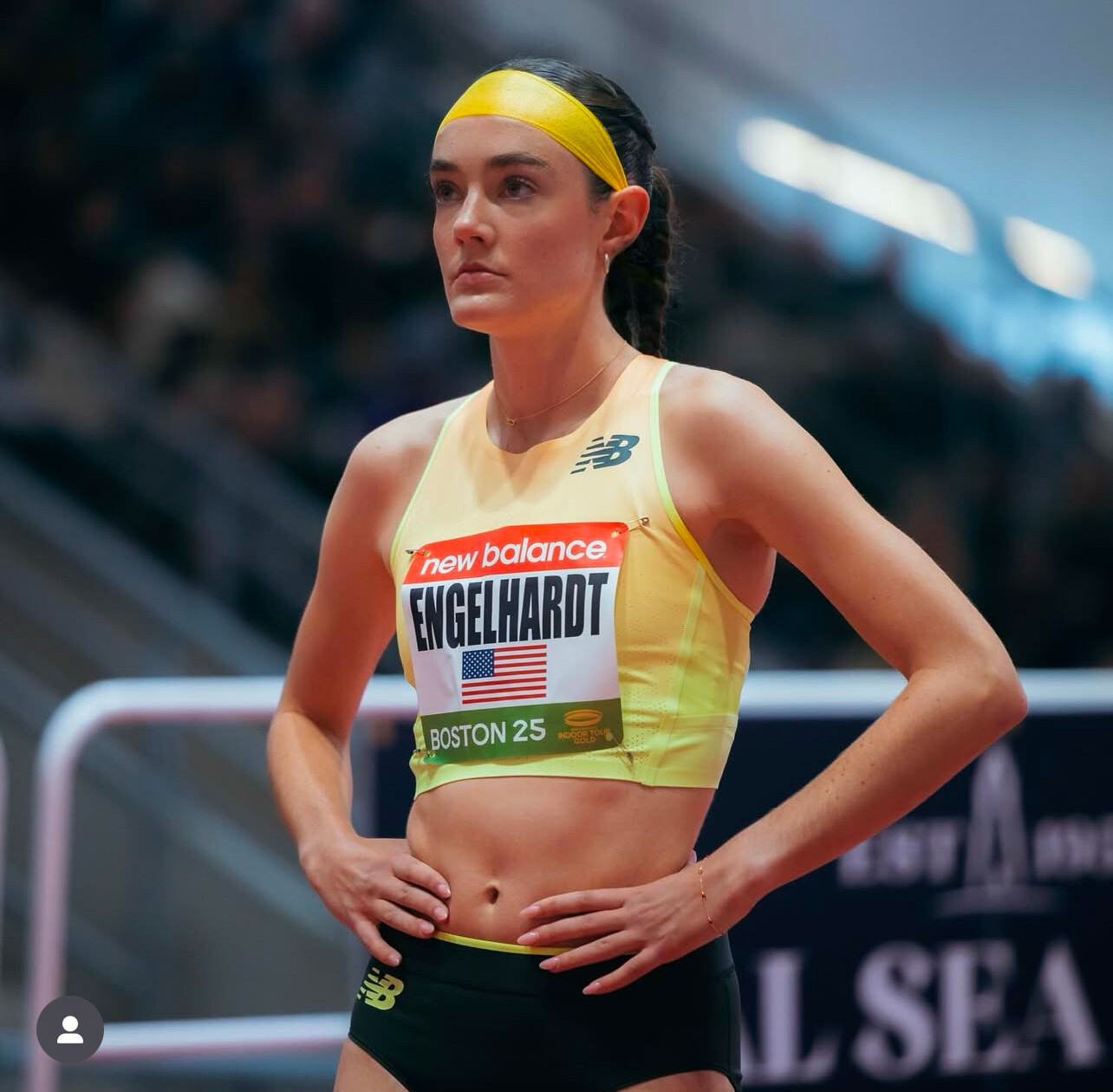
Throughout her tenure at Ventura High School, Engelhardt has consistently broken records and garnered accolades. In 2022, she became the California State Champion and set an all-time record in the 1600 meters at the Arcadia Invitational. The following year, she achieved a historic double at the CIF State Track and Field Championships in Clovis, winning both the 1600-meter and 800-meter events. Notably, she set a meet record in the 1600 meters with a time of 4:33.45, a feat last accomplished in 1975.
Academically, Engelhardt has maintained a weighted 4.59 GPA and has committed to competing on scholarship at North Carolina State University starting in the fall of 2025.
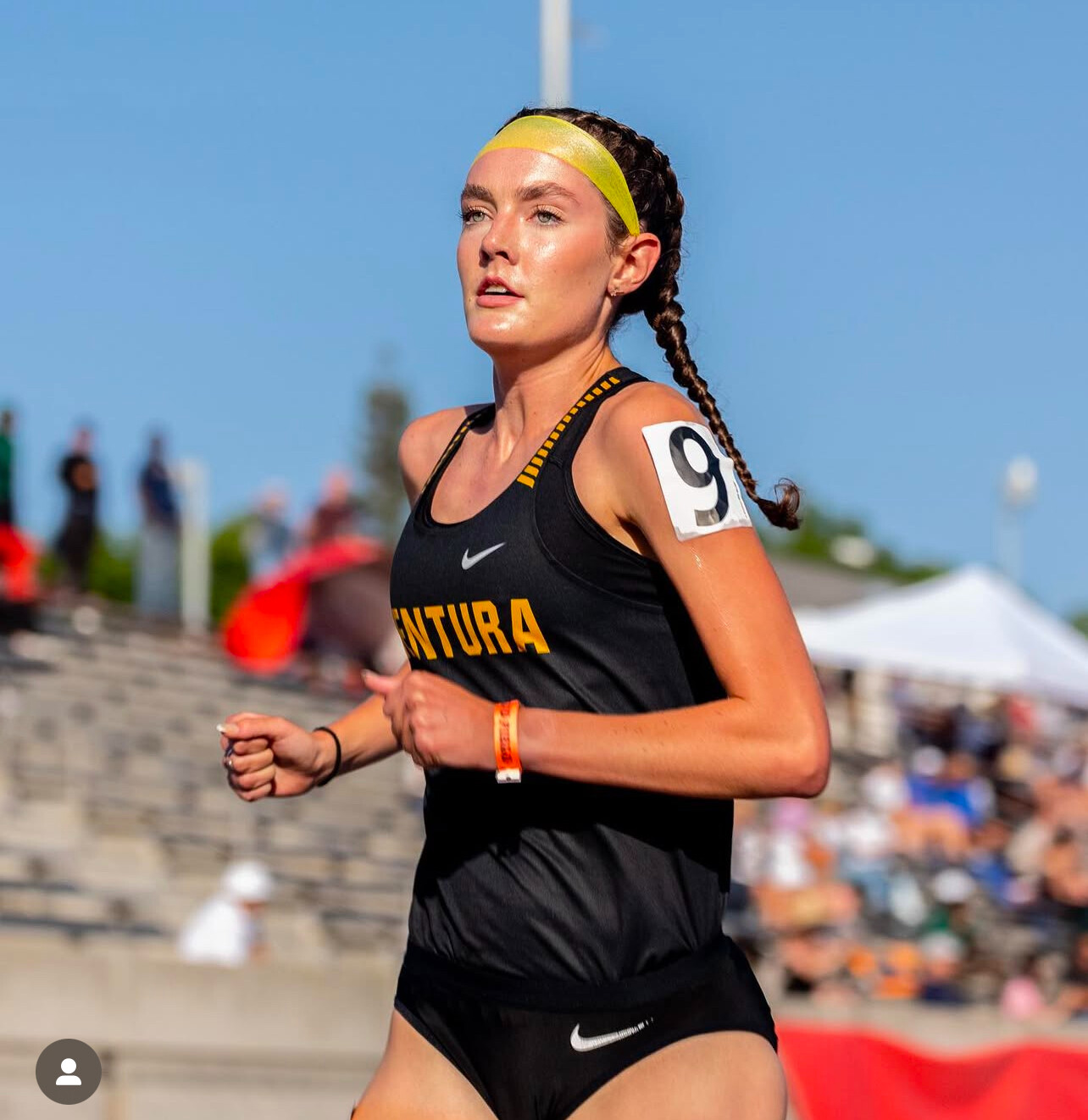
Reflecting on her recent performance, Engelhardt emphasized the importance of enjoying the journey, stating, "I'm still in high school, so this is like the fun part before it gets really serious in college and (at the) professional level, so just doing my best."
Engelhardt's blend of academic excellence, athletic prowess, and grounded perspective underscores her as a standout figure in high school athletics. As she continues to break barriers, the track and field community eagerly anticipates her future endeavors.
Login to leave a comment
Sprint Showdowns and Distance Battles to Take Center Stage at the New Balance Indoor Grand Prix
The New Balance Indoor Grand Prix, a World Athletics Indoor Tour Gold meeting, is set to deliver thrilling track action in Boston on Sunday (Feb 2), with an elite lineup of global gold medalists ready to ignite the indoor season. The competition will serve as a crucial stepping stone towards the World Athletics Indoor Championships Nanjing 25 in March.
Sprints and Hurdles: Lyles and Alfred Lead the Charge
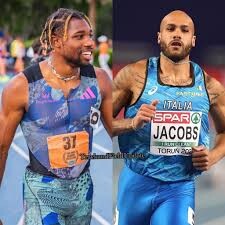
Olympic and world sprint sensation Noah Lyles returns to defend his 60m title, after setting a meeting record of 6.44 last year. Lyles, who claimed 100m gold and 200m bronze at the Olympics, kicked off his season with a 6.62 win in Gainesville last weekend. He will face Trayvon Bromell (USA), Zharnel Hughes (GBR), and 2022 world indoor champion Marcell Jacobs (ITA), who is making his North American indoor debut.
In the women’s 300m, Olympic 100m champion Julien Alfred steps up in distance for her New Balance Indoor Grand Prix debut. After winning world indoor 60m gold in Glasgow, Alfred took 100m gold and 200m silver at the Olympics and ended last season with a Diamond League Final victory. She faces a competitive field including 2019 world 200m champion Dina Asher-Smith (GBR) and USA’s Lynna Irby-Jackson.
The men’s 300m features Olympic 400m hurdles gold medalist Rai Benjamin. A past winner in Boston, Benjamin is set to battle 4x400m relay star Vernon Norwood and Matthew Boling.
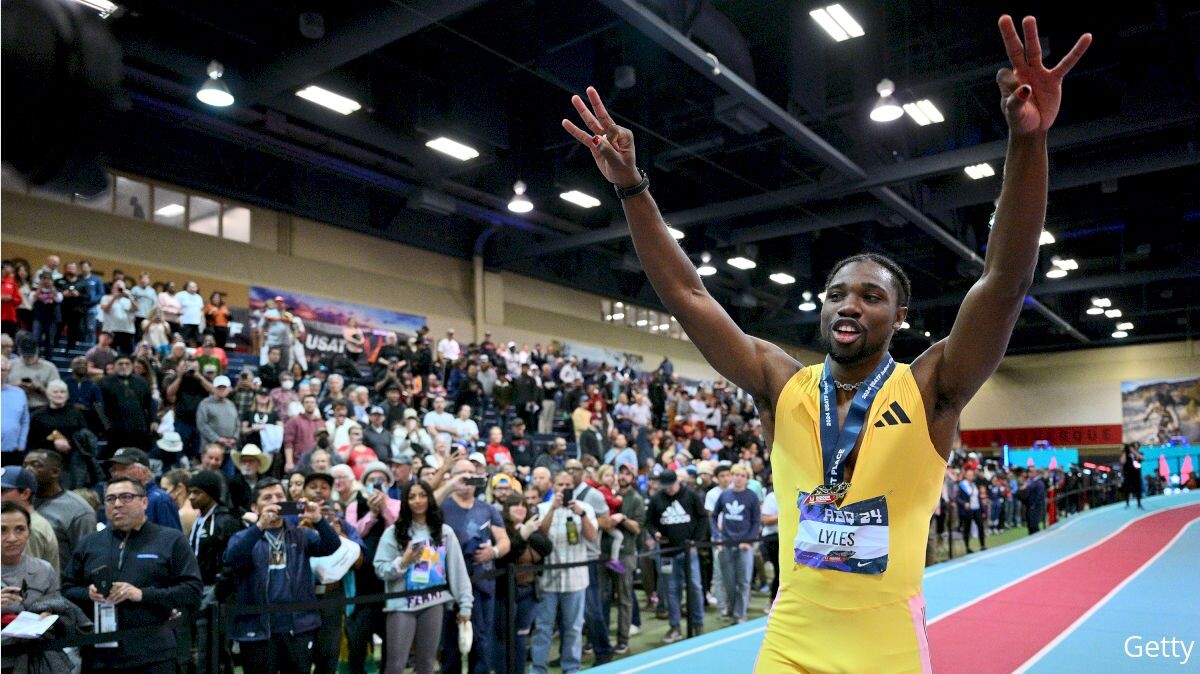
The 60m hurdles events promise fireworks, with world record-holder Devynne Charlton (7.65) and Olympic champion Masai Russell renewing their rivalry. Russell edged Charlton in their recent clash in Lubbock, but the Bahamian sprinter leads their head-to-head series 8-2. Joining them are Olympic finalists Ackera Nugent, Grace Stark, and 2018 world indoor silver medallist Christina Clemons.
For the men, world record-holder Grant Holloway (7.27) looks to extend his 10-year unbeaten streak in the 60m hurdles. The Olympic and world champion headlines the field alongside Olympic finalist Freddie Crittenden and 2022 world silver medallist Trey Cunningham.
Middle and Long Distance Races: Olympic Medalists Face Off
The women’s 3000m sees Olympic 1500m silver medalist Jessica Hull (AUS) take on Great Britain’s Olympic bronze medalist Georgia Bell. Hull, the defending champion, set an Oceanian indoor record of 8:24.93 in this event last year. They are joined by USA’s Parker Valby, Emily Mackay, Elise Cranny, Ethiopia’s Melknat Wudu, Italy’s Sintayehu Vissa, and Olympic steeplechase medalist Emma Coburn.
In the men’s 1500m, USA’s Grant Fisher (Olympic 5000m and 10,000m bronze medalist) takes on 2022 world champion Jake Wightman (GBR), Oliver Hoare (AUS), and Josh Hoey, who recently broke the North American 1000m record.
Bryce Hoppel, the reigning world indoor 800m champion, leads the men’s 800m field, while Hobbs Kessler, Cameron Myers, Neil Gourley, and Andrew Coscoran battle in the 3000m.
Other Key Events
Women’s 60m: Mikiah Brisco (USA) and Zoe Hobbs (NZL) lead the field.
Men’s 400m: 2022 world indoor champion Jereem Richards (TTO) races USA’s Quincy Wilson.
Women’s 500m: Dutch 4x400m Olympic champion Lisanne de Witte takes on USA’s Olympic 800m medallist Raevyn Rogers.
Women’s Mile: Heather MacLean (2023 winner) faces Olympic finalist Susan Ejore, Maia Ramsden, and Sage Hurta-Klecker.
With an electrifying lineup of Olympic and world champions, the New Balance Indoor Grand Prix promises high-stakes racing and a preview of the talent heading to Nanjing 25.
by Boris Baron
Login to leave a comment
Grant Fisher Clocks a sub Four-Minute Mile to Conclude a 7K Workout
Grant Fisher, one of America's top distance runners, continues to showcase his exceptional fitness and race-readiness. In a recent Track workout Grant closed a demanding 7-kilometer workout with a stunning sub four-minute mile, demonstrating his world-class endurance and speed. The session, held in Chandler, Arizona, was designed to simulate race conditions, ensuring that Fisher is primed for his upcoming season opener.
A Closer Look at the Workout
The workout was structured to test Fisher’s ability to maintain a high level of performance deep into a training session. His coach, Mike Scannell, closely monitored his effort, emphasizing the of controlled fatigue management.
The workout breakdown:
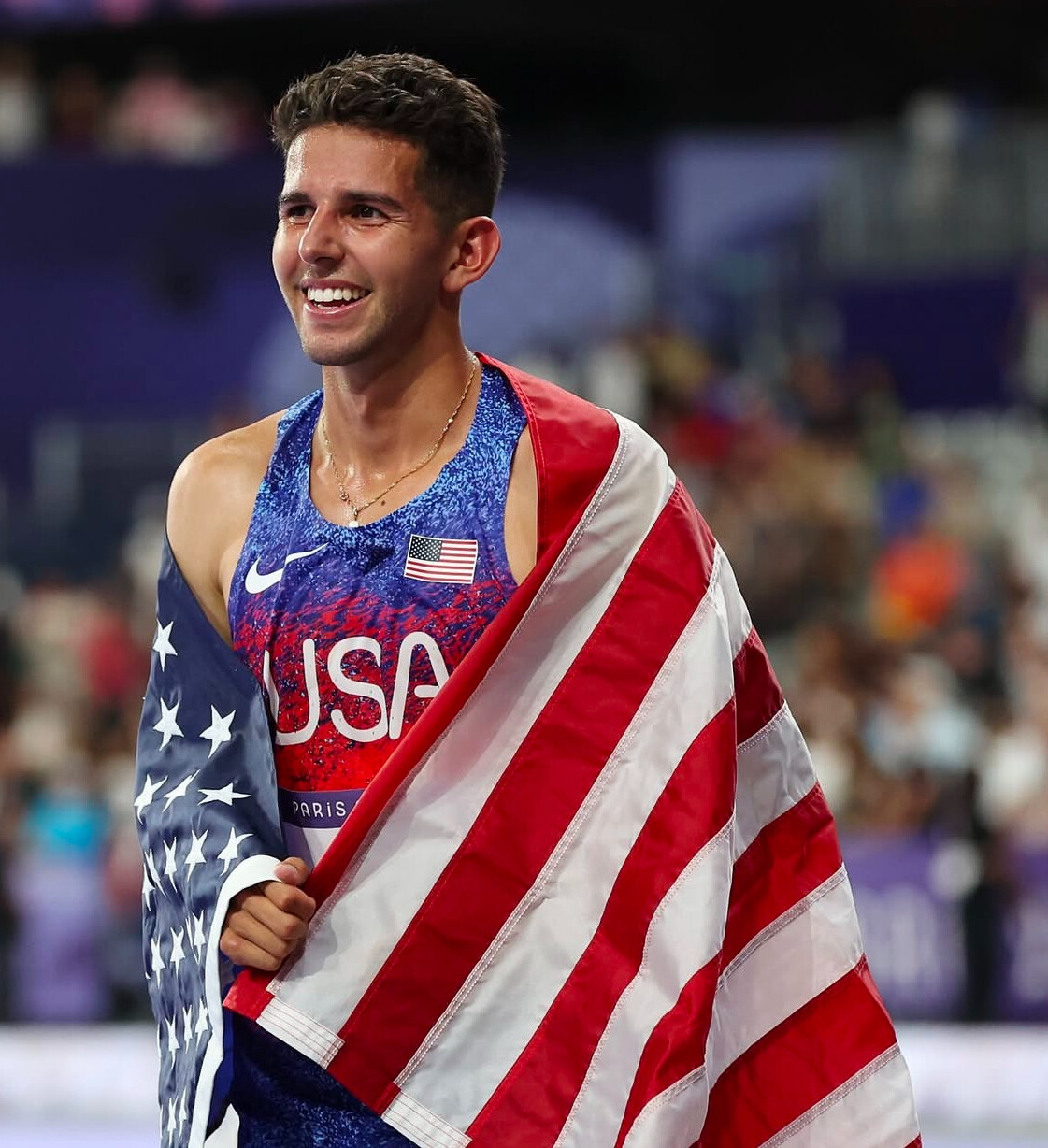
First Segment: A 2,000-meter interval, completed in 5:08.
Second Segment: Four 800-meter repeats, split in 2:06, 2:09, 2:08, and 2:08.
Final Segment: A 1,600-meter effort, where Fisher clocked an astonishing sub 4:00 mile to finish the session.
Between intervals, Fisher took controlled recovery breaks, with coach Scannell monitoring his blood lactate levels to ensure he remained within an optimal training range. Professional runner Sam Gilman assisted in pacing certain portions of the session, helping maintain consistency and push Fisher to his best effort.
A Career Defined by Breaking Barriers
Fisher’s ability to produce elite performances at the highest level is no surprise. Born on April 22, 1997, in Calgary, Alberta, and raised in Grand Blanc, Michigan, Fisher made history as a high schooler when he became the seventh U.S. prep athlete to break the four-minute mile barrier. He achieved this milestone in 2015 at the Festival of Miles in St. Louis, Missouri, clocking a 3:59.38.
After high school, Fisher attended Stanford University, where he further cemented his reputation as a distance-running star. Under coach Chris Miltenberg, he won the 2017 NCAA 5,000m title and earned 12 All-American honors. Fisher’s consistency and tactical intelligence on the track made him one of the most accomplished distance runners in Stanford history.
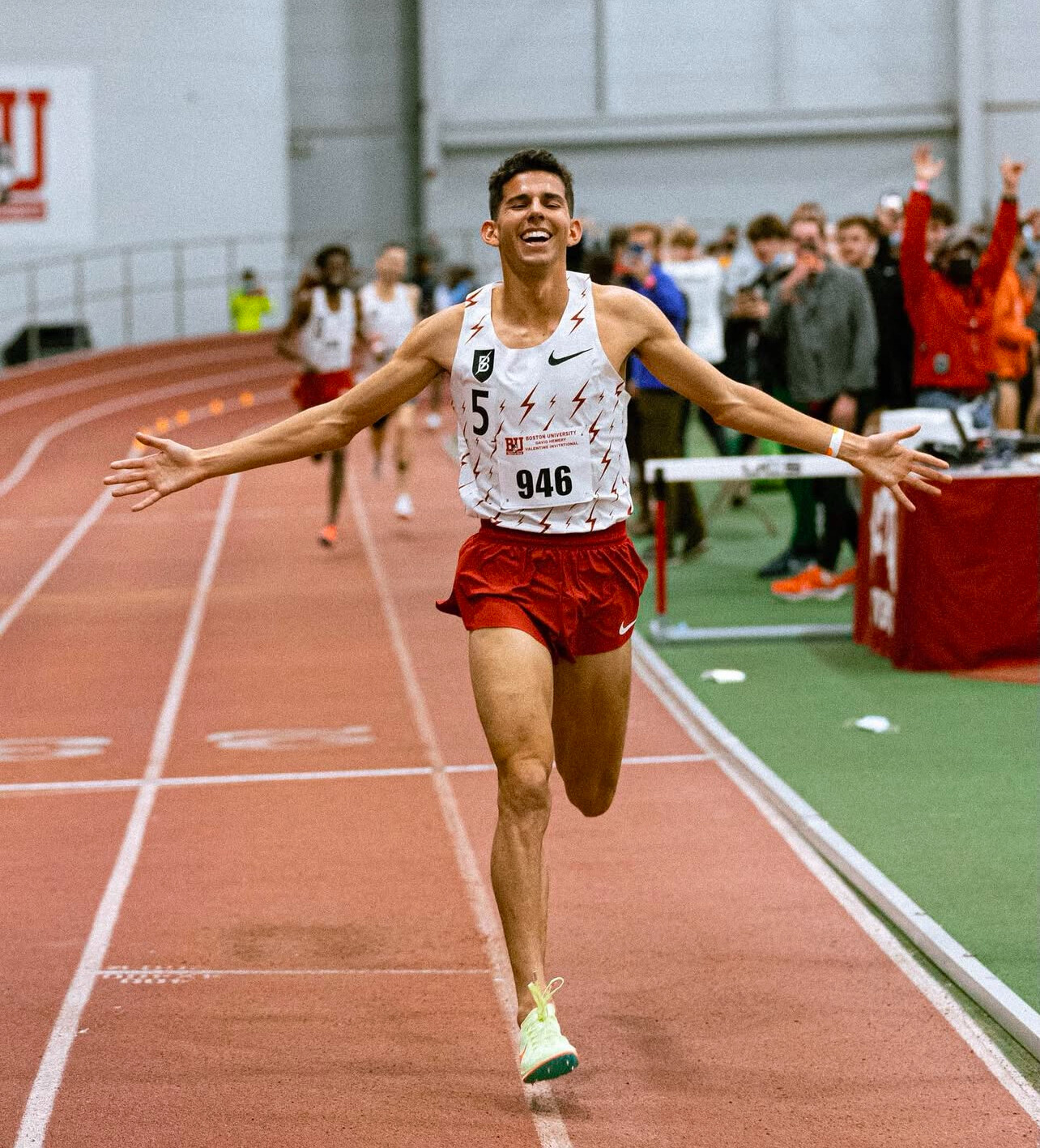
Turning professional in 2019, Fisher joined the Bowerman Track Club (BTC), training under coach Jerry Schumacher. The move propelled his career to new heights, as he set multiple American records, including:
3,000m: 7:25.47 (2023)
Two-mile: 8:03.62 (2023)
5,000m: 12:46.96 (2022)
10,000m: 26:33.84 (2022)
His performances placed him among the best distance runners in the world. At the Tokyo 2020 Olympics (held in 2021), he finished fifth in the 10,000m and ninth in the 5,000m, proving he could compete at the sport’s highest level.
Paris 2024 and Beyond
Fisher’s steady progression led to historic achievements at the 2024 Paris Olympics, where he became the first American to medal in both the 5,000m and 10,000m in the same Games, earning two bronze medals. This feat solidified his status as one of America’s greatest-ever distance runners.
As he prepares for the 2025 season, Fisher is expected to begin his campaign with a 1,500-meter race at the New Balance Indoor Grand Prix in Boston before focusing on the 3,000m and 5,000m during the indoor season. His long-term goal remains clear: to position himself as a gold medal contender at the 2028 Los Angeles Olympics.
Fisher’s ability to run a sub four-minute mile at the end of an intense workout speaks volumes about his fitness level and training discipline. As he continues to sharpen his form, fans can expect even greater performances from him in the coming months.
by Boris Baron
Login to leave a comment
Olympic rematch between medalists Jessica Hull and Georgia Bell headlines 2025 NYRR Wanamaker Mile
In January 2024, if Georgia Bell wanted to run in an indoor meet, she had to go to the World Athletics website, look up the meet director’s email address, and beg. Bell and her coaches, Trevor Painter and Jenny Meadows, would have to explain why a 30-year-old with a 4:06 personal best at 1500 meters and no accomplishments to speak of at the senior level deserved a spot on the start line.
In January 2025, meet directors are the ones begging Bell to run in their races. An Olympic bronze medal will do that.
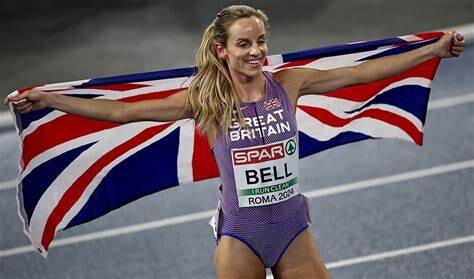
On February 8, Olympic silver medalist Jessica Hull of Australia and Bell will headline the women’s NYRR Wanamaker Mile at the 2025 Millrose Games in New York alongside World Indoor medalists Nikki Hiltz and Emily Mackay of the United States. One year ago, the idea of Bell headlining any race — let alone one of the most glamorous events on the indoor circuit — would have seemed laughable, mainly because most of the running world did not know Bell existed.
“A lot has changed in this past year,” says Bell in an interview with LetsRun.com. “Being invited to be at such a prestigious event like Millrose, I’m just really appreciative and really excited to step on the start line and race there.”
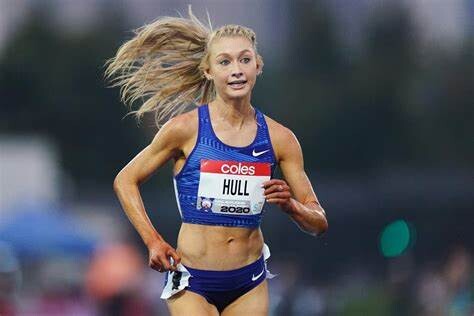
A new year brings a new reality for Bell
Being in-demand by race organizers is just one of many aspects of Bell’s new reality as an Olympic medalist. A year ago, she was working an office job in cybersecurity, waking up at 6 a.m. to cycle before work and heading to the track for a session at 7 p.m. once she had finished. Now Bell is a full-time professional runner. Her shoe contract with Nike offers many benefits, not least of which is the freedom to sleep in until 9 a.m. if she so desires.
Bell’s goals have also evolved significantly over the past 12 months. This time last year, her biggest goal for the year was to make the British team for World Indoors.
“That was kind of my Olympics,” Bell says. “I was like, maybe if I really try, [I could make the team because] I thought a lot of people would be skipping indoors because they’re focusing on Paris in the summer.”
Bell did make the team and finished fourth in the 1500m final in Glasgow, one of many surprises in a breakout season that saw her drop her personal bests from 2:03 in the 800 and 4:06 in the 1500 to 1:56 and 3:52.
In 2025, Bell is thinking much bigger. Once again, she is targeting World Indoors, which will be held in Nanjing, China, from March 21-23, and this time, she wants a medal. Bell also plans on running at the European Indoor Championships in Apeldoorn, the Netherlands (March 6-9), as well as the outdoor World Championships in Tokyo (September 13-21).
”I want to come away with as much hardware as possible,” Bell says. “So that means competing at all of the major championships.”
But first is a trip to the United States, where Bell plans on racing at the New Balance Indoor Grand Prix on February 2 before heading down to Millrose six days later for a race that will look very similar to last year’s Olympics. While Olympic champion Faith Kipyegon will be absent — she has not run a single indoor race during her decorated career — four of the top seven from the women’s 1500m final in Paris will be at Millrose.
by Jonathan Gault
Login to leave a comment
NYRR Millrose Games
The Pinnacle of Indoor Track & Field The NYRR Millrose Games, first held in 1908, remains the premier indoor track and field competition in the United States. The 2025 edition will once again bring the world’s top professional, collegiate, and high school athletes to New York City for a day of thrilling competition. Hosted at the New Balance Track &...
more...Canadian 800m Olympian Madeleine Kelly announces retirement
The three-time national champion looks forward to a new chapter spent with her husband, Jeremy, and their new puppy, Pickle.
Three-time Canadian 800m champion and Tokyo Olympian Madeleine (Maddy) Kelly capped off an incredible 15-year career on Tuesday; the 29-year-old took to Instagram to officially announce her retirement.
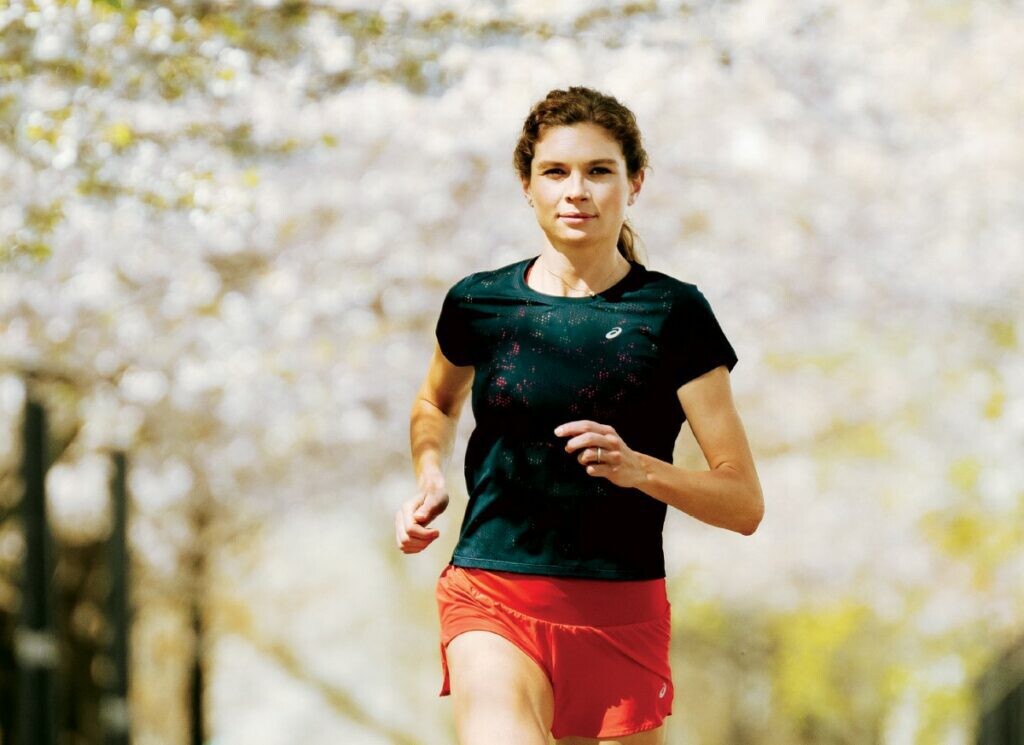
Kelly had run professionally for ASICS since 2022 and has written for Canadian Running since 2018. She built an extensive resumé, earning spots on five national teams at World, Commonwealth and Olympic championships, partnering with various brands and joining the RBC Olympians program. Looking back at her experiences as a runner, Kelly says she wouldn’t change a thing.
“I’m so proud of my career and how it turned out,” she told Canadian Running. “I wouldn’t change anything.”
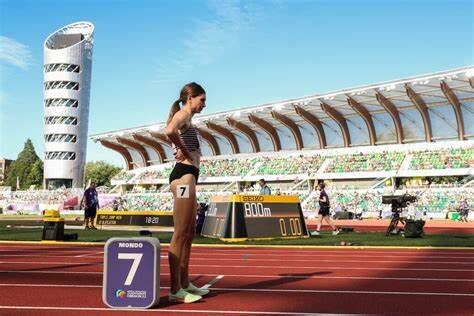
The Pembroke, Ont., native was first coached by Terry Radchenko in 2013, during her first year competing for the University of Toronto (U of T). Radchenko became one of the most influential figures in Kelly’s life, coaching her throughout her post-collegiate career. When asked which people taught her the most, Kelly responded, “Terry is number one.”
One of Kelly’s top-two favourite running memories comes from her time at U of T, when the Blues squad raced to a CIS (now U Sports) cross-country title in Victoria in 2017, Kelly’s final year. “We were really a team of 800m runners going up against some of the best distance squads in Canada,” she says. “And it was the first year running 8K.” (Women previously raced 5K.)
“The weather was horrible,” Kelly continues. “I don’t remember, but my teammate told me I woke up and said, we’re going to win today, and then we did. It was such a cool and special experience.”
Another favourite memory for Kelly is winning her first national title, at the 2019 Canadian Bell Track and Field Championships in Montreal. She clocked 2:02.37, edging out Canadian 800m record holder Melissa Bishop-Nriagu by three hundredths of a second. “That was a big day that really changed how I saw myself in the sport,” Kelly says. She went on to add two more Canadian titles to her collection, in 2022 and 2023, and dipped under the elusive two-minute barrier twice. Her personal best of 1:59.71, which she ran in 2022, stands as the eighth-fastest among Canadian 800m runners.
“Competition and I are in a weird place right now,” Kelly says. “But I still run almost every day. I love running–my relationship with running is in the best place it’s been for a while.” The athlete, now living in Hamilton with her husband, former 1,500m runner Jeremy Rae, keeps herself busy in this new chapter of her life with a new job in marketing, Pilates and their new dachshund puppy, Pickle.
She is also quick to acknowledge her former sponsor, ASICS. “I’m so grateful to the running community and everything running has given me,” Kelly says. “ASICS was amazing. It’s the end of this first chapter–but I’m excited to be a track and field fan now. There are always new people, so I’m excited to continue to follow the event.”
The end of 2024 marked the close of a handful of elite Canadian athletes’ careers. 5,000m Tokyo Olympian and two-time national champion Julie-Anne Staehli, who ran professionally for Team New Balance Boston, also announced her retirement from competition on the final day of 2024. On Instagram, the 31-year-old wrote “I still have so many goals in this sport, but I’m ready to start the next adventure.”
by Cameron Ormond
Login to leave a comment
Save or Splurge? How to Decide Which Running Gear is Worth Your Money.
Not every piece of gear is worth it—here’s how to tell.
Running, at its core, is a relatively low-gear sport, but people love to bemoan that it’s increasingly expensive. I agree—paying $120 for a long-sleeve T-shirt or shelling out hundreds for compression boots seems bonkers to me.
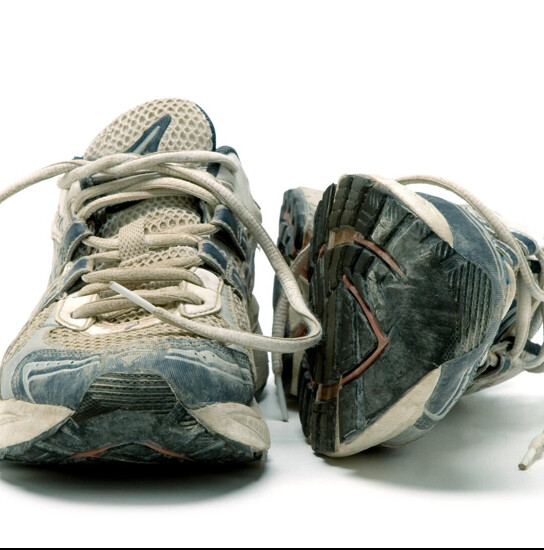
I’ve been running for 10 years now, and for most of that time, I’ve been a broke student or frugal post-grad. I enjoy the competitive element of running, so I typically invest only in pieces that affect my performance. While shopping, I commonly ask myself: Will this make me a better runner, or would it just be nice to have?
Here’s my hard-earned wisdom—from head to toe—about where to splurge and where to save a few bucks.
Hats → Save
I rarely buy hats. And if I do, I buy them for cheap. Caps are a utility to me, and as long as they keep my face shaded and head ventilated, I don’t care too much about appearances. Plus, I sweat regardless, so the fancy ones that claim to be extra breathable seem pointless to me. Each time I go to a major marathon for work, I feel like I come home with at least one new cap. They’re a common freebie at brand events and expo booths.
Shirts → Save
This is another place where I save dough. I don’t obsess over fancy features like UV protection or worry if the material is ultra-breathable. I just wear sunscreen and go shirtless on a hot day.
I still have tech tees that my mom bought me in high school at the outlet mall, and some of my favorite tops have been clearance-rack finds at Marshalls. And you know those “free” shirts you get for signing up for a race? I wear them! Even if they’re ugly. Finally, I’m not afraid to wear cotton—it gets a bad rap, but there’s something poetic about sweat stains proving that you put in some effort.
Shorts → It Depends
For split shorts, I buy them cheap. For half tights, I splurge.
All I’m looking for in split shorts is a loose fit, a comfortable liner, and a little pocket for my house key. I like my short shorts short, so you’ll rarely see me wearing anything longer than a 5-inch inseam. My old Baleaf 3-inch and Nike Challenger 2-inch split shorts have served me well over the years.
Since half tights mean more material on my skin, investing in higher-quality fabrics is worth it. Plus, premium versions tend to have more-secure pockets. I used to hate running with my phone because I didn’t like carrying it, but I got a pair of Janji 8-inch trail half tights that have plenty of pockets and lock my phone into place. They’re worth the $82 to me.
Socks → Save
This might be my hottest take yet, but I like cotton socks. There, I said it! Some of my favorite cheap socks come in a six-pack from Dick’s Sporting Goods. My feet sweat a lot, and I’ve found that socks that are mostly made of cotton help mop up the perspiration better than pricier, “sweat-wicking” polyester (ironic, I know). I will say, I do have some running-specific socks that I enjoy. I usually wear Near Earth crew socks during races (which are a steep $24 per pair). They look sleeker than my white cotton Nike crews, and they match my race-day outfit better since they’re logo-less.
Trainers → Splurge
I believe that trainers are the single most important investment in a running wardrobe. However, shoes are freakin’ expensive nowadays, and if you run a lot, the money adds up. While I don’t recommend buying used shoes, I often scour the internet for last year’s models. Shoe tech has gotten so good in recent years that the difference between the 2023 version of a popular trainer and the 2024 pair isn’t much, and yet saves you a decent amount of money. I scored a new pair of the New Balance 1080 v12, which debuted in the spring of 2022, for under $100
Racing shoes → Splurge
Most marathoning super shoes are north of $200, and while I certainly notice a performance improvement—they’re a nonnegotiable at the elite level now—I’m sparing with how often I lace them up. I do a lot of my workouts in trainers or in old racing shoes that are nearing the end of their lifespan so I can save my good pair for key workouts and races. Lately, my Puma Deviate Elite 3s ($230) have been my weapon of choice. On race weekends, I try to avoid wearing them on shakeout runs, walking around the city, or even on my warmup jog before my race, if I can help it. Many carbon-plated shoes start to degrade around 200 miles, so every mile counts.
Sunglasses → Save
Good news: High-quality sunglasses can be pretty affordable! Sunglasses are easy to forget in a hotel room or sit on in your car (I would know), so I’ve never splurged on a fancy pair. Goodr has been leading the charge, with polarized options starting at only $25. I have three pairs.
Watches → Save
In high school, I bought a bare-bones Garmin Forerunner 10 for around $100, which I wore until the strap broke and I got frustrated with the glacially slow GPS signal. In college, I upgraded to the Forerunner 35 ($150). It served me well, but again, it was slow and lacked some basic features, like a lap button.
Now I have a Forerunner 955—close to the top-of-the-line at $500—that one of our gear editors passed along to me after he got a new watch. I like it better than my first two, but I’m not sure I would shell out my own money for one. I really only need the basics, not the fancy features like ground contact time or suggested workouts. One day, I dream of running with only a simple digital stopwatch, but I can’t will myself to leave the world of GPS yet.
Gloves → Save
Pennsylvania’s Lehigh Valley, where I live, can get cold, but I’ve found that cheap gloves do the trick. I’ve had a $30 pair of Nike basics from a sporting goods store that have done the job for close to a decade. Sometimes, if it’s abnormally cold, I’ll layer two pairs of thin gloves, thus eliminating the need for an expensive ultra-insulated pair.
Outerwear → It Depends
Soft layers, like pullovers, hoodies, and long sleeves, don’t need to be fancy. I cherish my college sweatshirts. But shell layers—rain jackets, windbreakers, insulated jackets—are worth the investment. The difference between being wet and shivering versus dry and comfortable is enough to make me pay a little extra. My Lululemon Fast and Free jacket ($148) is lightweight and totally worth it.
Login to leave a comment
Racing Super Shoes Will Be Lighter, More Responsive, and Likely Even Faster in 2025
New models from Adidas, Brooks, Hoka, On, Puma, and Saucony highlight a speedy new crop of racing and training super shoesEager to run a new personal best in the marathon in 2025? Or are you itching to crank out a quicker half marathon than you ran in 2024? Or maybe a fast effort in a trail race? The continued evolution of speedy shoe technology will be on your side. With new midsole foams and propulsion plate configurations, top-tier racing shoes will be lighter, more responsive, and presumably faster in 2025.
That goes for both road racing and trail racing super shoes that will be hitting running shops from late winter to early summer.Asics, New Balance, and Under Armour will have lighter and more energetic road racing shoes coming out by late spring, while Nike is expected to release its Ultrafly 2 trail racing super shoe in June. While those models are still under embargo, we’ve got the scoop on several race-day super shoes and high-performance training shoes unveiled at The Running Event trade show in November in the roundup below. We haven’t fully wear-tested these shoes yet, so it’s just a preview of what’s to come. When wear-testing is complete, we’ll produce both first-run reviews and in-depth multi-tester reviews with input from the Outside wear-test team and data from the Outside Gear Lab in Denver.2025 Road Racing Super Shoes
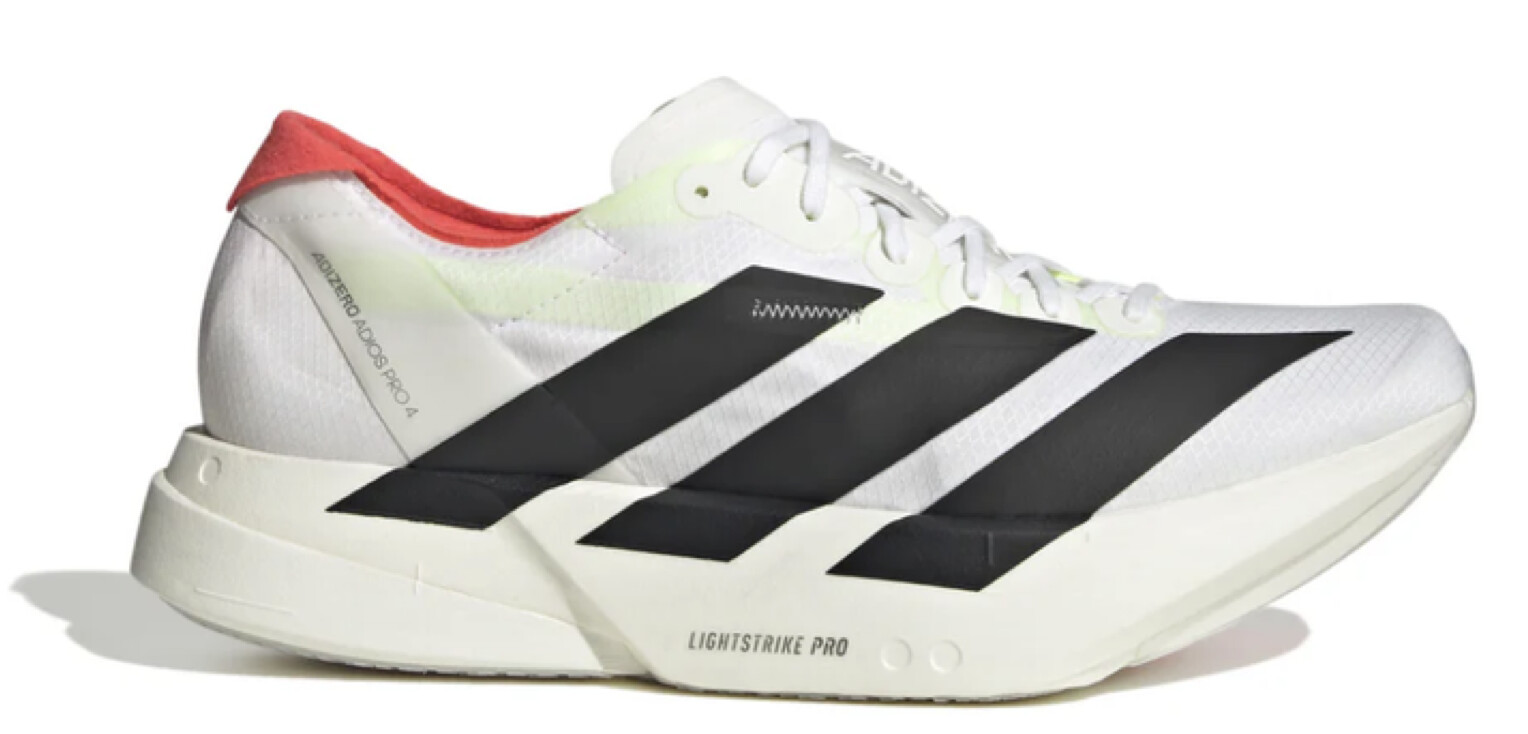
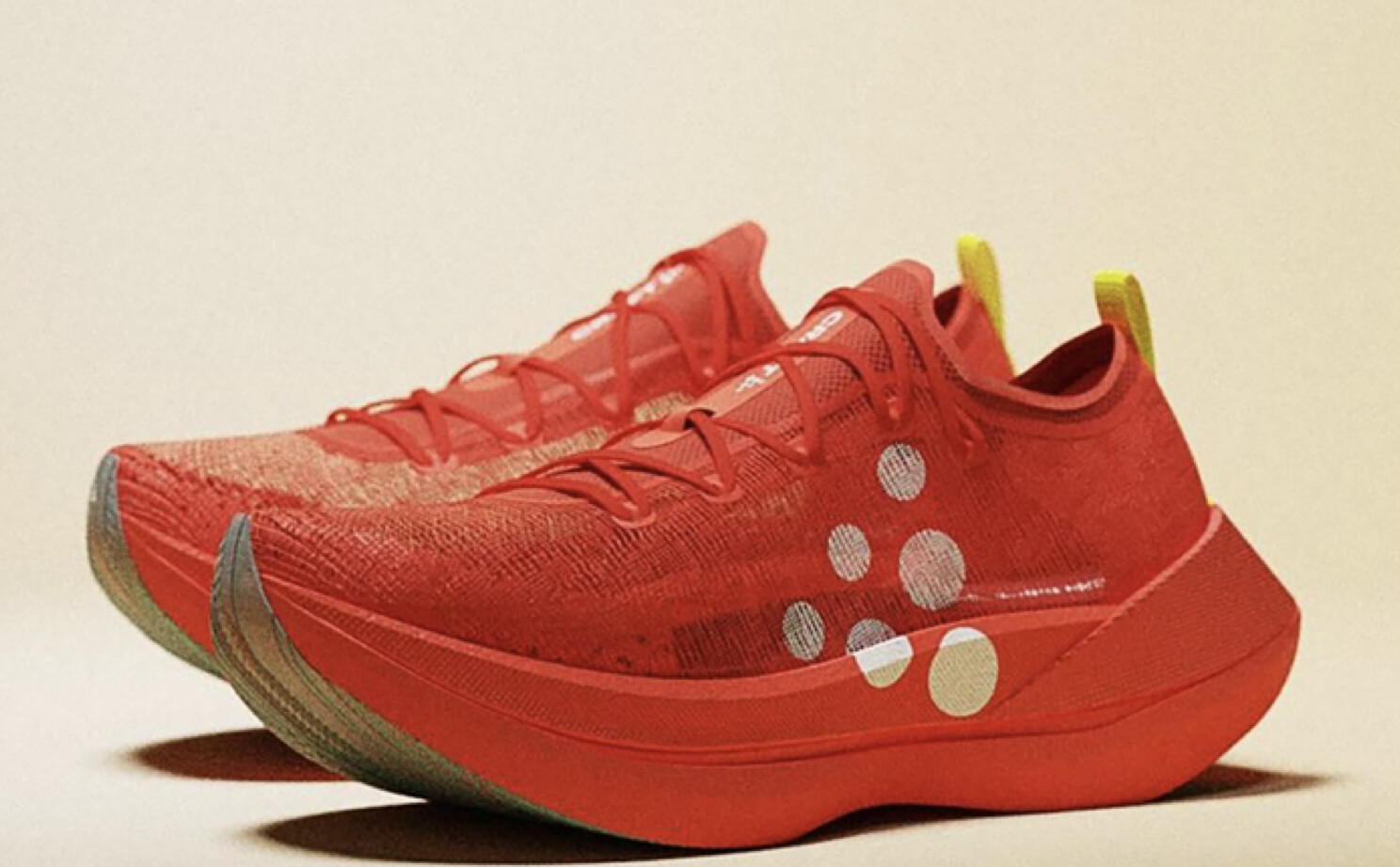
Adidas Adizero Adios Pro 4, $250
Approximate Weights: 6.0 oz. (women’s 8), 7.0 oz. (men’s 9)Heel-Toe Offsets: 6mm drop; 39mm (heel), 33mm (forefoot)Release Date: January
The Adizero Adios Pro 4 was released in limited numbers just before the Berlin Marathon in September, but it will hit stores in mass quantities worldwide in January. It’s been updated with a bouncier Lightstrike Pro midsole, a lighter, stronger stretch-mesh upper with internal locking bands, a new configuration of the Evo Pro EnergyRods, and an aggressive new geometry in which the forefoot rocker point is at 60 percent of the shoe’s length. Several Adidas pros raced in this shoe in the New York City Marathon, including women’s winner Sheila Chepkirui and men’s runner-up Evans Chebet.Brooks Hyperion Elite 4 PB, $250
Approximate Weights: 6.6 oz. (women’s 8), 8.6 oz. (men’s 9)Heel-Toe Offsets: 6.5mm drop; 38.5mm (heel), 32mm (forefoot)Release Date: February
Brooks has been working on enhancing its top-tier road racing shoes for several years. It released the Brooks Hyperion Elite 4 with its DNA Flash v2 midsole compound prior to the 2024 U.S. Olympic Trials Marathon last February, but early in 2025 it will release the Hyperion Elite 4 PB with the brand’s new DNA Gold supercritical midsole foam, a very light and responsive nitrogen-infused 100 percent Peba material, and a very light and airy knit-mesh upper.Brooks Hyperion Elite 5, $275
Approximate Weights: 5.8 oz. (women’s 8), 6.9 oz. (men’s 9)Heel-Toe Offsets: 8mm drop; 40mm (heel), 32mm (forefoot)Release Date: JulyBrooks had hoped to keep the Hyperion Elite 5 under wraps by showing it under embargo at The Running Event trade show, but someone leaked it so it decided to release the details and images of it. It has a DNA GOLD 100 percent PEBA foam midsole with a unique series of half-orb bubble configurations under the arch for optimal compression and decompression. It also has a very light and airy knit-mesh upper and minimal outsole rubber to keep it as light as possible.Craft Kype Pro, $300
Approximate Weights: 5.8 oz. (women’s 8), 6.9 oz. (men’s 9)Heel-Toe Offsets: 8mm drop; 40mm (heel), 32mm (forefoot)Release Date: March
Craft says the unique heel split design of its new Kype PRO racing shoe significantly reduces the contact surface area between the shoe and the ground, allowing for quicker toe-offs and a more efficient stride pattern. The skeleton-like carbon-fiber propulsion plate (developed in collaboration with Arris) embedded in the midsole of its Peba-based Xx midsole foam weighs less than half of an ounce and has a split heel design and enhanced stiffness The ultra-light AeroMesh knit upper is made from a durable mono yarn knit that offers support, pliability, and breathability, while the bottom of the shoe features a thin, lightweight rubber outsole was developed with Italian bicycle tire manufacturer Vittoria.Hoka Cielo X 1 2.0, $275
Approximate Weights: 7.0 oz. (women’s 8), 8.1 oz. (men’s 9)Heel-toe offset: 10mm; 48mm (heel), 41mm (forefoot)Expected launch: February
Login to leave a comment
'I'll be back in the 757!'-Quincy Wilson makes huge waves with emotional return announcement for 2025 season
Quincy Wilson is set to return to the track, announcing his first race since his Olympic triumph in Paris.
America's teenage sprint sensation Quincy Wilson has announced his highly anticipated return to the track, months after winning a gold medal at the Paris Olympics.
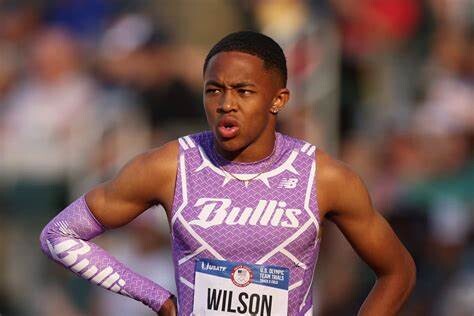
The 16-year-old athlete revealed that he will be making his first appearance at the VA Showcase in Virginia Beach, Virginia, marking a new chapter in his remarkable athletic journey.
Wilson, who skyrocketed to fame in the track world earlier this year, first caught the spotlight during the New Balance Nationals Indoor Championships.

His performances throughout the season were nothing short of extraordinary, setting new personal bests in the 400m and establishing himself as one of the top junior athletes in the country.
Wilson made his mark at the U.S. Olympic Track and Field Trials, held at Hayward Field, where he captivated fans with his speed and determination.
"I'll be back in the 757!!" Wilson wrote on Instagram, announcing his return to competition.
His words stirred excitement among fans, as the VA Showcase will be his first race of 2025 and the track community is eager to see how he builds on his remarkable success.
Wilson's commitment to returning to the track after his historic Olympic achievement is a testament to his relentless pursuit of greatness.
At the U.S. Olympic Trials, Wilson made history by breaking the U18 400m World Record twice, stunning the track world with his incredible performances.
Despite finishing sixth in the finals, his efforts earned him a spot on the U.S. team for the 4x400m relay at the Paris Olympics.
There, the team claimed the gold medal, and Wilson became the youngest U.S. male athlete to win an Olympic gold in track and field.
Since the Olympics, Wilson has taken time to reflect on his journey, concluding his season and focusing on other aspects of his life, including college visits.
“I want to take a moment to speak to everyone out there who's faced doubt or fear. One of my most important lessons I've learned is to never ever doubt yourself. Believe in yourself. It's the foundation of everything, whether it's sports, life, or anything you pursue,” Wilson wrote, inspiring countless fans and aspiring athletes.
“There were many times when I didn’t know if I could make it, but I learned that if you trust yourself, keep working, and stay focused on your goals, the possibilities are endless,” he continued.
This empowering message resonated with many of his followers, reinforcing his belief in the importance of self-confidence and perseverance.
In recognition of his incredible accomplishments throughout 2024, Wilson was named the USATF Youth Athlete of the Year.
This prestigious award highlighted his growth as an athlete, his unwavering determination, and his contributions to U.S. track and field.
At the ceremony, he took the opportunity to express his gratitude, thanking his family, friends and coach for their continuous support.
by Festus Chuma
Login to leave a comment
Pro runner’s next-level workout on the road to L.A. Olympic medal
The newest member of team New Balance Boston, Parker Valby, has settled into her Boston life with her fellow Olympian training partners and coach Mark Coogan. After setting NCAA records in the outdoor 5,000m and 10,000m, the former Florida Gator began her professional running career as a New Balance athlete. A video posted by FloTrack on Wednesday dove into a soft-surface November workout during the base-building season in the lead-up to the indoor track season–which Valby demolished.
“Most people don’t know Parker as a person,” Coogan said. “They just see her as a runner. She’s a wonderful young lady and she’s fitting in great.” The 22-year-old announced her surprise signing with New Balance in October, unexpectedly straying from Nike after becoming their first female track and field athlete to sign a Name, Image, Likeness (NIL) deal. Industry sources report that Valby’s contract is upwards of USD 700,000 and will be in play until well past the 2028 L.A. Olympic Games.
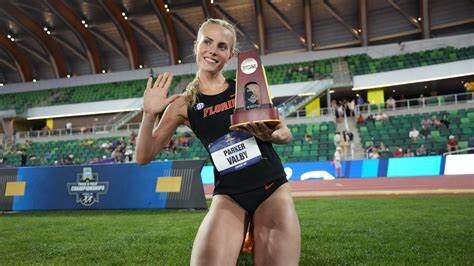
“It was definitely a learning experience,” Valby said about her time at the Paris Olympics. “It was my first time racing outside the NCAA. I’m very grateful for the experience and the lessons I took from it–it wasn’t my ideal performance that I wanted, but I’m happy that I did it in hindsight, so I can be ready for L.A.”
“Parker said she wants to get a medal at the Olympics in L.A.,” Coogan added. “She’s gonna make us better, and hopefully we can make her better and she can do big things in the future.”

The workout path was roughly 1,000m, though Coogan admitted he wasn’t sure of the exact distance. The coach was aiming for the team to have a solid workout where the athletes could stick together. The target effort for the cross-country-style workout was to begin at threshold pace (comfortably hard). Other pro athletes at the practice include Paris Olympian Emily Mackay, 2020 Olympian Heather MacLean, and Coogan’s daughter, Katrina Coogan.
The workout: 3 x (2K, 2 minutes, 1K)
Set 1: 2 loops: 6:38, 1 loop: 3:06
Set 2: 2 loops: 6:20, 1 loop: 3:02
Set 3: 2 loops: 6:01, 1 loop: 2:50
The video shows Valby sharing the lead with her teammates before pulling away from the group during the final set. An extra 1K loop was added on, which Valby completed in 2:53.
Although Valby is younger and less experienced than her teammates, Coogan says she’s a bit stronger than the other women because she comes from a 10,000m background. The other athletes’ main events are 1,500m and 5,000m.
“We work together, we meet in the middle,” Valby said. “Train with others to make yourself better.”
According to MacLean, the team has tried to create a culture of respect and support. “[Parker] brings a fresh new perspective to everything,” she said. “I learned something from her, I hope she learned something from us.”
“Almost like a college cross-country team, we’ve made a team into a family, and I think that’s one of the reasons we’re so successful,” Coogan said. His Instagram revealed that the team hit the indoor track for the first time last week. If all the athletes stay healthy, the whole New Balance Boston team will open their season at the New Balance Grand Prix on Feb. 2.
by Cameron Ormond
Login to leave a comment
LA 2028 Summer Olympics Games
Discover how the Los Angeles Candidature Committee describes their vision for the Games and the legacy they plan to leave behind: For centuries, people have been following the sun to California – to a coastal paradise of beautiful weather, inspiring landscapes and an ocean of possibilities. Since it was first settled, LA – the City of Angels – has built...
more...Valencia Marathon up in the air after flooding hits region
As severe flooding continues to affect many areas of Spain, the 2024 Valencia Marathon, scheduled for Sunday, Dec. 1, may face cancellation. According to recent reports, Valencia is under high alert due to the resurgence of storms that recently left parts of the city submerged in mud and debris, killing more than 200 residents. The recent rainfall and damage raise concerns about the city’s ability to safely host an event of this scale in two weeks.
Though the marathon course was relatively unaffected by the Oct. 29 storm, widespread damage elsewhere has led organizers to consult with local authorities to determine whether the race can safely go forward.

The race’s lead sponsor, New Balance, has already scaled back its plans, cancelling the hospitality and activation events planned around the marathon. On Wednesday, the brand sent an email to ambassadors, influencers and athletes, showing support for Valencia: “While the city is focused on recovery efforts, we still believe this event could bring the running community together in solidarity with Valencia. Runners are encouraged to defer their participation to 2025 and 2026, though New Balance will continue to provide bibs and accommodations for this year’s participants if it goes ahead.”
The marathon has historically drawn more than 30,000 runners from around the world, bolstered by its reputation as one of the world’s fastest courses. However, safety concerns have already led the city to cancel this weekend’s Grand Prix motorcycle race (2024 Valencia GP). A source within the Valencia Marathon organizing committee has indicated that while they are committed to moving forward if possible, the decision ultimately rests on government officials and local authorities.
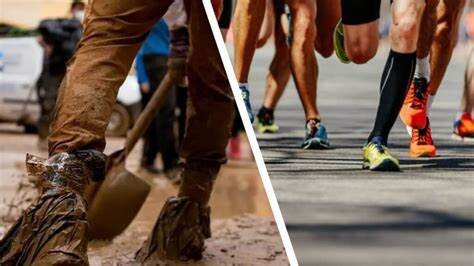
Some athletes have already begun exploring alternatives, including Toronto’s Cory Nagler, who has invested nearly CAD $4,000 in flights, trains, accommodations and entry fees to run Valencia. Nagler, who has trained for the last six months, still remains hopeful but is preparing backup plans. “Valencia is still plan A, but Turin is plan B,” he says. Nearby marathons in Italy (Turin and San Remo), scheduled for the same day, offer potential options for thousands seeking certainty.
The race has told registrants they plan to make a decision in the near future, as the officials continue to monitor the safety and feasibility of holding one of the year’s biggest international running events amid ongoing recovery efforts.
by Marley Dickinson
Login to leave a comment
VALENCIA TRINIDAD ALFONSO
The Trinidad Alfonso EDP Valencia Marathon is held annually in the historic city of Valencia which, with its entirely flat circuit and perfect November temperature, averaging between 12-17 degrees, represents the ideal setting for hosting such a long-distance sporting challenge. This, coupled with the most incomparable of settings, makes the Valencia Marathon, Valencia, one of the most important events in...
more...How an Indian tech company built a $19 billion brand by sponsoring the New York City marathon
Typically, when a company decides to sponsor a major event, it is looking to build awareness throughout a broad cross section of consumers for its products. So when TCS, the tech services unit of Tata Group, a large Indian conglomerate that is hardly a household name in the U.S., first announced it would be the title sponsor of the New York City marathon in 2013, it was a bit of a head-scratcher.
After all, TCS sells its services to businesses, not individual consumers, nor is it in the running business. But on the eve of the 10th anniversary of the first race in that sponsorship, which has since been renewed through 2029, TCS chief marketing officer (second photo) Abhinav Kumar says it has been a massive success. “It’s a phenomenal, phenomenal event for engagement,” Kumar tells Fortune in an interview over Zoom, speaking from his office in Brussels. Kumar cites a statistic from an outfit called Brand Finance, saying that the TCS brand is now worth $19.2 billion, up almost ninefold from 2010, thanks in large part to growing awareness of the name.
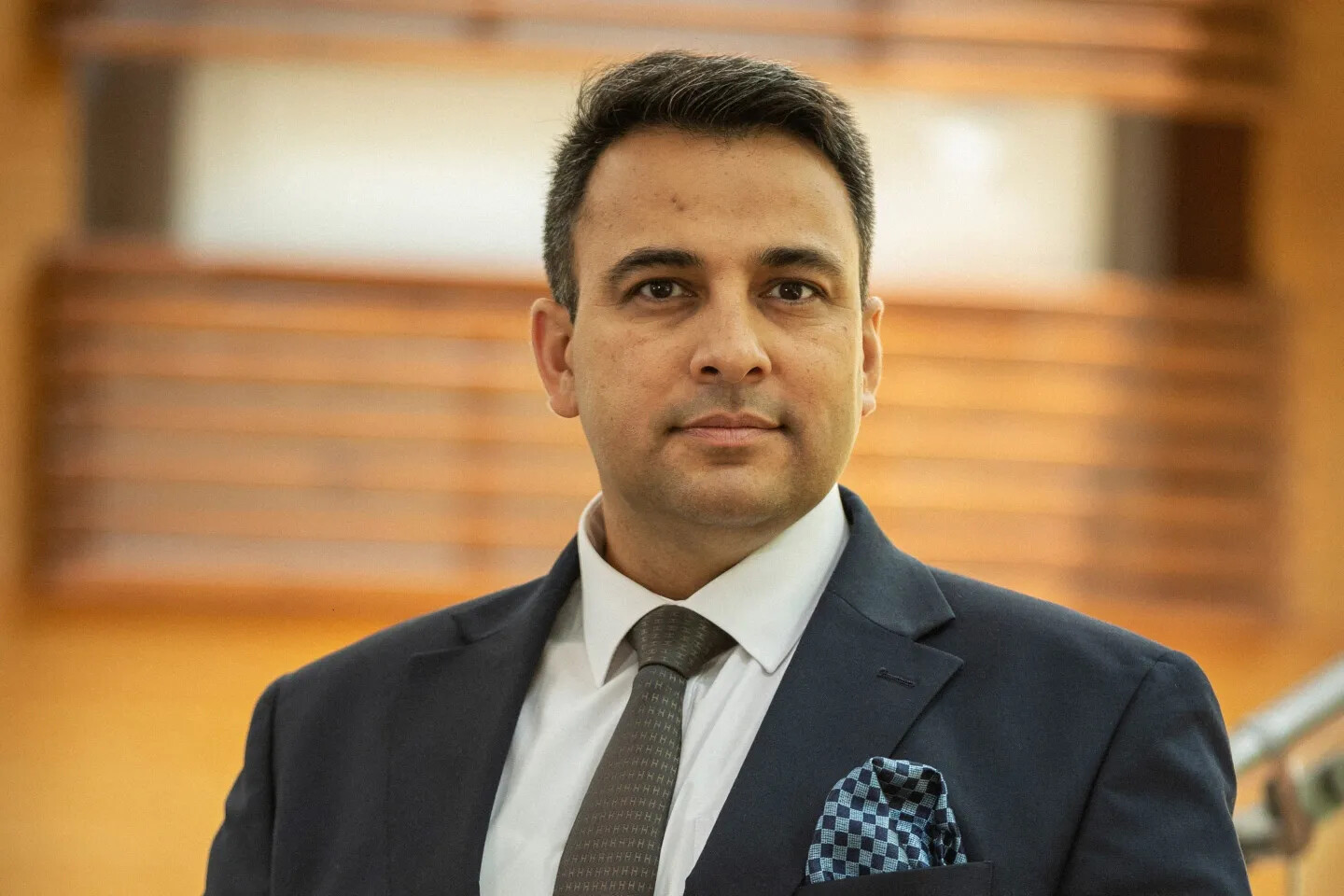
When TCS announced the sponsorship with the New York City marathon organizer, New York Road Runners, it was already the sponsor of a race in Mumbai, where it is headquartered, and the Amsterdam marathon. But it was also sponsoring events in other sports like cricket, and TCS realized it would be better off concentrating its efforts in one sport. (It still sponsors a Formula E event, but otherwise it’s focused on running.)
Since landing New York’s marathon, TCS, which spends $40 million a year on sports sponsorships, has picked up the London and Toronto marathons, with the recent addition of Sydney, Australia. In all, TCS sponsors 15 road races around the world, all but two of them marathons. (It is the title sponsor for most of those races, but for the Chicago and Boston marathons it is the technology sponsor only, not the title sponsor.)
Consolidating its sports sponsorship dollars into one sport is allowing TCS to get more marketing bang for its buck by creating visibility more regularly throughout the year, rather than diffusely at unrelated events, Kumar adds. So while this sponsorship is unusual in that it is not by a brand like New Balance, Brooks, or Nike looking to sell to consumers, it raises TCS’s visibility very strategically, reaching as many people as possible through a relatively small number of major events. The New York City marathon is the biggest in the world with more than 50,000 finishers and hundreds of thousands of spectators lining the 26.2-mile run through the city’s five boroughs.
“Our industry, our product is invisible,” says Kumar. So the focus on running allows TCS, which is part of the massive Tata Group, crucially to get in front of a lot of executives given running’s deep reach into the professional class. “We are engaging with 4,000 business executives with our running platform. But we also see a rise in the sport, and the corporate sector is taking up fitness in a big way,” he says.
TCS’s sponsorship work with the big marathons goes beyond just slapping its name on the race. For the 2014 New York marathon, TCS built an app for both athletes and spectators. (TCS’ predecessor as the New York marathon sponsor was Dutch bank ING, which had planned on using the sponsorship to develop a larger retail banking presence in the U.S., a business from which it has since withdrawn.)

Over the years, the New York City marathon app has grown more sophisticated with a view to making the race what Kumar calls “the most technologically advanced marathon.” For years, the app offered athlete tracking. And then two years ago, TCS added live broadcast capabilities, enabling the race to be seen in 150 countries, bringing the event to new audiences.
Now TCS is tinkering with augmented reality and last year created what it calls the first digital heart of a professional runner, namely prominent female marathoner Des Linden, meaning it helped build a digital twin that allowed her to measure her health and performance and transform her training. Kumar says he hopes the tech can eventually help a runner finally break the two-hour marathon barrier. But perhaps more crucially, this aspect of the sponsorship allows TCS to showcase its tech in a way that could garner interest from clients like health care providers and medical device makers.
“It’s an opportunity for us to get our brand engaged with a larger set of people in an experiential manner,” says Kumar. Still, don’t expect TCS to go around snapping up all that many more races, given the costs of sponsorship. The marathons TCS wants to sponsor are typically large events in gateway cities and where it has a large business presence.
There’s a personal side to this story, too, Kumar says. TCS’s former CEO N. Chandrasekaran took up running for health reasons. To spread the word about the value of running for health and wellness, he created a health app for employees years ago. Now, of the 600,000 TCS employees, some 200,000 are runners at a variety of distances, says Kumar, who despite his nickname as TCS’s “chief marathon officer,” a play on the CMO title, does not himself run.
“It’s become part of the identity of our company, and it’s unleashed this revolution of wellness inside our company,” says Kumar.
by Phil Wahwa (Fortune)
Login to leave a comment
Jenny Simpson is Retiring after the New York City Marathon and Starting a New Adventure
After concluding a stellar, 20-year career, the Olympic bronze medalist will embark on a 50-state running-infused van-life tour of the U.S. with her husband, Jason, in 2025
Jenny Simpson will go down in the annals of American running as one of the greatest of all time. No question about it.
So as she approaches what is likely the last elite-level race of her long and storied career at the November 3 New York City Marathon, she has nothing to prove, no one to impress, and no specific performance goal that she needs to attain to secure her legacy.
As a four-time global championship medalist in the 1500 meters—including a victory in the 2011 World Championships in Daegu, South Korea, Diamond League title in 2014, and bronze medal at the 2016 Rio Olympics—Simpson has long been destined to go down as one of the best runners in U.S. history.

Add to that three Olympic appearances, 11 U.S. titles, three NCAA championships, eight top-10 finishes in international championships, eight Fifth Avenue Mile victories, six NCAA records (in six different events), and two American records (in the 3,000-meter steeplechase), and Simpson will rank among American legends for decades to come.
The fact that she’s been earnestly training to finish her career with a strong marathon performance in New York City epitomizes much of what the 38-year-old runner from Boulder, Colorado, has been about during her 20-year career. She’s not necessarily going out on top—that, she says, would have entailed making the U.S. Olympic team in the marathon for the Paris Olympic Games. But she is going out on her terms: focused, tenacious, and relentless to the end. It’s an opportunity afforded to few athletes, and even fewer distance runners.
“When I say I’m feeling good, it’s that I’m really excited for New York and I feel like I have a really, really good sense about my ability to run well,” she says. “I’m not going into it saying I’m gonna set the world on fire and be the top American or run 2:25 on that course. But I just know as good as I feel and as good as the training has gone, I know I’m capable of having a good day, and, most importantly, I have peace about it all.”
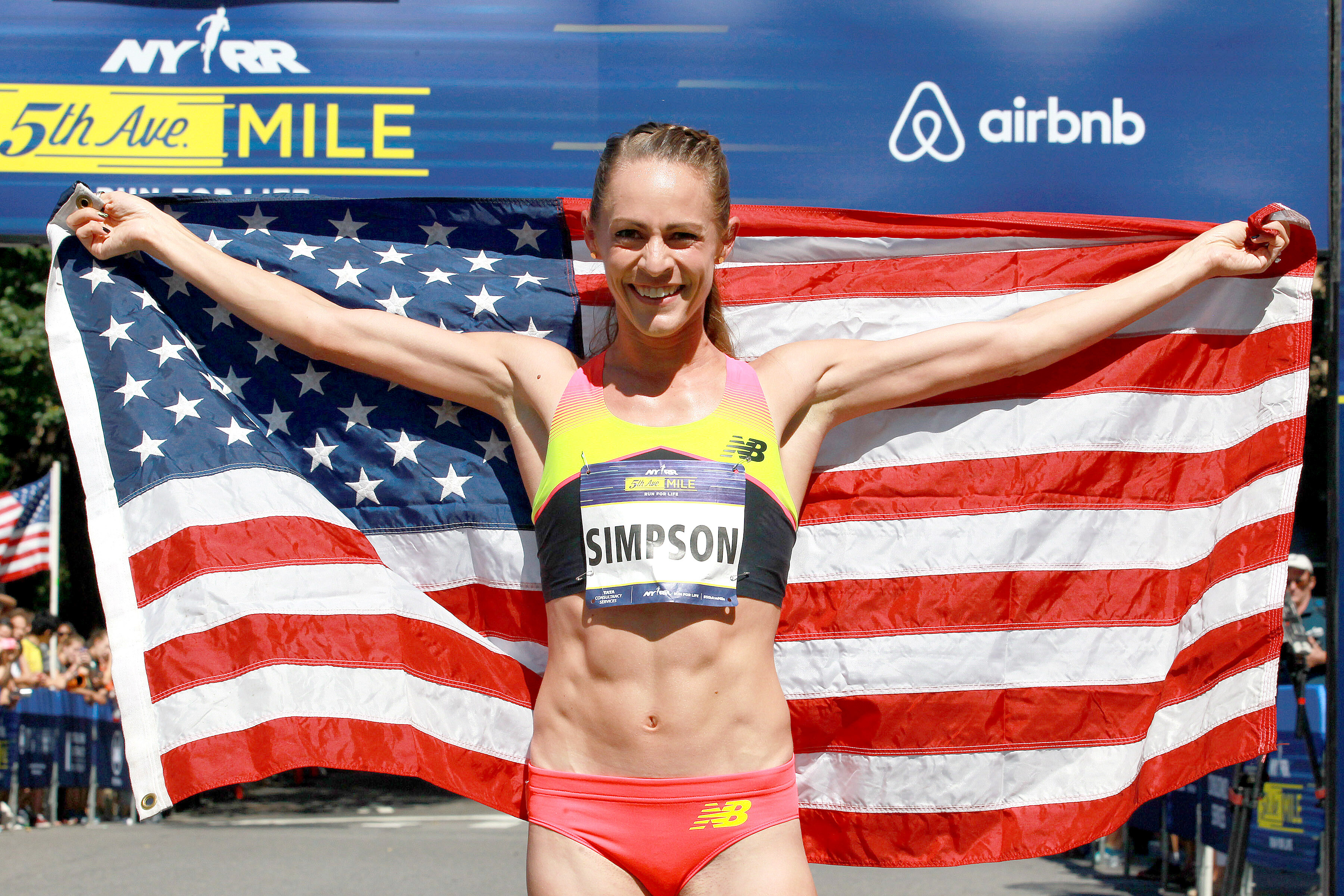
But as this chapter of life closes for Simpson, another very exciting one is about to begin, and that one will include quite a bit of running, too. She and her husband, Jason, are planning to embark on a year-long tour of the U.S. in 2025 that will take them—and their two Jack Russell Terriers, Truman and Barkley—to all 50 states while living out a van-life adventure focused on immersing in America’s thriving running culture.
From participating in races and visiting national parks to running iconic routes like Rim to Rim across the Grand Canyon and discovering hidden trails, Jenny and Jason have said their goal is to capture the heartwarming and inspiring essence of the country through the eyes of runners.
“We want to experience the beauty of this country firsthand, meet the incredible people who call it home, and celebrate everything that makes the U.S. so special,” says Jenny Simpson, who has represented the U.S. on the world stage for nearly two decades. “Through this journey, we hope to show that America’s beauty is not just in its landmarks, but in its people and the unique places they live, run, and explore.”
Out of the Ashes
In December of 2021, a devastating wildfire ripped through the south end of Boulder County—including the communities of Marshall, Louisville, and Superior, where it burned more than 1,084 homes and killed two residents and more than 900 pets. Miraculously, it didn’t burn the Simpson’s house—a restored circa-1900 schoolhouse they bought several years ago that was less than a half mile from the fire’s origin—but the house did incur significant smoke damage that needed mitigating.
The Simpsons were displaced and spent several months living in an apartment with little furniture, which forced them to live a rather spartan lifestyle. While Jason was still able to work as a creative director for a design firm, Jenny’s contract hadn’t been renewed by New Balance, and she wasn’t sure what the future held.
During that time, she had been doing a weekly call with her sister, Emily, and Jason’s sister, Annie, to discuss the book Designing Your Life: How to Build a Well-Lived, Joyful Life, a guide aimed at helping people to reimagine their professional and personal lives. It was through those discussions that Jenny came up with an idea of buying a Winnebago so she and Jason could drive around the country with Truman, who they rescued in 2020 just before the Covid lockdown. (They got Barkley about three years later.)
“My idea was that we can just drive around America and see the place that I’ve had stamped across my chest on my Team USA gear all these years,” she says. “I have been on Team USA, but I really want to know what that means. I’ve raced in some amazing places all around the world, but I really haven’t seen much of our own country. I want to go see the places and the people that I haven’t seen. And then I had this idea of doing a 50 states, 50 weeks tour.”
Jenny told Jason about the idea and he was interested from the start, but it was initially just a fun distraction while Jenny was battling injuries. Jason was so intrigued, though, that he started searching for information about vans online and indulging in YouTube content from a variety of van-life influencers. Eventually, Jenny was healthy and racing on the roads for Puma, ultimately with a quest to qualify for the 2024 U.S. Olympic Trials Marathon.
A year later, they were still casually talking about the enticing “what if” possibilities of owning a van.
“So by 2023, we were like, ‘What do these vans look like? What do they cost? What kind of different layouts are best?” says Jason, 40, a 20-time marathoner with a 2:18:44 personal best. “And then I got really into the travel influencer YouTube videos and at some point told Jenny, ‘Hey, let’s just go look at them.’ And that led to looking at the timelines of: if we were to do this in 2024 or 2025, what would it take? It takes like a long time to build out the vans, and we are definitely not build-it-yourself van people.”
On Her Own Terms
Perhaps the most impressive aspect of Simpson’s career has been her consistency. She qualified for every U.S. national team on the track between 2007 and 2019. Not only did she put in the work and remain virtually injury-free during that time, but she also raced fiercely and rose to the occasion every single time without a single hiccup in any of her preliminary races. (She also made it to the 1500-meter final of the Covid-delayed U.S. Olympic Trials in 2021 at age 35 after what she admitted was a rough gap in competition during the pandemic.)
For most of that time, she was coached by her University of Colorado coaches Mark Wetmore and Heather Burroughs. They continued coaching her as she transitioned to road running over the past three years and ultimately to the build-up to the 2024 U.S. Olympic Trials Marathon in Orlando, Florida. Although she had brief moments of success on the roads—finishing second in the U.S. 10-mile championship in 2021 and turning in a solid ninth-place, 1:10:35 effort in the Houston Half Marathon in 2023—the first injuries of her career disrupted her training and delayed her debut at 26.2 miles until the Olympic Trials.
Over the past three years, continuing to adhere to the rigid lifestyle needed to keep racing competitively was increasingly met at an internal crossroads of wondering when it would feel OK to retire and move on in life and what that would look like.
“Running the Olympics Trials and then running Boston, I would say those were not successful outings,” Simpson says. “I did the best that I could and I got as prepared as I could, but they weren’t what I had hoped for, neither of them were what I’m capable of. I’m really proud of how I ran in Boston because I ran entirely alone after mile 3, but that’s not how I wanted to end my career.”
After Boston, Jenny still wasn’t ready to retire. But she’d heard the chatter that suggested she could give up the ghost and not try to remain competitive on the roads, knowing her legacy was already secure. After she took some time off to recover and reflect, she knew she wanted to get back into training and target one more race on the biggest stage and settled on the New York City Marathon.
She parted ways with Wetmore and Burroughs in the spring and decided to train on her own, although she’s continually received subtle guidance from Jason, who qualified for and raced in the 2020 U.S. Olympic Trials in Atlanta. Although he has imparted bits of knowledge to help keep her balanced, Simpson has been following a training plan in her marathon buildup that she designed.
From Best in the U.S. to Across the U.S.
Casual interest in buying a van led to more in-depth investigation and, after what was an otherwise random training run on the dirt roads north of Denver last year, they passed an RV sales lot and decided to take a look. One thing led to another and they put down a small, refundable deposit that would hold a fully appointed 23-foot Winnebago Ekko during what was expected to be nearly a year-long wait until it was built and delivered.
Fast forward to 2024 and Jenny made her marathon debut on February 3 in Orlando, but it didn’t go at all as she had hoped. She had been running among the top 20 early in the race but eventually dropped out at mile 18. She returned 10 weeks later to run a respectable Boston Marathon in mid-April (she placed 18th overall in 2:31:39 and was the fourth American finisher), and although her effort was commensurate with her inner drive—and some degree of success felt good—she still wasn’t ready to call it a career.
Finally, in April, several days before they were going to travel to Boston, the RV dealership called and told them the van had arrived and they had a week to consider buying it. At that point, Jenny was eager to run Boston to make amends for her Olympic Trials experience, but she was also physically and emotionally fried.
“And I was like, we’re doing it,” she says. “It was the perfect time in the perfect year. Because I was like, ‘I’ve got to get out of here. I’ve got to be done.’ It was killing me. I actually might perish in the middle of the Boston Marathon. I just was so burnt out, and so it was the perfect time for them to call and essentially say, ‘Do you want to drive away into the sunset?’ And I was like, ‘Yes, I do. I really do.’”
Two days after the Boston Marathon, they paid the remainder of the balance on the van and picked it up, immediately sending them into daydreaming mode about where they wanted to go.
Although their plans are still being formulated, they intend to rent their house and hit the road with the charming dogs in January, officially starting their “Jenny and Jason Run USA” tour in Florida. Along the way, they plan to see numerous sights, host or join at least one fun run in every state, promote dog adoptions by publicizing local humane societies, and create a wide range of engaging social media content on their Instagram, Facebook, and YouTube accounts along the way. Given that their longest stint in the van so far was the six-day trip they took to the Grand Tetons and Yellowstone National Park in Wyoming early last summer, they know they’re going to have to learn on the fly and continually adapt. But that’s what an adventure is all about.
“I’ve been nothing but focused on running New York, but I am excited about what’s next,” Jenny said this week. “As I have been tiptoeing toward the idea of being retired from professional running, I don’t know that I’m going to be really great at it or that it’s going to come easily for me. That’s why it’s so wonderful to have a partner in life like Jason because I think he sees that, too. So our goal is to create a lot of time and space to figure that out. I think the year will be kind of interesting and fun and wild and I really don’t know how it’ll end up, and I think that’s really good.”
Approaching the End … and a Beginning
Simpson admits her post-Boston malaise contributed to her having an inconsistent summer of training, in part because she was listening to voices that suggested she should relax and not be so rigid in her approach. When she showed up to run the Beach to Beacon 10K in Cape Elizabeth, Maine, on August 3, she admits she wasn’t very fit, and, as a result, finished a distant 12th in 34:30.
“My Beach to Beacon race was just so bad that it was like validation to me that caring less and trying less doesn’t work for me ever in anything,” she said. “I’m just not that person. It works for some people, but that’s not who I am. I used to joke that when you show up to the track and someone asks, ‘How do you feel?’ I always thought to myself it doesn’t matter how I feel. It’s about doing the work. I always feel like it’s execution over emotion for me all the time and that I have a job to do. I know who I am and I know how I operate, and how I operate is great.”
Simpson got back to work immediately after that race, ramping up her weekly mileage to the 100-mile range in the high altitude environs of Colorado. She says she’s done more than half of her long runs between 8,500 and 10,500 feet, including runs on Magnolia Road above Boulder, Golden Gate Canyon State Park near Golden, and even a loop around the paved Mineral Belt Trail in Leadville.
Her return to rigidity and improved fitness helped bring mental clarity that not only convinced her that she’d be ready to run a strong marathon in New York City, but also brought the revelation that she was ready to admit it was her last race knowing it would allow her to retire on her own terms.
Two months after feeling flat in the 10K, she won the Wineglass Half Marathon on October 5 in Corning, New York, running a near-PR of 1:10:50 (5:24 per-mile pace) as she ran stride-for-stride to the finish line with Jason. (She broke the women’s finisher’s tape for the win, while he ran slightly to the side as the 12th-place men’s finisher and 13th overall.) Now she’s likely in sub-2:30 marathon shape, even though the hilly New York City Marathon course is as equally challenging as Boston in its own way. Jason, meanwhile, will race in the Abbott Dash to the Finish Line 5K the day before the marathon, not only so he can track Jenny on Sunday and meet her at the finish line, but also because he’s running the California International Marathon on December 8.
2025 and Beyond
Simpson arrived in New York City on October 30 healthy, happy, and ready to run hard—definitely not the feeling of holding on for dear life that she felt going into the Olympic Trials and the Boston Marathon. She says she couldn’t be more excited to run through the city’s five boroughs to the finish line in Central Park that she hopes will come with a satisfying result, as well as the beginning of closure to her star-spangled career.
Who knows what’s next after that—Coaching? Law school? A corporate career with a shoe brand? The world seems to be her oyster, but for the time being the cross-country tour might be just what she needs most. She’s excited to detach a bit from the rigid schedule and identity she’s clung to for the past 20 years and enjoy the freedom of the open road. She knows it will be a complete departure from the essence of what she’s all about, and to that point, she’ll likely dig into planning and scheduling early next week even before she recovers from the marathon.
Although she admits she was intrigued while watching some of the top runners finish the Leadville Trail 100 this summer, she says she’s decidedly not interested in running ultras. (However, Jason might be, and Jenny says she’s been keen to pace and crew him.) She might get more into trail running, something she did a little bit early in her University of Colorado career. Or she might even return to road running, but she’s not thinking that far ahead. For now, she’s focused on racing in New York and then continuing to run in 2025—on the magical mystery tour that awaits—and beyond.
“I feel a lot of peace about it, but it’s not like I’m over running. I want to retire so I can do more running and to explore the beautiful country I raced for,” she says. “I wanted to be world class at the marathon, and I’m not. I gave it a good try, and now it’s time to try something else, and I just feel really good about it.”
by Brian Metzler
Login to leave a comment
TCS New York City Marathon
The first New York City Marathon, organized in 1970 by Fred Lebow and Vince Chiappetta, was held entirely in Central Park. Of 127 entrants, only 55 men finished; the sole female entrant dropped out due to illness. Winners were given inexpensive wristwatches and recycled baseball and bowling trophies. The entry fee was $1 and the total event budget...
more...Nike Continues Shuffle of Pro Coaches
Pete Julian’s Union Athletics Club will move to Colorado.
In the latest move by Nike to reconfigure its pro running teams, Pete Julian’s Union Athletics Club will move from Oregon to Colorado, sources tell Runner’s World.
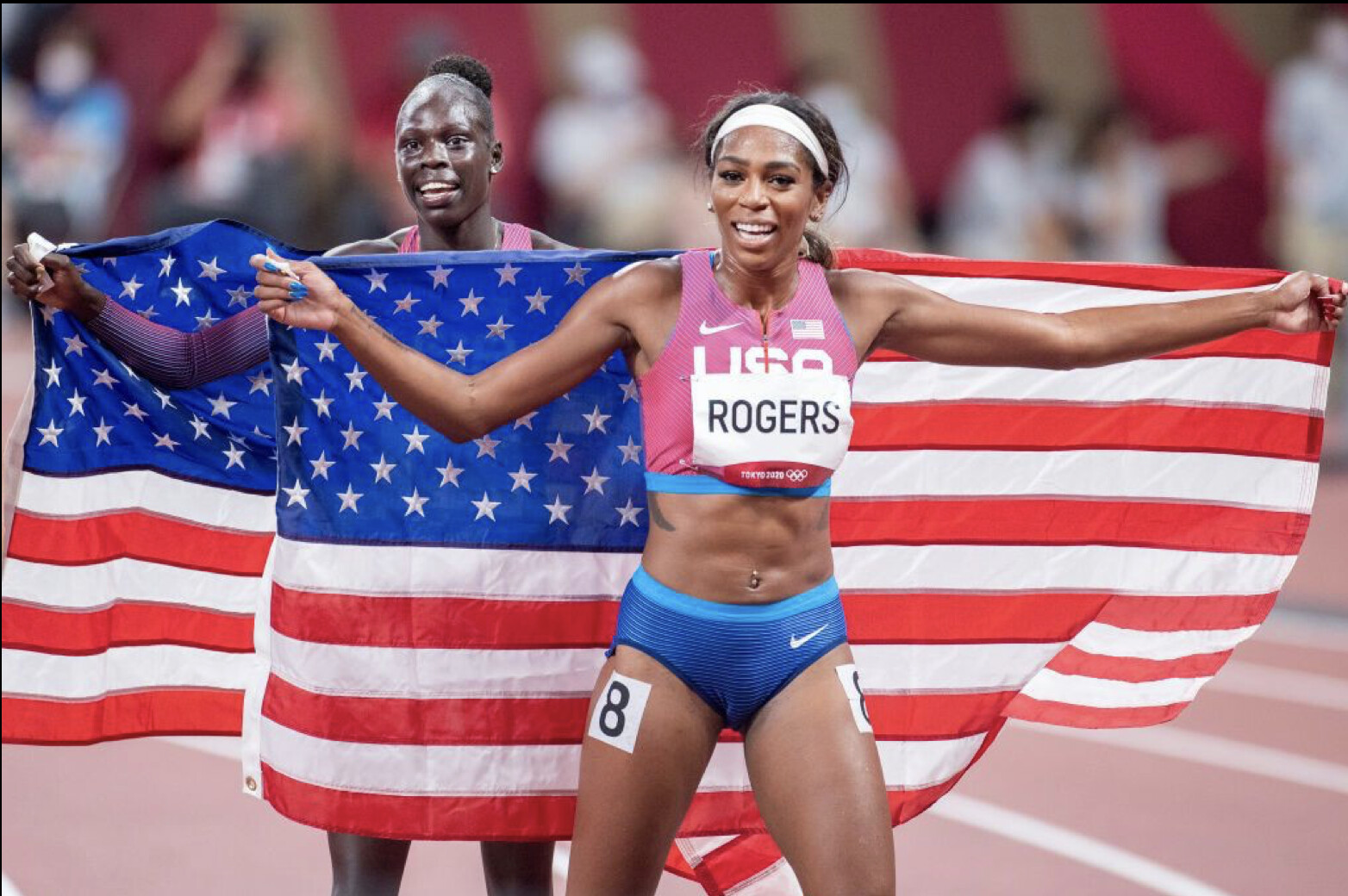
This move comes two weeks after it was announced that Mike Smith would leave his post at Northern Arizona University in June 2025 to start a Nike pro group.
Julian, reached by text by Runner’s World, did not deny the team was making the move but said he was unable to comment. Media relations representatives at Nike acknowledged questions from Runner’s World on July 19 and again on August 12, but they did not reply with any further information about the group’s move.
UAC’s 10 current athletes compete at a range of events. They include Raevyn Rogers, the 2021 Olympic bronze medalist in the 800 meters, and Sinclaire Johnson, the 2022 U.S. champion in the 1500 meters. Suguro Osako, a marathoner from Japan, is also listed on the roster; he finished 13th at the Olympics in Paris in 2:09:25.
It is unclear if all the athletes will go to Colorado with Julian. A message to Rogers via social media was not immediately returned. Rogers has strong ties to Oregon; she went to the University of Oregon and won five individual NCAA titles there. Her image graces the tower at Hayward Field in Eugene, and she is not known to have spent much time training at altitude, if any.
Depending on where in Colorado the group lands, athletes could be training at at least 5,200 feet of elevation. Altitude training is increasingly seen as essential for elite distance runners. Boulder, Colorado, which has long been a mecca for distance athletes, is already crowded with pros: On Athletics Club has a sizable pro group there, as does Team Boss, a group of elite distance runners anchored by steeplechaser Emma Coburn, who runs for New Balance.
Coaching and athlete turnover is common after the Olympic Games. Most pro athletes have contracts that take them through the end of the Olympic year, and some have an option in their contracts that allows a sponsor to sign them for an additional year.
Several high profile athletes have left the UAC in recent years. Jessica Hull returned to her native Australia and trains under her father; she won a silver medal in Paris. Donavan Brazier had great success under Julian in 2019, but LetsRun reported he left the UAC in 2024 after undergoing a fourth surgery on his left foot and lower leg. Fan favorite Craig Engels is now living in California and training under his college coach, Ryan Vanhoy.
Julian’s wife, Colleen Glyde Julian, is a professor of biomedical informatics at the University of Colorado’s medical school in Aurora, Colorado. He has long commuted to Portland, Oregon, from Denver several times each week for athlete workouts in Beaverton.
by Runner’s World
Login to leave a comment
Marco Arop runs North American record over 1,000m
Arop’s time of 2:13.13 is the fifth-fastest of all time.
On Sunday evening at the Boris Hanžeković Memorial meet in Zagreb, Croatia, Canadian Olympic 800m silver medalist Marco Arop narrowly missed the world record for 1,000 metres. His winning time of 2:13.13 set a new Canadian and North American record and is the fifth-fastest time in history.
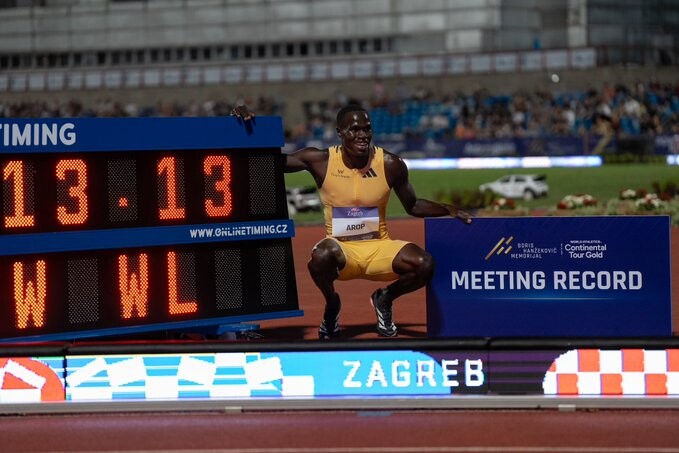
Arop was looking to break Noah Ngeny of Kenya’s world record of 2:11.92 from 1999, but he faced challenges early on. His tall frame struggled with the “waterfall” start, and he lagged behind the pace in the opening 400m, leaving him unable to fully catch up to the pace lights. However, Arop’s performance still shattered the previous North American record of 2:13.90 set by American Rick Wohlhuter 50 years ago.
The 25-year-old Edmonton native improved upon his previous personal best of 2:14.35. This was his second bid for the 1,000m world record, having fallen just short over the same distance indoors this year at the New Balance Indoor Grand Prix. Arop now holds the North American (area) records in the 800m and 1,000m events.

Next up, Arop will head to the Diamond League final in Brussels on Sept. 13-14, where he plans to challenge the men’s 800m world record of 1:40.91, a goal he says has been on his mind for some time.
Arop was one of three Canadian athletes competing at the Boris Hanžeković Memorial on Sunday. Olympic hammer throw champion Ethan Katzberg suffered his first loss of the season, losing to Olympic bronze medallist Mykhaylo Kokhan, who threw a new personal best of 81.14 to take the win. Canadian 4x100m relay gold medallist Jerome Blake finished fourth in the men’s 100m in 10.15 seconds.
by Marley Dickinson
Login to leave a comment
New York Road Runners draws 20 Olympians to run in 5th Avenue Mile
The New York Road Runners New Balance 5th Avenue Mile is this Sunday, and it's sure to have plenty of Olympic spirit.
The nonprofit on Tuesday announced the event will draw 20 participants from the recent Summer Olympics in Paris.
Some of runners for the men's race include defending 5th Avenue Mile champion Josh Kerr, Robert Farken, Neil Gourley, Edwin Kurgat and Cathal Doyle.
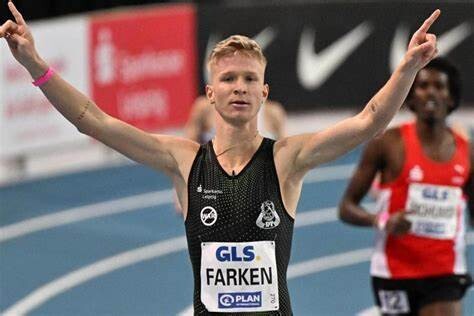
On the women's side, U.S. Olympic medalist and world champion Emma Coburn will lead a field along with Marisa Howard, Emily Mackay, Whittni Morgan, Karissa Schweizer Courtney Wayment and several others.
"As I make my way back from injury, I can't think of a better event to make my comeback than returning to run the New Balance 5th Avenue Mile," Coburn said in a statement. "I've been training hard since my surgery, and lining up with this world-class group of athletes on this iconic course will feel so good."
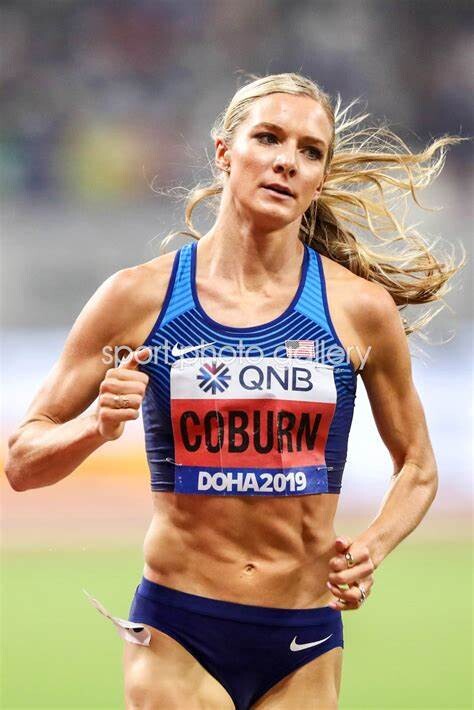
The New Balance 5th Avenue Mile - the world's most iconic road mile race since 1981 - is one of 60 adult and youth races produced by NYRR.
The event will be televised live on WABC-TV from 12 p.m. to 1 p.m., and be available across the country on ESPN+.
by Eyewitness News
Login to leave a comment
New Balance 5th Avenue Mile
The New Balance 5th Avenue Mile opens a beautiful 20-block stretch of 5th Avenue to runners of all ages and abilities who want to run their best mile in New York City. Special races include a youth mile, the George Sheehan Memorial Mile for runners age 60 and over, the NYRR Road Mile Championships, and Olympic-caliber professional men's and women's...
more...Giles breaks world road mile record in Dusseldorf
Britain’s Elliot Giles won the men’s race at the New Balance KO Meile in Dusseldorf on Sunday (1), smashing the world record with 3:51.3*.
The Olympic 800m semifinalist held off a strong challenge from USA’s Olympic 1500m bronze medallist Yared Nuguse, who finished second in 3:51.9.
Both men were well inside the ratified world record of 3:56.13 set by Hobbs Kessler at the 2023 World Road Running Championships in Riga. They also bettered the mark of 3:54.6 – which is pending ratification – recorded earlier this year by Emmanuel Wanyonyi.
Vincent Keter was third in 3:54.9.
Login to leave a comment
This Off-the-Court Oasis Gives These Olympic Athletes an Edge
Just when we thought the Olympic Village was cool, we took a five-minute walk from Stade de France to this oasis for Nike athletes to refuel, relax, and recover
Leo Neugebauer had a grueling schedule at the Paris Olympic Games. As a decathlete, the German multisport athlete , who was a three-time NCAA champion for the University of Texas, competed in the 100-meter dash, long jump, shot put, high jump, 400 meters, 110-meter hurdles, discus throw, pole vault, javelin throw, and 1500 meters over the course of just two days.
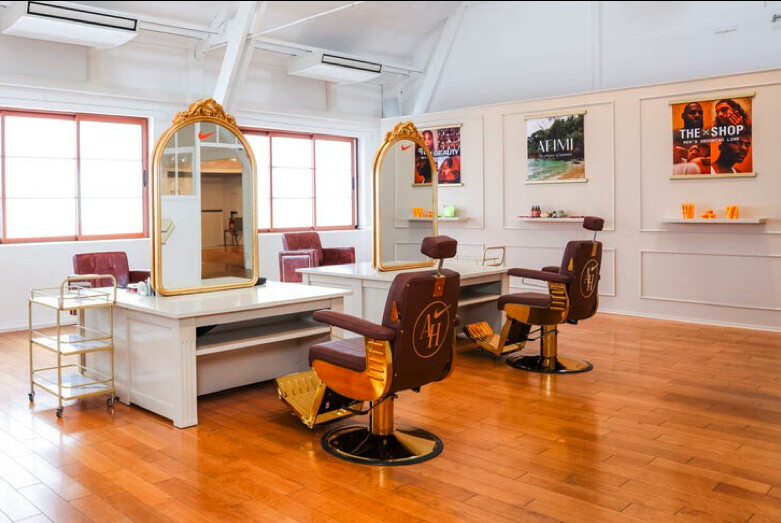
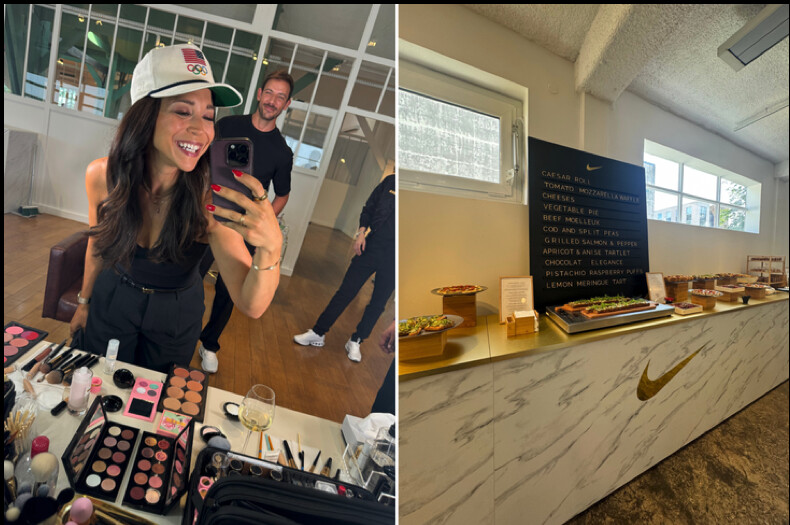
But as a Nike athlete, Neugebauer also had a leg up on the competition.
Just a five-minute drive from Stade de France you’ll find the Nike Athlete House. Walk in, past two towering orange statues of Lebron James and Shelly-Ann Fraser-Pryce, and guests are instantly transported into a luxurious, two-floor oasis, complete with swoosh-laden rugs and plush furniture, bright lighting and calm tones reminiscent of your favorite spa, and everything an athlete could need to look and perform their best.
At least that’s the goal, says Tanya Hvizdak, Vice President of Global Women’s Sports Marketing at Nike. Complete with everything from specialty stations for barber, nail, makeup, and tooth gem appointments, to physical therapy and recovery services, plus spaces to unwind with family, and even a nursery—the hospitality locale is on a whole new level from any other Olympic activation the brand has done before.
“What we provide has certainly evolved from this mode of sponsorship to partnership,” Hvizdak says, noting that some athletes stop by the house more than once a day. “We’re listening to the voice of the athlete around what their expectations are and what their needs are.”
“It’s kind of a sanctuary,” adds Tobie Hatfield, Senior Director of Athlete Innovation at Nike. “We want this to be the place where athletes come to get ready for their competition.”
Just Doing It
Nike’s not the only brand to go to great lengths to make their athletes comfortable. Varying in size and offerings, other major players including Puma, Asics, On, New Balance, and Oakley have full-service locations dedicated to their athletes, plus their entourages. Where Nike comes out on top, though, is their proximity to the competition.
Set in the Parisian suburb of Saint-Denis, about a mile and a half north of city limits and five miles north of the Louvre, Stade de France sits quite a ways away from much of the Olympic action at the heart of the city. The Athlete Village is relatively close by, but still a 15- to 20-minute bus ride—assuming bus drivers don’t take any wrong turns, as they’ve been reported to do as athletes stand for up to an hour on cramped buses during the Games.
Relaxing pre-race and recovering immediately after are critical to success on the world stage, something Nike officials readily understand.
“The planning of this space began over three years ago when we were looking at the city, having an understanding of where things like the Athlete Village and track and field were going to be taking place,” says Hvizdak. “The number one priority for us was being in a location that was going to be in close proximity to the athletes.”
The Royal Treatment
While I wasn’t able to time my trip to the house so that I could sit in the Nike x Hyperice boots and vests next to medalists like Jordan Chiles, Sha’Carri Richardson, or Fred Kerley—all whom shared their trips to the space on social media—it’s certainly getting a lot of foot traffic.
The space also offers catering for breakfast and lunch. With reports that the food and conditions in the Athlete Village leave something to be desired, Nike’s culinary staff took it upon themselves to ensure that they had the food game on lock, including tantalizing yet nutritious options like (on the day I visited) grilled salmon and pepper tartlets, vegetable pie, beef moelleux, and noodle salad.
“Something that was requested shortly after we opened was to-go boxes of food,” says Hvizdak, who adds that the meals are definitely a highlight for the folks who come through. “So, we’re now offering takeaway options. Plus, we even changed the hours to stay open later per the athletes’ request.”
And of course—in the true extravagant nature of the space, what’s a good time without a parting gift? Athletes have the option of shopping through the Jacquemus x Nike collection, other new offerings, and to design a hoodie using a new proprietary AI tool on digital tablets—set to potentially launch in-store at a later date.
Neugebauer walked into the Nike House before his competition just to sniff it out. But he was sold after snagging some of the recovery tools to use during his downtime before his daunting 10-event competition.
“I took the Hyperice boots to my hotel room and used them before, during, and after my decathlon,” he says. “The second time I went through the house, I got to do all the fun stuff like customize my own Nike hoodie, it was amazing. And when I heard they had a barber, I was like oh my god, I got a fresh cut., I looked good. I think that’s important. I looked good, and I did good.”
The royal treatment apparently paid off. On August 3, Neugebauer earned the silver medal.
by Outside Online
Login to leave a comment
Sifan Hassan says she thought about Olympic marathon during 5,000m final
"I am really freaking scared of the marathon," says Hassan.
Sifan Hassan won her first medal of her attempted distance triple at the Paris 2024 Games, taking bronze in the women’s 5,000m behind Kenya’s Beatrice Chebet and Faith Kipyegon. At the post-race press conference, Hassan said she was super happy with the bronze, since the only thing on her mind during the race was how much harder the marathon will be compared to the 5,000m.
The Dutch distance runner is attempting the 5,000m, 10,000m and the marathon at these Games, which means she will compete in three races over seven days. Hassan said she was happy to win bronze in 14:30.61: “I would have been proud even if I was fourth,” she laughed. “It was an incredible field.”
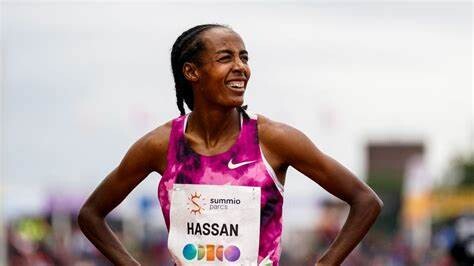
She mentioned in the post-race press conference that whenever the 5,000m got tough, she reminded herself that it’s not as hard as the marathon. “I am really freaking scared of the marathon,” Hassan admitted.
Hassan crossed the line in third, but was briefly upgraded to silver after Kipyegon, the second-place finisher, was disqualified for obstructing another athlete with two laps to go. However, Kipyegon was reinstated to the silver medal position following a successful appeal from Athletics Kenya. Hassan said she was happy to see Kipyegon reinstated. “She’s a phenomenal athlete, and I have a lot of respect for her,” she said. “I was here to medal, and I’m really grateful to get one.”
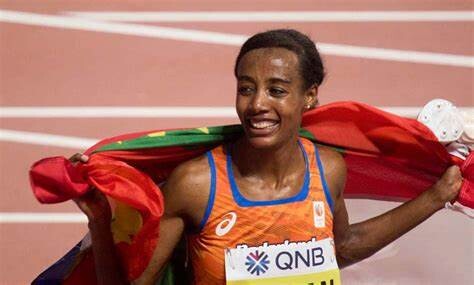
The four-time Olympic medallist from the Netherlands said she has never pushed her limits as she has this year in preparation for the distance triple at the Paris Olympics. “I really want to cry before every race; I am so under pressure—like, ‘how am I going to do this? Why do I put myself through this?'” said Hassan. “Maybe I am just crazy.”
The 31-year-old will next compete on Friday in the women’s 10,000m final, and then run in the marathon on Sunday.
Athletics events at the Paris 2024 Olympic Games are taking place from Aug. 1-11. Today’s coverage is brought to you by Canadian Running and New Balance Canada. Follow us on Twitter on Instagram for all things Team Canada and up-to-date exclusive news and content.
by Marley Dickinson
Login to leave a comment
Paris 2024 Olympic Games
For this historic event, the City of Light is thinking big! Visitors will be able to watch events at top sporting venues in Paris and the Paris region, as well as at emblematic monuments in the capital visited by several millions of tourists each year. The promise of exceptional moments to experience in an exceptional setting! A great way to...
more...Montenegrin Olympian runs 100m on broken foot to honor late father
Montenegro's Darko Pešić broke his foot two days ago, but he did not let that stop him from competing in the men's 100m.
Two days before his Olympic debut, Montenegrin athlete Darko Pešić broke his foot during a training session. Despite doctors and the Montenegro Olympic Committee advising him not to compete, Pešić decided to honour his late father by lining up in the men’s 100m prelims.
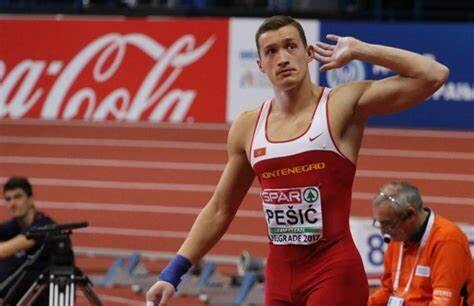
Pešić spent the last two days in a walking boot, removed the cast and took to the blocks in the men’s 100m prelims, running 11.85 seconds on a broken foot.
“The 100m was not for me; it was for my father, who passed away four years ago and paved the way for me in this sport,” Pešić told Canadian Running in a post-race interview. “When I crossed the line, it meant everything to me. Because of him, I am the man I am today.”

Primarily a decathlete, Pešić does not usually compete in the men’s 100m. He was given a spot via the World Athletics universal spot program, which aims to ensure broader global representation by allowing athletes from countries with less-developed sports programs to participate in the Olympics.
The 31-year-old explained he sustained the injury on Thursday while doing a plyometric workout (jumping exercises). “I went to the medics in the village, and they gave me a walking boot,” Pešić said. “The doctors said I would not be able to run for six weeks.”
His country advised him not to compete and risk the rest of his career due to the seriousness of the injury, but Pešić said he couldn’t give up.
“The time or place did not matter,” Pešić said. “Even if I walked the 100m, I still would’ve enjoyed it. Being an Olympian means more than anything.”
Pešić hopes to return to the decathlon once he recovers, with aspirations to compete next year at the Götzis Hypomeeting in Austria and the 2025 World Championships.
Athletics events at the Paris 2024 Olympic Games are taking place from Aug. 1-11. Today’s coverage is brought to you by Canadian Running and New Balance Canada. Follow us on Twitter on Instagram for all things Team Canada and up-to-date exclusive news and content.
by Marley Dickinson
Login to leave a comment
Paris 2024 Olympic Games
For this historic event, the City of Light is thinking big! Visitors will be able to watch events at top sporting venues in Paris and the Paris region, as well as at emblematic monuments in the capital visited by several millions of tourists each year. The promise of exceptional moments to experience in an exceptional setting! A great way to...
more...Marathoner runs 100m for the first time at Paris Olympics
Until today in Paris, Sharon Firisua of the Solomon Islands had never run a 100m race.
Of the 87 athletes in the women’s 100m at the Paris 2024 Olympics, Sharon Firisua of the Solomon Islands stood out for one specific reason. She was the only athlete who had never run a 100m race before the 2024 Paris Olympic Games.
On Friday morning in the women’s 100m prelims, Firisua quickly fell behind out of the blocks, finishing last and nearly three seconds behind the first-place finisher, with a time of 14.31 seconds.
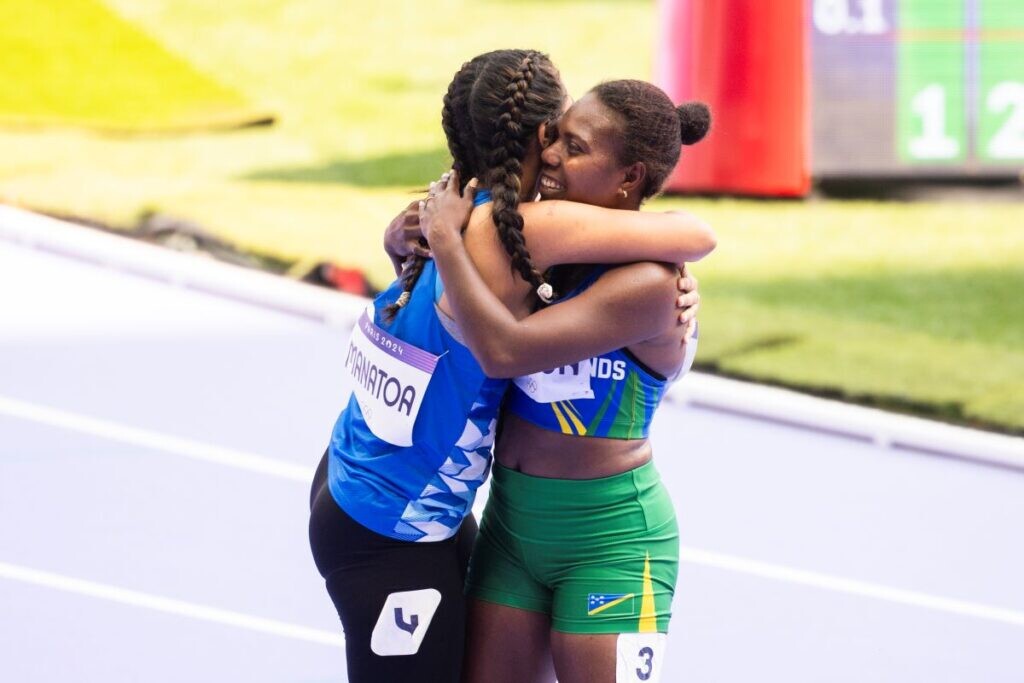
The 30-year-old marathon runner from the small Oceanic nation previously competed at the Tokyo Olympic Games in the women’s marathon, finishing 72nd out of 73 entrants with a time of 3:02:10.
You might be wondering how Firisua qualified for the Games despite never having raced this distance. She was granted a universal spot for the women’s 100m via the Solomon Islands Athletic Federation. Universal spots at the Olympics ensure broader global representation by allowing athletes from countries with less-developed sports programs to participate and become Olympians.
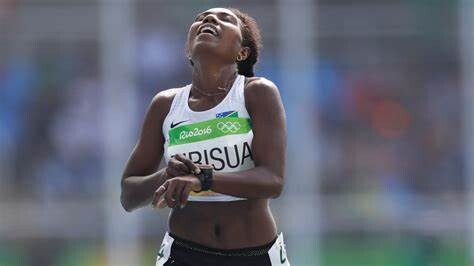
Firisua is one of two athletes from her nation at the Paris Olympics, the other being women’s 50m freestyle swimmer Isabella Millar.
Despite her lack of sprinting experience, Firisua is a celebrated athlete in her homeland. She has won five gold medals at the Pacific Games–in the 5,000m, 10,000m and half-marathon events–and is a six-time medallist at the Oceania Championships, with four golds. In 2013, she was named her country’s sportswoman of the year.
Athletics events at the Paris 2024 Olympic Games are taking place from Aug. 1-11. Today’s coverage is brought to you by Canadian Running and New Balance Canada. Follow us on Twitter on Instagram for all things Team Canada and up-to-date exclusive news and content.
by Marley Dickinson
Login to leave a comment
Paris 2024 Olympic Games
For this historic event, the City of Light is thinking big! Visitors will be able to watch events at top sporting venues in Paris and the Paris region, as well as at emblematic monuments in the capital visited by several millions of tourists each year. The promise of exceptional moments to experience in an exceptional setting! A great way to...
more...Team USA destroys mixed 4×400 world record in heats
On the opening day of track and field at the Paris Olympics, the U.S. has already set the stage for the incredible performances to be expected over the next week. Team USA’s mixed 4x400m relay knocked down the first world record of the competition on Aug. 2–in heats. The squad demolished their own previous world by more than a second–clocking 3:07.41.
Vernon Norwood, Shamier Little, Bryce Deadmon and Kaylyn Brown were tasked with securing a top three finish in their heat in the relay. They went above and beyond to take down the country’s previous world record in the event, 3:08.80, set at the 2023 World Championships in Budapest.
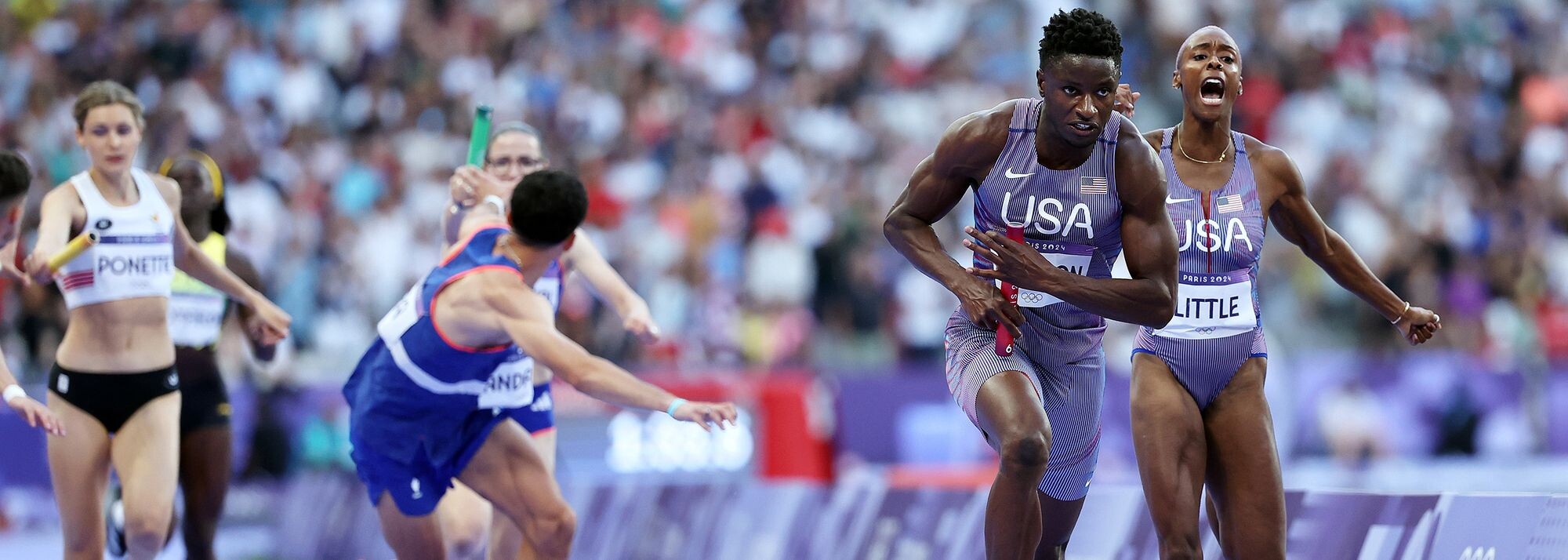
Team USA won the entire round by more than three seconds, with France as the next-fastest team, finishing in 3:10.60 in front of their home crowd. Four other teams in the heat achieved new national records.
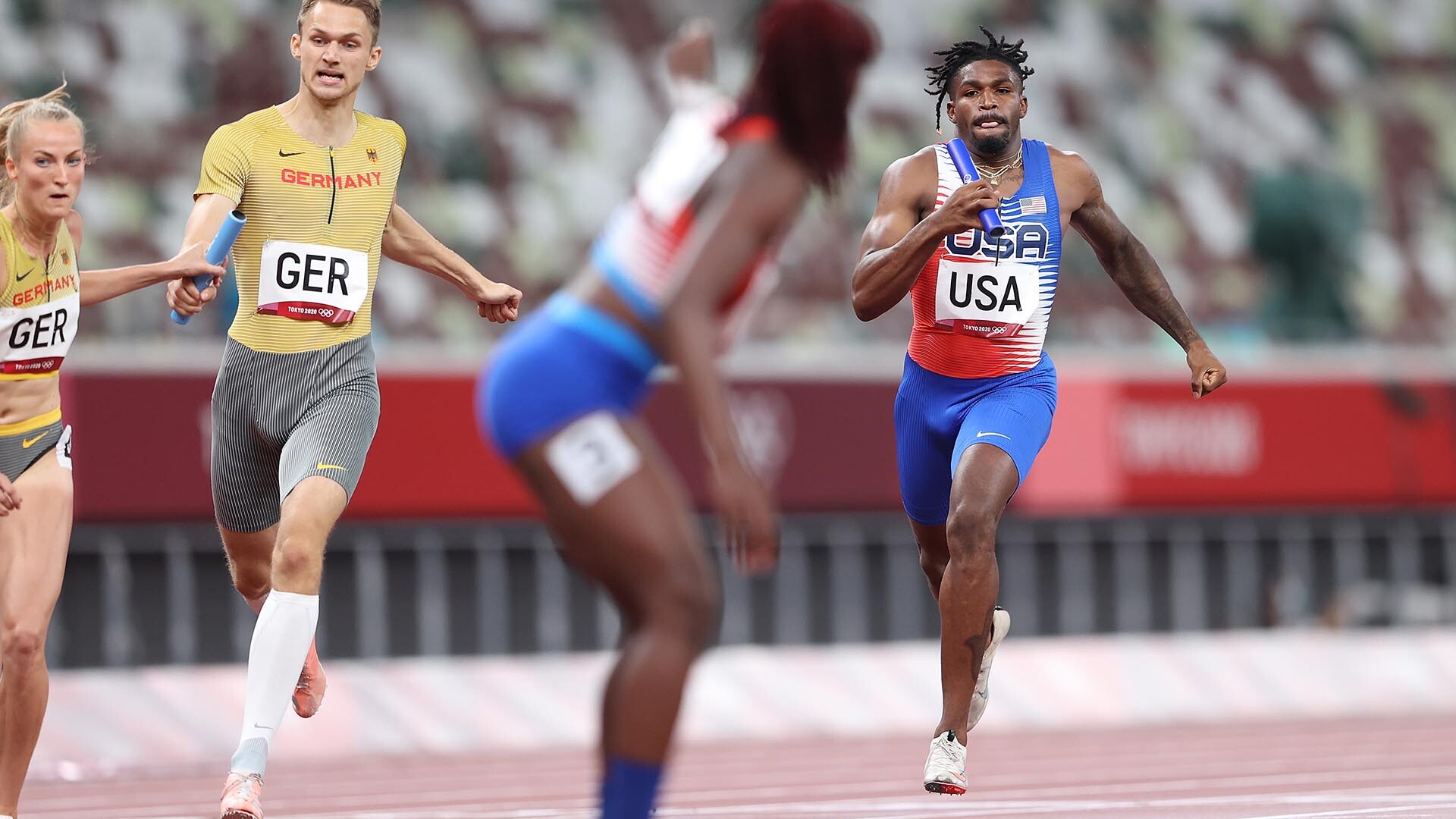
“I’ve gotten quite a few practices in over the last few days and we’ve just gotten better,” Shamier Little told media after running the second leg for the Americans. “We’ve got great chemistry.” Both of the next-fastest qualifying times for the final came from their heat.
The mixed 4x400m relay final will take place on Aug. 3 at 2:55 p.m. ET.
Athletics events at the Paris 2024 Olympic Games are taking place from Aug. 1-11. Today’s coverage is brought to you by Canadian Running and New Balance Canada. Follow us on Twitter on Instagram for all things Team Canada and up-to-date exclusive news and content.
Login to leave a comment
Paris 2024 Olympic Games
For this historic event, the City of Light is thinking big! Visitors will be able to watch events at top sporting venues in Paris and the Paris region, as well as at emblematic monuments in the capital visited by several millions of tourists each year. The promise of exceptional moments to experience in an exceptional setting! A great way to...
more...Edwin Kurgat confident of ending Kenya's 36-year wait for Olympics 5,000m title
Little-known Edwin Kurgat is inspired by his London Diamond League performance to win the 5,000m Olympics title that the country last claimed in 1988 Seoul Games.
Edwin Kurgat is now ready to stun the masses at the Paris Olympic Games and reclaim Kenya’s gold medal in the men’s 5000m following his London Diamond League Meeting third-place finish.
Kurgat, competing in the men’s 3000m, crossed the finish line third in 7:28.53 as Dominic Lobalu set a Swiss record, clocking a personal best time of 7:27.68 to win the race. Grant Fisher finished second in the hotly-contested race, clocking 7:27.99.
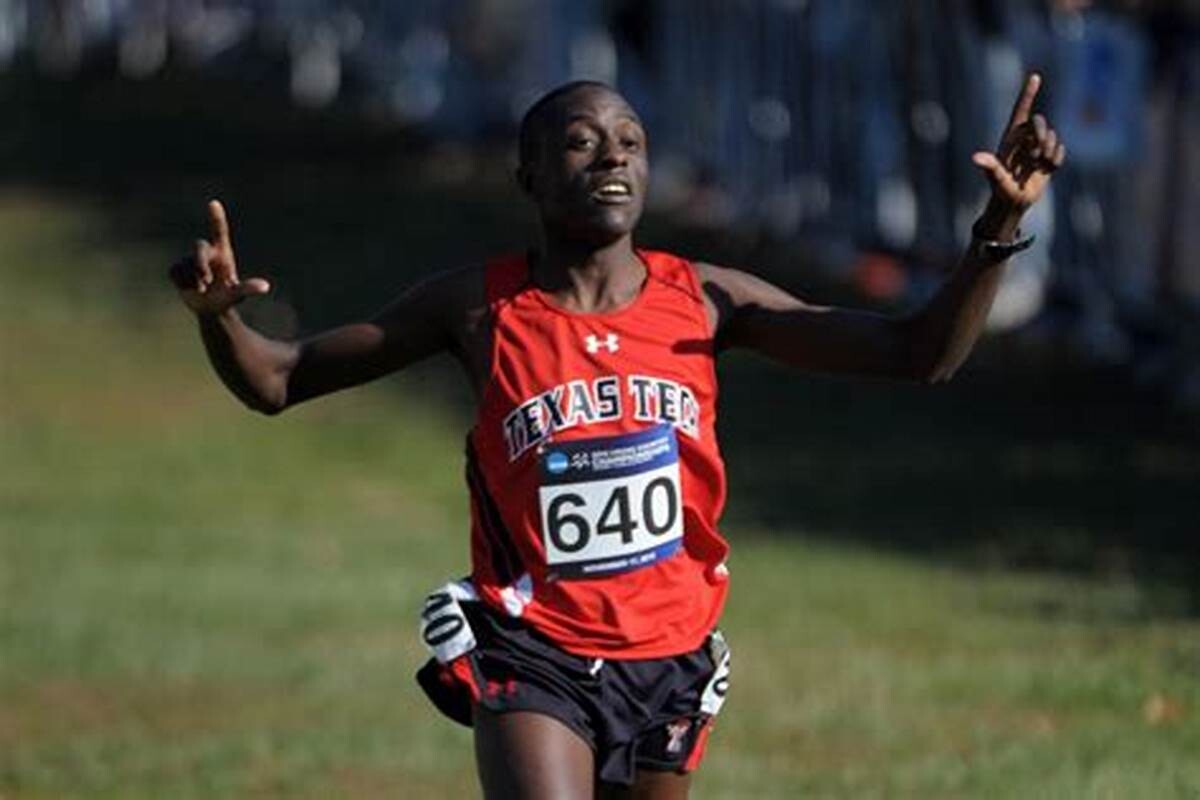
Kurgat admitted that the race is very vital as he heads to the Olympic Games. He disclosed that throughout the race, his body was feeling good and going under 7:30 is a sign of fireworks at the Olympic Games.
The last time Kenya won a gold medal at the Olympic Games in the men’s 5000m was at the 1988 Seoul Olympic Games courtesy of the late John Ngugi.
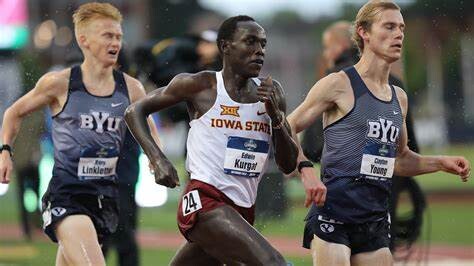
“Throughout the race I was feeling good, really composed. This was the race where I wanted to run good to get ready for the Olympics so I'm glad with how I ran,” Kurgat said.
“I'm feeling confident going in to Paris, running under 7:30 is a big achievement for me and now I'm just ready for what's to come. The crowd was amazing, they helped push me to get it finished,” he added.
The 28-year-old has been impressive this season, starting from his indoor campaign to the outdoor races. He opened his season with the 3000m and 5000m indoor races at the New Balance Indoor Grand Prix and Boston University John Thomas Terrier Classic respectively finishing second and first.
Kurgat finished fourth in the men’s 10,000m at the Prefontaine Classic, missing out on the Olympic team shortly but bounced back in the 5000m to finish third and automatically qualify for the event.
by Abigael Wafula
Login to leave a comment
Paris 2024 Olympic Games
For this historic event, the City of Light is thinking big! Visitors will be able to watch events at top sporting venues in Paris and the Paris region, as well as at emblematic monuments in the capital visited by several millions of tourists each year. The promise of exceptional moments to experience in an exceptional setting! A great way to...
more...Quincy Wilson: 5 things you need to know about America's youngest track Olympian
Five things you need to know about Quincy Wilson, a 16-year-old protege set to represent Team USA in the 4 by 400m of the Paris 2024 Olympics.
America's teenage sprint sensation Quincy Wilson has taken the track world by storm, setting records and captivating audiences with his speed and determination.
At just 16 years old, he has already secured his place in history as the youngest U.S.-born male to compete in track and field at the Olympics.

As he gears up for his debut on the Olympic stage, here are five crucial things you need to know about this extraordinary athlete as per NBC.
1. A prodigy from a young age
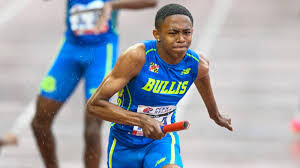
Quincy Wilson began his track and field journey at the tender age of eight. Growing up in Chesapeake, Virginia, Quincy quickly outpaced his peers, prompting his family to move to Potomac, Maryland, where he could benefit from a superior athletic program at Bullis School.
Despite his youth, Quincy has already shown a prowess that rivals seasoned athletes.
At just 16, he broke records that many would not dream of approaching until well into their careers.
He clinched his first national title at the 2023 New Balance Indoor Nationals in the 400m competing as the only freshman in the field.
2. A family of athletes
Quincy's athletic prowess is no coincidence; it runs in the family as parents, Monique and Roy Wilson, were both collegiate athletes.
Monique excelled in soccer and basketball, while Roy played football for the Naval Academy.
The influence of his family extends beyond just genetics. The Wilsons have been integral in providing support and guidance throughout Quincy's career, attending his meetings and ensuring he has the resources needed to succeed.
Quincy also draws inspiration from his older sister, Kadence, who runs track at James Madison University.
Watching her compete and train has fueled his desire to push his limits and strive for excellence, creating a healthy sibling rivalry that spurs both to greater heights in their respective athletic careers.
3. Breaking barriers and setting records
Quincy Wilson is not just competing; he is redefining what young athletes are capable of achieving.
His rapid ascent in track and field culminated in him becoming the youngest American male to secure an Olympic track and field bid, a testament to his extraordinary capabilities and the potential to shape the future of the sport.
His inclusion in the U.S. Olympic team, particularly in the 4x400m relay, is a significant achievement, positioning him as a key player on the international stage.
Quincy's record-breaking journey has been filled with notable highlights, including multiple AAU Junior Olympic Games titles and national titles.
These accolades have not only earned him recognition from his peers but also attracted attention from major sports brands, leading to an NIL deal with New Balance, making him one of the youngest athletes to sign such a contract.
4. Life beyond the track
Despite his rigorous training schedule, Quincy leads a balanced life. He is a typical teenager who enjoys video games, spending much of his free time playing popular titles like Fortnite and Call of Duty.
After his successful stint at the Olympic Trials in June, Quincy's first choice to unwind was to grab his headset and join his friends for a game of Call of Duty: Warzone.
This blend of normal teenage activities with his professional commitments provides Quincy with a much-needed outlet for relaxation and social interaction.
It helps him maintain a sense of normalcy amidst the high pressures of competitive sports, ensuring he remains grounded and focused.
Quincy’s interests also include a deep appreciation for his education. Attending Bullis School, he excels in his studies, understanding the importance of having a well-rounded life that balances sports with academics.
5. Looking toward the future
Quincy Wilson's debut on the Olympic stage captures global attention, with audiences anticipating standout performances from this remarkable young athlete.
His ambitions stretch beyond mere medal victories; Quincy is driven to motivate a new generation of athletes to passionately chase their dreams.
The path he has taken showcases a formula for success rooted in perseverance, familial support, and natural skill.
Quincy Wilson is more than just an emerging talent to keep an eye on; he stands as a dynamic force poised to reshape the limits of track and field for the foreseeable future.
by Festus Chuma
Login to leave a comment
The Issam Asinga Case: Evil Coverup or Did The Fastest High School Sprinter Ever Test Positive For Drugs After Eating Gatorade Gummies?
Six weeks ago, 19-year-old Issam Asinga, the fastest teen sprinter in world history, was handed a four-year ban from the sport of track & field after testing positive for the banned substance GW1516. Asinga’s positive sample came in July 2023, just days before he ran 9.89 seconds to become, at the time, the youngest person in history to break 10 seconds for 100 meters. Asinga, who had been provisionally suspended since August 2023 by the Athletics Integrity Unit (AIU), appealed the decision to the AIU’s disciplinary tribunal, who ruled against him and upheld the four-year suspension on May 27.
Until then, the details of Asinga’s case had been kept secret. Now they are public, and potentially explosive.
Asinga, who maintains his innocence, blamed the positive test on contaminated Gatorade gummies he received at the company’s National Athlete of the Year ceremony in Los Angeles last summer, where he was honored as high school track & field athlete of the year. Asinga has already appealed his case to the Court of Arbitration for Sport, where it is expected to be heard later this year. He is also mulling whether to launch a civil suit against Gatorade because the gummies in question falsely carried an NSF Certified for Sport label, which signified that the product did not contain any prohibited substances. NSF has made a public statement saying the gummies from Asinga’s lot number were not NSF Certified and the NSF Certified mark was being used without authorization.
“They distributed a supplement that wasn’t NSF Certified for Sport that had a banned substance in it,” said Asinga’s lawyer Paul Greene. “That’s violation of product liability law, negligence, implied warranty, New York state consumer protection law. I mean, it’s bad. He had the possibility of getting endorsement and NIL deals that were going to be in the millions of dollars and he lost all that as a result of this. He also lost out on the chance to compete in the World Championships and the Olympics.”
The AIU, however, was not satisfied that the gummies were the source of Asinga’s positive test, and its disciplinary tribunal agreed.
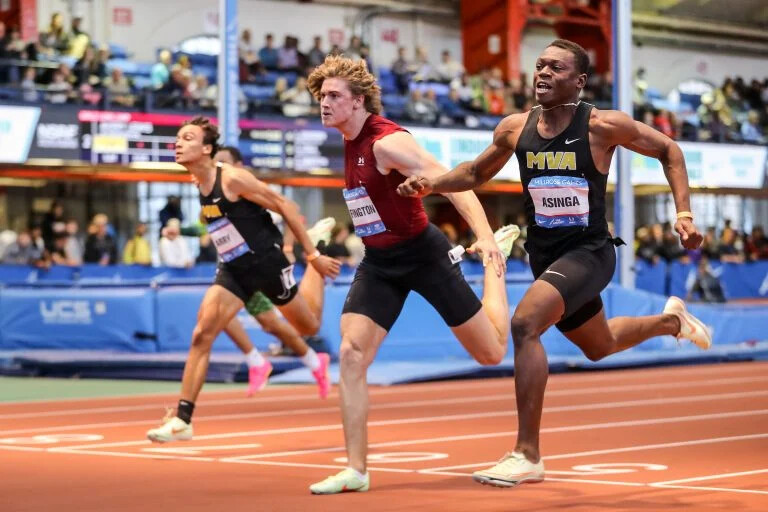
Incredible 2023 high school season
Asinga’s is one of the highest-profile doping cases in recent years. After running personal bests of 10.44 seconds in the 100m and 20.76 in the 200m as a junior in 2022 at Principia High School in Missouri, Asinga transferred to Montverde Academy in Florida for his senior year, where he improved enormously and produced one of the greatest seasons ever by a high school sprinter.
During the 2023 indoor season, Asinga won national high school titles in the 60m (6.59) and 200m (20.48) at New Balance Nationals, tying the national record in the former event (he ran 6.57 in the semis) and breaking the national record in the latter. Outdoors, Asinga ran a wind-aided 9.83 in the 100m to defeat Noah Lyles, who would go on to win the world title in that event four months later. Asinga, who was born in the US but represents Suriname internationally, then ran 19.97 in the 200m in April (#2 all-time among US high schoolers) and 9.89 in July to win the South American 100m title in Sao Paulo, Brazil. The latter time ranked Asinga in a tie for ninth in the world in 2023. It was also a world U20 record and was the first time a US high school athlete had broken the fabled 10-second barrier.
Now that world U20 record has been stripped as Asinga finds him at the center of controversy. The 43-page decision in his case released by the AIU presents only two possible versions of events.
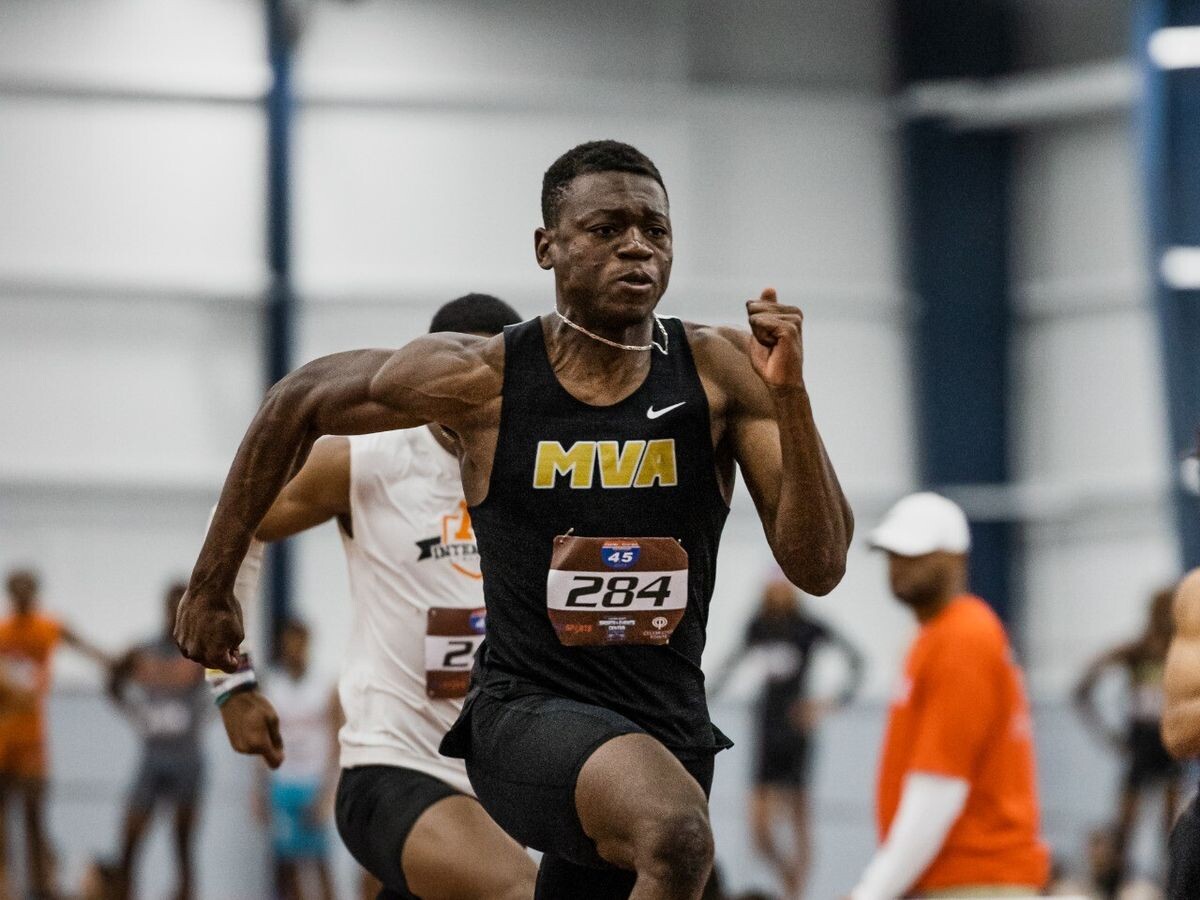
Option A: An 18-year-old was caught doping barely a month after being added to the international testing pool. Then he or someone in his camp tried to cover up his doping by manipulating evidence and defaming Gatorade, one of the world’s largest sports nutrition companies.
Option B: One of the greatest sprint talents in history was unjustly banned after consuming a tainted supplement given to him by one of the most famous brands in sports.
Neither picture is particularly rosy for the sport of track & field, but one of them must be true. After reviewing the evidence, the AIU and its disciplinary tribunal is clear which version it believes: Option A. As a result, Asinga is banned from competition until 2027 barring a successful appeal to CAS.
Background: Asinga enters the testing pool
Most high school track athletes, even elite ones, are rarely drug-tested. But by the spring of 2023, Asinga was running so fast it was becoming clear he could be a factor at that summer’s World Championships in Budapest. He was added to the World Athletics Testing Pool on June 1.
Asinga was tested on June 11 and returned a negative result. He was tested again out-of-competition on July 18 (in his training base of Clermont, Fla.) and again at the South American championships on July 28. The July 18 sample tested positive for GW1516, a banned substance that modifies how the body metabolizes fat and has been found to cause cancer. Specifically, Asinga’s sample tested positive for low levels of two metabolites of GW1516 — a metabolite is a substance produced when the body breaks down a specific drug. In this case, Asinga’s urine contained the GW1516 sulfone metabolite (at a concentration of 0.2 nanograms per milliliter in both his A sample and B sample) and the GW1516 sulfoxide metabolite (at a concentration of 0.5 ng/mL in his A sample and 0.4 ng/mL in his B sample).
On August 9, Asinga was informed of his positive test and provisionally suspended from competition. Shortly after, in an effort to prove his innocence, he began sending his supplements to be tested for contamination at the Sports Medicine Research and Testing Laboratory (SMRTL), a WADA-accredited lab in Salt Lake City. The first supplement Asinga sent, melatonin gummies, tested negative. Asinga then sent a larger set of supplements, including Airborne and Skratch Lab Hydration packets as well as Gatorade Immune Support Gummies and Gatorade Recovery Gummies, two new products he had received at the Gatorade National Athlete of the Year ceremony on July 10.
All of the supplements tested negative for GW1516 except the Gatorade Recovery Gummies. In December, SMRTL informed the AIU that of the five gummies tested, four were positive for GW1516. That much, the parties agree on. From there, the narratives diverge.
Contaminated during manufacturing or as part of a coverup?
Asinga said he began taking the Recovery Gummies shortly after the ceremony on July 10 — initially two per day, then less consistently before traveling to Brazil for the South American championships on July 25. He said he did not take any gummies to Brazil. Asinga declared the gummies as a supplement on the doping control form for his July 18 test and said he had no concerns about the gummies because the container carried the NSF Certified for Sport label.
Greene said the AIU was initially reluctant to share the results of the SMRTL analysis with Asinga because it viewed the test results of products from an opened container as unreliable. (LetsRun.com reached out to the AIU for comment on June 2 but had not received an answer as of publication).
“Normally, SMRTL’s process and the AIU’s process is if there is a preliminary finding in a supplement, they don’t initially just tell the athlete straight away,” Greene said. “They try to go and find their own sealed version and test that too and then go to confirmation testing.”
But neither SMRTL nor the AIU could find a sealed version from the same lot number as Asinga’s gummies. So, after several weeks, the AIU relented and shared the news that the Gatorade Recovery Gummies had tested positive for GW1516. Asinga said he felt he was on his way to clearing his name.
“I was like okay, boom,” Asinga told LetsRun.com. “When I got that message, I was like, okay, finally we’re going to move forward.”
But the AIU did not agree with Asinga’s assessment and hinted at something far more sinister. In the disciplinary tribunal hearing, which took place over Zoom on April 30, Martial Saugy, former director of the WADA-accredited lab in Lausanne, Switzerland, served as an expert witness for the AIU and noted that the exterior of the gummies contained much higher concentrations of GW1516 than the interior of the gummies.
“I cannot see how these results would be consistent with a contamination during the manufacture of the gummies,” Saugy said. “These results point to an adulteration of the gummies at a later stage.”
Another key point: Asinga had opened both containers of gummies before sending them to SMRTL. And in SMRTL’s analysis, it noted a “large discrepancy” between the concentration levels of GW1516 between the containers. The two gummies tested from the first container each featured a concentration of at least 610 ng of GW1516 per gummy. Meanwhile of the three gummies tested from the second container, the highest concentration of GW1516 was 1.5 ng per gummy, and one of the gummies did not test positive for GW1516 at all.
This fact left open the possibility for manipulation; to be satisfied of his innocence, the AIU demanded to see a positive test from a separate, sealed container of gummies from the same lot number as Asinga’s.
Separate lot numbers bring questions
This is where things get complicated. The lot number printed on Asinga’s gummy containers was 22092117150234. NSF has issued a statement saying this lot number was not NSF Certified and the NSF Certified mark was being used without authorization. As part of the case, the Lausanne lab did test a sealed container of Gatorade Recovery Gummies, which tested negative. But that container was from a different lot number — lot 22092117150213, which was one of the lots that did receive NSF certification.
The gummies were not manufactured directly by Gatorade, but rather by a company contracted by Gatorade called Better Nutritionals, who manufactured the gummies for Gatorade at its plant in Gardena, Calif. As part of its case, the AIU called a former Better Nutritionals employee as a witness who testified that, for all intents and purposes, lots 22092117150234 and 22092117150213 were identical. This witness, referred to only as Witness B in the decision, made the following argument:
Witness B said lots 22092117150213 and 22092117150234 were part of the same batch of 20,000 jars’ worth of gummies cooked on the same day. That batch of 20,000 jars was separated into two lots: 7,500 jars (lot 22092117150213) would enter the marketplace immediately without the NSF Certified for Sport logo, of which a few would be sent to NSF for testing. The remaining 12,500 jars (aka lot 22092117150234, which included the gummies Asinga received) would be held back and given the NSF Certified logo predicated on NSF testing on lot 22092117150213.
Before NSF testing had been completed, lot 22092117150213 entered the marketplace without the NSF Certified logo.
By October 4, the 12,500 jars from lot 22092117150234 had been labeled NSF Certified. On October 18, Better Nutritionals received confirmation that lot 22092117150213 had been granted NSF certification, which was confirmed on the NSF website.
As proof that the two lots were part of the same batch, Witness B noted that the first six digits of the lot number, which refer to the cook date, were identical: 220921, or September 21, 2022. Furthermore, Witness B said the seventh digit refers to the specific production line used at the factory. Again, both were the same — 1, referring to the first production line.
Witness B said it would not be feasible to produce two separate batches on the same day, noting that a batch with 20,000 jars’ worth of gummies would take roughly 19 hours to complete with a minimum of eight hours to clean the production line between batches.
Witness B and another witness from Better Nutritionals (Witness A) noted there was no logical source for contamination as GW1516 is not an ingredient of any of the other products manufactured in the Gardena plant.
To simplify: one lot of 7,500 jars (lot 22092117150213) was NSF Certified but did not bear the NSF label. Another lot of 12,500 jars (lot 22092117150234) was not NSF Certified but did bear the NSF label, and that is the lot Asinga’s gummies came from. Better Nutritionals claims the two lots were cooked as one large batch of 20,000 jars, and as a result, the fact that one lot was NSF Certified means that both lots should be considered NSF Certified.
To represent him in his appeal, Asinga hired Greene, the sports lawyer who previously represented Jarrion Lawson, Shelby Houlihan, Peter Bol, and many others in their high-profile doping cases. Greene said he does not buy Witness B’s argument.
“There’s no such thing as two lots of the same,” Greene told LetsRun.com. “They’re not the same. Every lot is separate according to NSF and according to FDA rules.”
After it was informed of Asinga’s positive test by the AIU, the NSF conducted its own investigation and issued the following public notice on June 4:
Gatorade® Immune Support Gummies (citrus; lot number 22091937150233) and Gatorade® Recovery Gummies (cherry; lot number 22092117150234), manufactured by Better Nutritionals LLC, have been found in the public domain bearing the NSF Certified for Sport® Mark without authorization. These specific lot numbers, for these products, have not been tested, evaluated or certified by NSF and are not authorized to use the NSF certification mark or make any claims of NSF certification.
Furthermore, Greene noted that Witness B was terminated for cause by Better Nutritionals in December 2022 — the same month Better Nutritionals filed for bankruptcy.
Asinga asked a representative at Gatorade for a sealed container from lot 22092117150234 — the lot from which Assinga’s gummies came — but was informed that Gatorade Recovery Gummies had been discontinued for “manufacturing reasons” (Witness A said the gummies were discontinued because Better Nutritionals went bankrupt). The AIU and SMRTL also requested sealed containers from the same lot, yet Gatorade/Better Nutritionals only made containers from lot 22092117150213 available. Greene says that makes no sense. If the two lots are identical, Greene argues, why not send one from the same lot number as Asinga’s?
“Somehow they had several sealed versions from the 7,500 lot but nothing from the 12,500 lot,” Greene said. “I find it hard to believe they don’t have anything out there and it was an intentional choice to withhold it. It had to be. Why else wouldn’t they give us one from both? What’s the difference?”
If Gatorade has no sealed version, Greene says, they are in violation of FDA regulations, which state that supplement manufacturers must hold reserve samples from each lot they produce.
by Jonathan Gault
Login to leave a comment
Reasons to Love Running in New York City
This highly-runnable city has a variety of events, routes, and resources that draw in an active community of runnersThere’s no place like New York City, especially if you’re a runner. Whether you’ve raced multiple marathons or you prefer a mellower pace, you’ll always have a new route to explore, a run club to meet up with, or an event to sign up for.
“Any kind of running experience you want to have, you can have here,” says Dave Hashim, a New York City–based photographer who recently completed the Perimeter Project, where he ran around the borders of all five boroughs.


For Caitlin Papageorge, president of North Brooklyn Runners, part of the city’s love affair with running stems from the way its citizens normally get around.
“New York is such a pedestrian city,” she says. “I think for that very reason, it sets New York up really well for a great running scene.”Ready to experience what New York has to offer? Here’s your quickest path to connection with the city’s broad and diverse running community.
Central Park: No trip to New York is complete without a jog through Central Park. Hashim recommends following the main paved path for a seven-mile loop, but make sure to lap the Harlem Meer, in the park’s northeast corner—it’s an often overlooked but especially beautiful area.
Hudson River Greenway: Stretching 12.5 miles from Battery Park all the way up to Inwood Hill Park at the northern tip of Manhattan, the Hudson River Greenway offers superb views of the Hudson River and nearby parks all along its length.
Roosevelt Island: Get off the beaten path with a four-mile run around Roosevelt Island in the East River. Both Hashim and Papageorge recommend it for its quiet atmosphere (there’s very little traffic), interesting architecture (like an abandoned smallpox hospital), and panoramic vistas of the Manhattan skyline.
McCarren Park Track: Brooklyn’s McCarren Park is a popular spot for runners thanks to its public track. Head here for a sprint workout or a warm-up lap before a longer run—just keep an eye out for obstacles like wayward soccer balls or the occasional ice cream cart cruising around in lane one.New Balance 5th Avenue Mile: The 5th Avenue Mile proves that short distances can attract stiff competition. Elite sprinters battle here each year, and the course itself is a star: Competitors race from 80th Street to 60th Street, passing distinguished institutions like the Frick Collection art museum.
United Airlines NYC Half: This 13.1-mile spring classic has become a destination race for good reason, providing a scenic tour of two boroughs packed with iconic landmarks. Join 25,000 racers on closed NYC streets, from a Brooklyn start, across the Manhattan Bridge, heading up through Times Square, to a home stretch in Central Park.
Al Gordon 4-Miler: This race takes place in Prospect Park, Brooklyn’s answer to Central Park, and honors Al Gordon, a New Yorker who began running marathons in his 80s. While the distance is short, the course showcases the park’s beautiful scenery and includes some hilly terrain for an extra challenge. “I just love being there,” says Papageorge. “It’s underrated.”No More Lonely Runs: Looking for someone to run with? Take a tip from Mallory Kilmer, a seasoned marathoner who started this club to help runners of all experience levels find community in the sport. The beginner-friendly groups gather every Saturday morning.
Endorphins: This nationwide running group has a strong presence in New York City. While the group runs every Monday are a big draw, joining Endorphins also gets you access to online resources like Q&As with running coaches and physical therapists.
Asian Trail Mix: This club’s mission is twofold: Increase AAPI representation in running and get New Yorkers onto the dirt. If you’re itching for trails, join one of the club’s all-are-welcome group runs, which explore the wealth of wilderness areas just a short train ride outside the city.
Front Runners New York: Front Runners is where New York’s LGBTQ+ and running communities overlap, and the group creates a positive, inclusive atmosphere at its weekly Fun Runs. If you become a member, you can also join the group’s coached workouts and triathlon training sessions.
Almost Friday Run Club: Why not start the weekend a little early? Almost Friday is the group to do it with: this friendly club meets every Thursday morning on the Hudson River Greenway for a chill run by the water. It’s the perfect midweek pick-me-up.
New Balance Upper West Side: New Balance’s Upper West Side location—just a few strides from Central Park—will be your go-to spot for running shoes, gear, and advice. Key highlight: The store is equipped with a 3D foot scanner to help you get the perfect fit in your next pair of shoes.
by Outside Online
Login to leave a comment
Lokedi, Kiplagat and Chepkirui Headline New York Mini 10K Run
Three Kenyans headlined by Boston Marathon second finisher Sharon Lokedi are among the top athletes entered for the 2024 New York Mini 10K set for Saturday, June 8.
Veteran and consistent Edna Kiplagat as well as Sheila Chepkirui, who finished second at the 2023 Berlin Marathon.
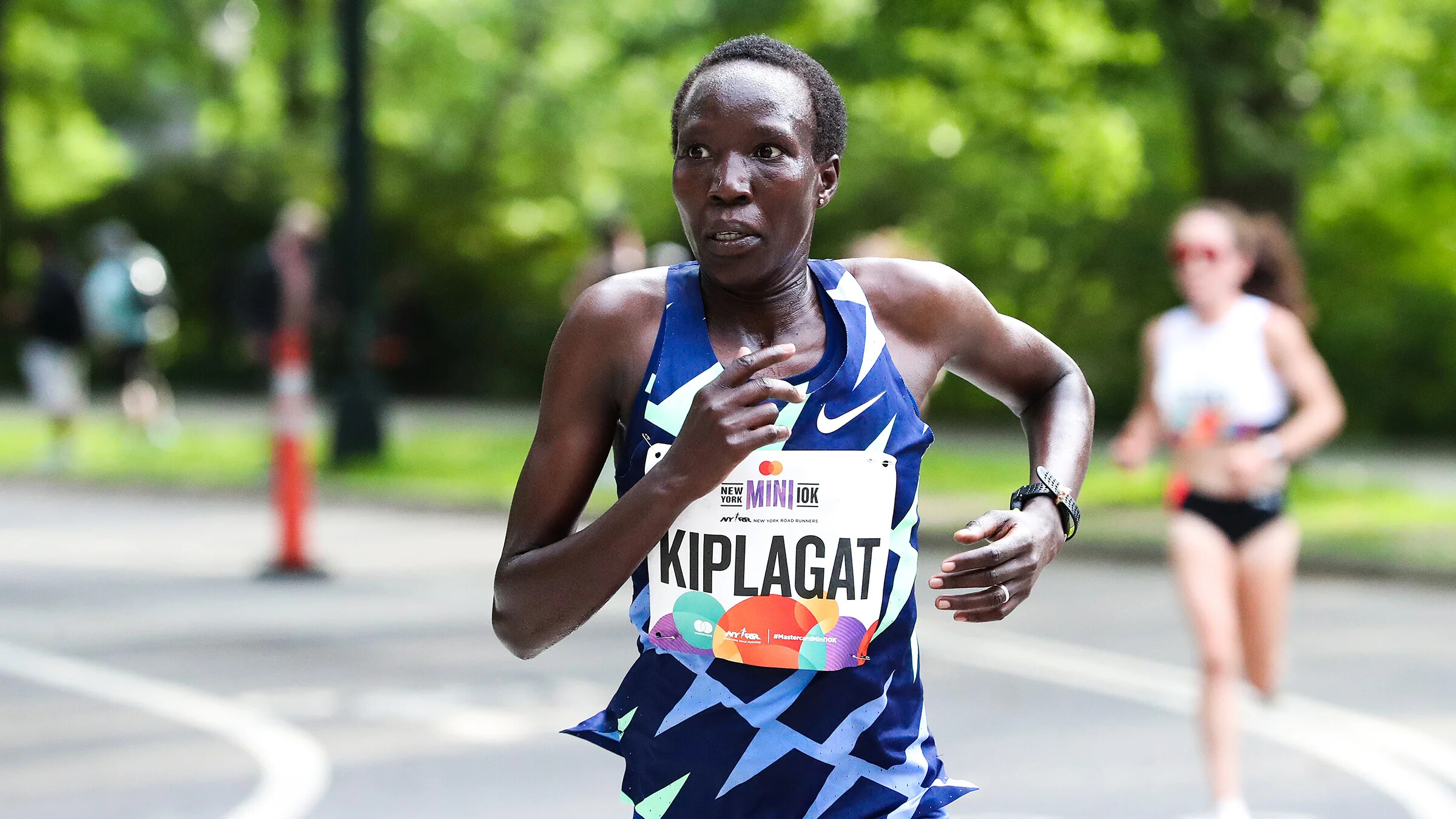
The race also features four past champions, five Paris 2024 Olympians, and seven of the top 10 finishers from the 2024 U.S. Olympic Marathon Trials.
Produced by the New York City-based nonprofit for more than five decades, the 52nd running of the event will also be competed by event-record holder and two-time race champion Senbere Teferi and two-time race champion Sara Hall, who will join the previously announced 2024 U.S. Olympic Women’s Marathon Team – Fiona O’Keeffe, Emily Sisson, and Dakotah Lindwurm – at the start line in Central Park.
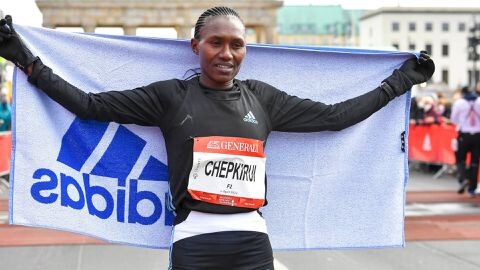
Teferi, a two-time Olympian and two-time World Championships medalist from Ethiopia, has won the last two editions of the New York Mini 10K, breaking the event record in 2023 with a time of 30:12.
Also, in New York, she won 2019 UAE Healthy Kidney 10K and in her 2022 United Airlines NYC Half victory recorded the second-fastest time in the history of the event.
“I’m very happy to return to New York for the Mini, and I will try my best to win the race for a third time,” Teferi said. “It is such a special race because there is a bond that exists with thousands of women also running. Even though we are not related, I feel supported like we are all sisters in running.”
Hall is a 10-time U.S. national champion who won the New York Mini 10K in 2021 and 2022. Earlier this year, she finished fifth at the U.S. Olympic Marathon Trials. She is also the former national record-holder in the half marathon and the only athlete in history to have won the New York Mini 10K, New Balance 5th Avenue Mile, and Abbott Dash to the Finish Line 5K in New York.
“It’s very cool that this year’s New York Mini 10K falls on the fifth anniversary of my first win at the race, and I can’t think of any place I’d rather be that weekend,” said Hall.
by Capital Sport
Login to leave a comment
New York Mini 10K
Join us for the NYRR New York Mini 10K, a race just for women. This race was made for you! It’s the world’s original women-only road race, founded in 1972 and named for the miniskirt, and it empowers women of all ages and fitness levels to be active and to look and feel great on the run. Every woman who...
more...Chris Balestrini: Run Your Way, for the Canadian 50K record holder, running is a reward at the end of a challenging day
Chris Balestrini does it all: trail running, road running and track running. “Pretty much all types of running,” he laughs. “I guess I could say, I’m an outdoor enthusiast.” That downplays his accomplishments: Balestrini is a New Balance-sponsored athlete who holds the Canadian 50-kilometer record, but also runs a smoking fast 10K (29:22). He just finished second at the Vancouver Marathon. And he’s getting his PhD while training as a pro athlete.
“My first memory of running was Grade 3 cross country,” he says. “I remember I wanted to be on the team because all my friends were on the team. I absolutely did not love running at that point.”
A stress fracture early in his high school running career led him to cycling, and he grew to love life on two wheels. But the time commitment for being a pro cyclist was too much once he entered university, so he made the shift back to cross-country running. The engine he built from cycling and the strength built from a few years off to let his bones recover and develop allowed him to make the cross-country team at Western University (but just barely); then he was off and running.
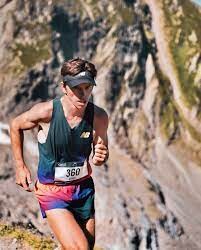
“From there, my love of running kind of came back and grew,” Balestrini says. “I realized that, maybe if I keep if I keep pursuing this, I can do something positive with it.”
Running even lends itself to chasing a doctorate degree, he says: “With running, there’s quite a bit of flexibility in training, when you’re doing experiments and when you’re writing,” he says. “You can find those nice parts of the day to get out and run, compared to when I was in medical school, and it was much more time-consuming. Then, it was harder to fit in training. Sometimes we’re sleeping at the hospital two to three nights a week, and working quite often. So you really have to prioritize running to make it happen. Luckily, I always viewed running as the the treat at end of the day, not something I had to do. That helped my mental health and my energy levels in the hospital. Viewing running as a reward makes a big difference in your outlook.”
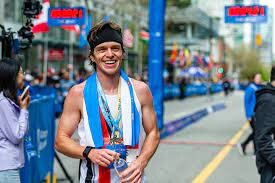
He was good at short distances, but as a cyclist, longer durations were intriguing—and that’s where the 50k came in. “From my background in road cycling, the races were always longer than two and a half hours, which is the marathon time,” he says. “I naturally looked at the trails and got my feet a little wet going into the 50K races, then started looking at the 50-milers. The Squamish 50 miler was my debut in that distance last summer and I enjoyed being out all day. I enjoy the more the undulating terrain and not knowing exactly if you’re on pace. On the road, you have splits every kilometer and you have a more strict race plan. If you’re falling off, then it might be a bad day. But on the trails, you can have a bad 10 kilometers and then come back in the next stretch. And I think that really appealed to me, because it’s more of a long-term battle within your body, and also your mind, as well as with the competitors on the course.”
“When I’m looking for a race, I typically want it to be competitive,” he adds. “I want to be able to have not only the course push me, but to have competitors push me too, to explore those deep dark places within yourself.”
“I think “run your way” means to run any surface, any distance, and just go out and put forth your best effort,” Balestrini says. “In the last five years, I’ve raced a 1,500m on the track. I’ve raced marathons. I’ve raced 50-milers on the trails. And when I when I think about those events, I’ve gained experience and I’ve gained happiness. I think it’s important to not pigeonhole yourself into to one event or one distance, or even one type of running, and to just explore everything that running has to offer.”
by Molly Hurford
Login to leave a comment
Here Are the Celebrities Running the 2024 Boston Marathon
Zdeno Chara and Meb are a few of the big names toeing the line in Hopkinton this year.Every year, the Boston Marathon attracts celebrities from various fields, from athletes to actors, and this year is no different. Last year, former Boston Red Sox players Brock Holt and Ryan Dempster took to the streets alongside legendary quarterback Doug Flutie, who won the Heisman while at Boston College.
This year, things kick off with former Patriots tight end Rob Gronkowski serving as grandmaster for the race. Gronkowski will also receive the Patriots' Award from the Boston Athletic Association, which honors a “patriotic, philanthropic, and inspirational” individual who “fosters goodwill and sportsmanship.”

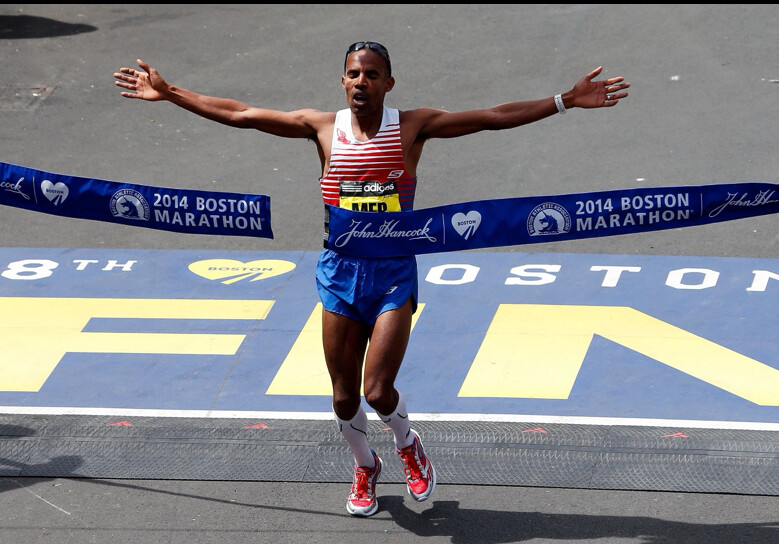
This year, spectators will see not only a few returning faces in the streets but also a few first-timers. So, what notable names can we expect to see lining up in Hopkinton this year for the Boston Marathon? 1
Meb KeflezighiMeb Keflezighi, now with New Balance, announced his return to the race earlier this year. In 2014, Keflezighi became the first American to win the men’s race since 1983.
Keflezighi, 48, will run the race to support his MEB Foundation, which supports “health, education, and fitness worldwide.”
“I will be returning to the streets of Boston, taking on the prestigious race and celebrating my victory from 2014,” Keflezighi said on Instagram. “Together, we can light the path for those in need and show the world the power of compassion and community. Let’s run with purpose and inspire others to join us in spreading kindness and hope.”2
Zdeno CharaChara, the legendary Bruins hockey player who stands a mighty six feet, nine inches and helped bring the Stanley Cup to Boston in 2011, is again running in support of the Thomas E. Smith Foundation and the Hoyt Foundation.
“I’m excited to be running the 2024 Boston Marathon to raise money and awareness for @thomasesmithfoundation & @teamhoytofficial!,” Chara said on Instagram. “These two amazing foundations impact the lives of those living with disabilities through financial and emotional support.”3
Nicolas KieferKiefer’s Boston Marathon run will see the former tennis pro complete the last of the big six, having previously run Berlin, Chicago, London, New York, and Tokyo.
Kiefer, who won silver in the 2004 Olympics, wrote on Instagram that he felt “extremely good” during his final training run before the marathon.4
Chris NikicAt 22, Chris Nikic completed his first Boston Marathon in 2021. He is the first person with Down Syndrome to finish the Hawaii Ironman and all Big Six marathons. Nikic aims to improve his Boston time to 5:35 in 2024, his third time running the race.
“Last long run (20 miles) before @bostonmarathon next weekend and @londonmarathon in 2 weeks,” Nikic said on Instagram on Sunday. “Looking to see if I can do better each marathon.”5
Daniel HummDaniel Humm, the chef behind NYC’s three-Michelin star restaurant Eleven Madison Park, hoped to run the New York Marathon but had to drop out due to an Achilles injury. Instead, he will be running in Boston, hoping to beat his time in the same race last year when he ran a 2:58:53.6
Matt WilpersFamed Peloton instructor Matt Wilpers will be running the marathon as a long-time personal goal and as a way to inspire others as he does during his popular workouts.
“My success is when my athletes are successful, so if I can push them to be stronger, better versions of themselves by going out and leading by example, like, I love this stuff,” Wilpers told Boston.com. “I’ll have fun racing a marathon, I’ll have fun racing a 5K. Whatever it is, this is what I do for fun. And so if this is going to get people excited, let’s go do it.”
by Runner’s World
Login to leave a comment
Popstar Lil Nas X runs NYC Half in high-tops
There were over 25,000 finishers at Sunday’s NYC Half Marathon, and one of the more notable ones was American popstar Lil Nas X, who did not make headlines by his finishing time, but by the shoes he wore during the race.
Lil Nas X, who entered the race under his real name, Montero Hill, finished the half in two hours and 32 minutes. What made his time impressive was that he ran that time in a pair of designer Coach high-top sneakers.
American running photographer Joe Hale tweeted a photo of Lil Nas X crossing the finish line in the high-tops, then proceeded to ask him what shoes he was wearing. The singer responded, “Some random pair of Coach shoes I always exercise in, so I decided why not [wear them].”
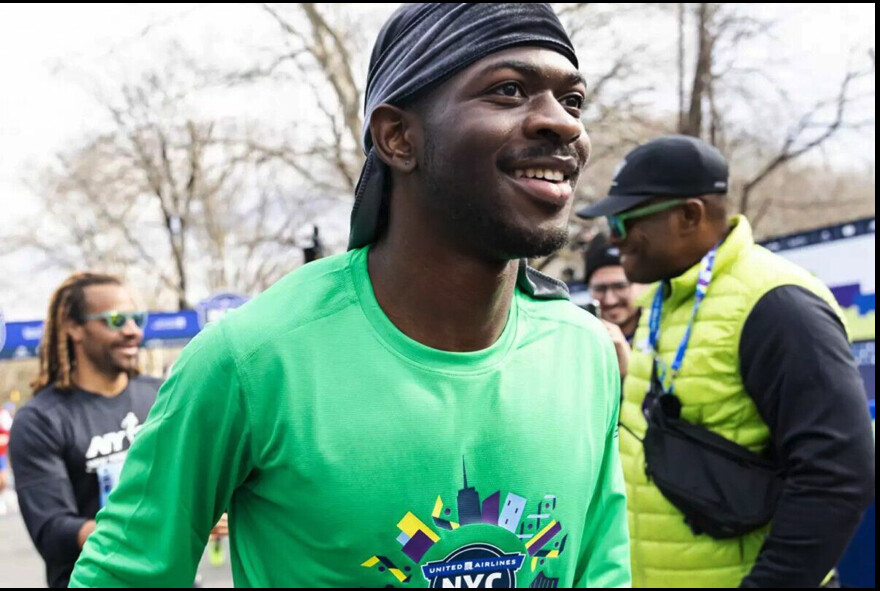
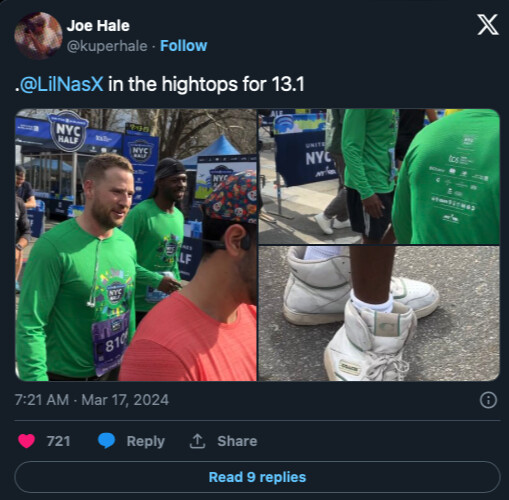
Although the Coach-branded high-tops won’t be making our list of “the best running shoes to go the distance in 2024,” Lil Nas X was incredibly proud of his result, posting “Hey, at least I made it,” to his Instagram story, where he was seen leaving the race in a wheelchair. We can only imagine how rough his shins must be feeling on Monday morning.
The 24-year-old singer, who won a Grammy Award for his massive hit “Old Town Road“ in 2020, might have some potential in the half once HOKA, On, or New Balance hooks him up with a pair of high-cushioned running shoes. Maybe, we will see him challenge the two-hour mark in his next half.
Although the Coach-branded high-tops won’t be making our list of “the best running shoes to go the distance in 2024,” Lil Nas X was incredibly proud of his result, posting “Hey, at least I made it,” to his Instagram story, where he was seen leaving the race in a wheelchair. We can only imagine how rough his shins must be feeling on Monday morning.
The 24-year-old singer, who won a Grammy Award for his massive hit “Old Town Road“ in 2020, might have some potential in the half once HOKA, On, or New Balance hooks him up with a pair of high-cushioned running shoes. Maybe, we will see him challenge the two-hour mark in his next half.
Canada’s Tristan Woodfine finished sixth overall in 63:50, one spot ahead of Ethiopian distance legend Kenenisa Bekele. Woodfine is training for the 2024 Boston Marathon on April 15.
by Running Magazine
Login to leave a comment
Gotytom Gebreslase hopes to break Nahoya course record
In advance of the highly anticipated race scheduled for this Sunday, March 10, 2024, the Nagoya Women’s Marathon held a pre-race press conference for the invited elite athletes today in Nagoya, Japan.
Gotytom Gebreslase (ETH), 2022 Oregon World Champion and 2023 Budapest World Championships silver medalist said, “My goal for Sunday is to run under two hours 18 minutes, and if the weather and pacemakers are good, I will try to break the course record of 2:17:18.” Her competitor Eunice Chebichii Chumba of Bahrain, 2023 Asian Games Champion said, “My preparation has been going well, and my focus will be to improve my personal best of 2:20:02.”
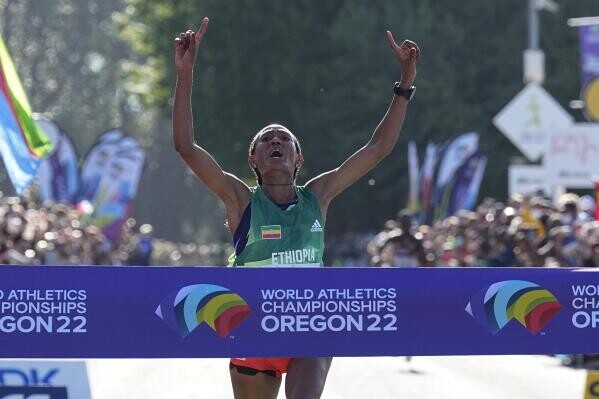
For Japanese athletes, the Nagoya Women’s Marathon 2024 will be the last chance to win a place in the Paris Olympics team by beating the new national record of 2:18:59 just set by Honami Maeda this January.
The 2020 Tokyo Olympians Ayuko Suzuki will aim to break the target of 2:18:59 so she can compete in the Olympics again to show what she really can do, adding that she was ready to turn the support of the local spectators of her hometown Aichi into strength. Sharing the same goal with Ayuko, Rika Kaseda commented that she had prepared for a high-speed race and would challenge herself to keep up with the pace of other fast athletes to grab the last ticket for Paris 2024.

In addition to these top elite athletes, many recreational runners will join the Nagoya Women’s Marathon 2024 from home and abroad, making it an exciting race with 18,000 participants. All finishers will be presented with an event’s exclusively designed Tiffany & Co. pendant and a New Balance T-shirt as the finisher prize.
Sunday’s race will be streamed live free of charge to 37 countries and regions (Argentina, Australia, Bahrain, Brazil, Brunei, Cambodia, Chile, Colombia, Egypt, Ethiopia, France, Germany, Hong Kong, Indonesia, Israel, Italy, Kenya, Macau, Malaysia, Mexico, Monaco, Myanmar, Namibia, Netherlands, New Zealand, Papua New Guinea, Philippines, Puerto Rico, Romania, Singapore, South Africa, South Korea, Spain, Taiwan, Thailand, United Kingdom, and United States of America) on the race’s official website at https://womens-marathon.nagoya/en/broadcast.php. Stay tuned for the race to start at 9:10 a.m. on Sunday, March 10, 2024, Japan time.
by AIMS
Login to leave a comment
Nagoya Women's Marathon
The Nagoya Women's Marathon named Nagoya International Women's Marathon until the 2010 race, is an annual marathon race for female runners over the classic distance of 42 km and 195 metres, held in Nagoya, Japan in early March every year. It holds IAAF Gold Label road race status. It began in 1980 as an annual 20-kilometre road race held in...
more...Jenny Simpson Targets NYC Half
For the first time in her running career, Jenny Simpson faced a decision that she’d never considered in a race. At mile 18 of the 2024 U.S. Olympic Marathon Trials, her debut at the distance, the most decorated U.S. 1500-meter runner in history made the difficult choice to drop out of the competition on February 3.
The marathon leaves runners vulnerable to a number of challenges—nutrition issues, tough terrain, the rigors of high mileage—which can derail even the most experienced runners on a bad day. When Simpson, 37, started cramping with 16 miles left in the race, the setback shocked her. After spending months transforming her body from an explosive middle-distance runner to a long-distance athlete on the roads, Simpson felt ready to take on 26.2, which made the race in Orlando, Florida, all the more confusing.
“One of the beautiful things about running is that so often what you put in is what you get out, but the [Olympic Marathon Trials] wasn’t that way at all,” Simpson told Runner's World.
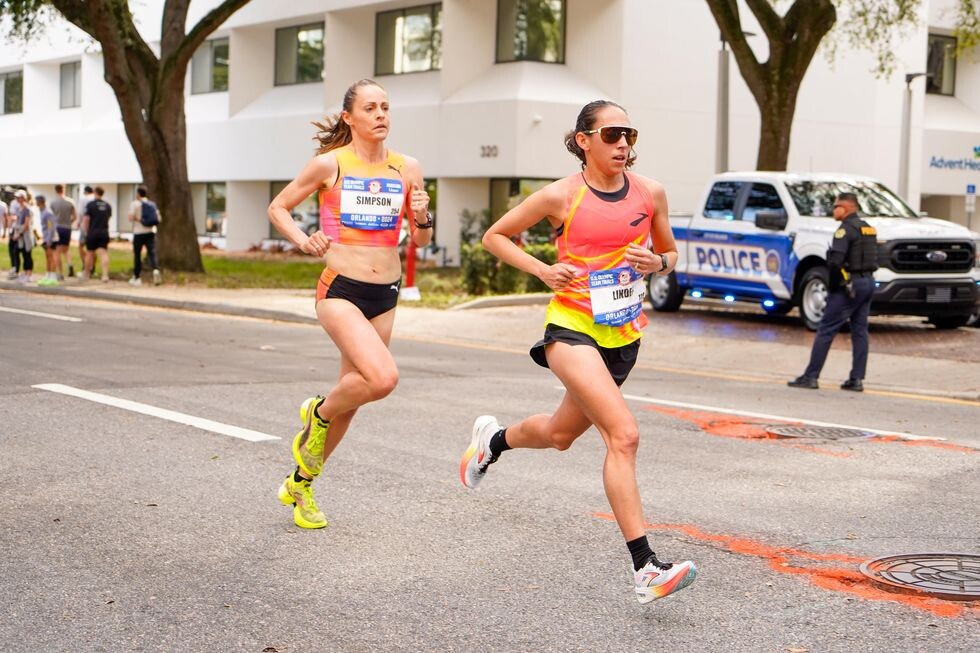
After the race, Simpson took time to reflect. For two days, the three-time Olympian relaxed with her family in Oviedo, Florida, her hometown located just outside Orlando. In between playing with her nieces and enjoying home-cooked meals, she expected to feel sad following the race. But to her surprise, that feeling never came. Instead, Simpson felt motivated to find another opportunity to show her fitness.
While riding in an Uber on the way home from the Denver airport to her house in Marshall, Colorado, Simpson sent a text message to a contact at the New York Road Runners (NYRR), asking if there were any spots available to race the NYC Half. The event in New York City on March 17, one of 60 adult and youth races organized by NYRR throughout the year, will include Simpson in her third half marathon.

Coming out of a tough few years of personal and professional hardships, Simpson has a new perspective on disappointment. For her, the Olympic Trials is just another exercise in the importance of having faith in the process and her ability to bounce back.
“The race didn’t turn out the way I wanted, but I still believe in myself,” Simpson said. “I’m up at the plate, gripping the bat and I swung once, totally missed, but I’m gonna swing again because I believe I’m ready for it.”
Marathon metamorphosis
After spending well over a decade dominating American middle-distance running and collecting medals on the global stage—including world championship gold (2011), two silver medals (2013 and 2017), and Olympic bronze at the 2016 Rio Games—Simpson’s streak of making U.S. teams ended during the pandemic. In 2021, she made the finals of the 1500 meters at the Olympic Trials, but she finished 10th.
That fall, she started to transition to the roads with her first 10-mile race. But at the end of 2021, her life was upended by injury, the conclusion of a longtime sponsorship with New Balance, and a devastating wildfire that she and her husband, Jason, narrowly escaped on December 30, 2021. While their home was spared, most of their neighbors’ houses were destroyed. For three months, the couple was displaced while damage was repaired.
By the spring of 2022, things started to turn around for Simpson. Her sports hernia was healing, she and her husband returned to their home, and she was in conversations with shoe companies. That fall, she signed with Puma and shared her intent to focus on the roads.
In January 2023, she made her debut in the half marathon with a 1:10:35 in Houston. That summer, she announced her plans to race the U.S. Olympic Marathon Trials, her first 26.2.
In collaboration with her longtime coaches, Mark Wetmore and Heather Burroughs, Simpson threw herself into the event. She built up to 100-mile weeks during the training cycle, worked with a nutritionist on mid-race fueling, and spent three weeks in Orlando acclimating to the heat in preparation for the championship.
Lessons learned
On race day, Simpson started out at a pace that felt manageable (she ran between 5:23 and 5:38 per mile through the first 10), resisting the urge to go with the blazing pace set by the leaders. Just past halfway, Simpson got a side stitch, and then she started cramping, first in her toes and then in her calf and hips. “Over the course of a few miles, I went from being able to race, to feeling like I was in trouble being able to move through my normal range of motion,” she said.
Simpson tried to double down on hydration at the aid stations, but the muscle cramps got worse as the race progressed. While battling through the setback, Simpson ultimately decided to accept the loss. For an athlete who is used to being on the podium, dropping out was an agonizing choice, but the crowd’s support on the course helped her cope.
“It’s one thing for people to say, ‘We’re proud of you no matter what,’ and I’ve heard that my whole life. I’ve been the woman who can make the team,” Simpson said. “To actually be in the position where I’m not doing well and I’m not making the team and everyone is good on that promise to be proud of me no matter what, I’m just so grateful.”
Now almost three weeks out from the race, Simpson and her team are determining takeaways from the competition. After spending many years following a set schedule of Diamond League competitions and international championships on the track circuit, Simpson wants to choose races that excite her. Right now, that means conquering a half marathon through Times Square and Central Park.
“2024 for me is gonna be about embracing the freedom to dial in on the experiences that I want to have before this is all over,” Simpson said. “It’s not going to last forever, and that doesn’t mean I’m retiring tomorrow or anytime soon, but we’ve been through some tough years, and I still think life is beautiful.”
by Tailor Dutch
Login to leave a comment
United Airlines NYC Half-Marathon
The United Airlines NYC Half takes runners from around the city and the globe on a 13.1-mile tour of NYC. Led by a talent-packed roster of American and international elites, runners will stop traffic in the Big Apple this March! Runners will begin their journey on Prospect Park’s Center Drive before taking the race onto Brooklyn’s streets. For the third...
more...Noah Lyles signs record-setting contract with Adidas
The world 100m and 200m champion, Noah Lyles, has signed a record-setting deal with Adidas that will run through the L.A. 2028 Olympics. The exact dollar figures have not been disclosed, but it has been dubbed the richest contract in track and field since the retirement of Usain Bolt.
Bolt’s contract with Puma in 2013 was estimated at around $10 million a year, and the deal took him to the end of his career, in 2017. Lyles’s new contract is likely in the ballpark.
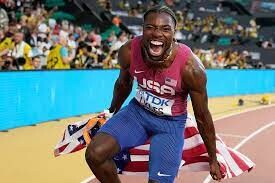
Adidas has been Lyles’s sponsor since the 2016 U.S. Olympic Trials, when he finished fourth in the men’s 200m as a high school senior. Lyles has since become the world’s most dominant sprinter, winning three consecutive World Championships titles over 200m, breaking the 26-year-old American record in 2022 (19.31 seconds) and winning all three sprint gold medals in the 100m, 200m, and 4x100m relay at the 2023 World Athletics Championships in Budapest. He is only the fifth man to accomplish that feat, and the first since Bolt at the 2015 World Championships in Beijing.

“When I first signed with Adidas in 2016 along with my brother, Josephus, it was like a dream come true for us,” Lyles said in a press release. “Today is just a continuation of that childhood dream.” Lyles shared his vision of achieving all he can on and off the track, and his goal to make a change for future generations. “This is what drives me,” he said.
Lyles has had a fast start to the 2024 season, clocking a new personal best of 6.45 at the New Balance Grand Prix earlier this month, then following up his performance with a 60m win at the U.S. Indoor Track and Field Championships in a world-leading 6.43 seconds, beating his compatriot and former 100m world champion Christian Coleman.
The 26-year-old is the favourite to win gold in the 100m and 200m at this summer’s Paris Olympics. (He has yet to win an Olympic gold medal.) He won bronze in the men’s 200m in Tokyo, losing to Canada’s Andre De Grasse and American Kenny Bednarek.
Along with Adidas, Lyles also has partnerships with Omega Watches, Celsius Fitness Drinks, Comcast and Visa.
by Marley Dickinson
Login to leave a comment
Ednah Kiplagat confirms next race as she chases more history
Forty-four-year-old Edna Kiplagat has opened up on where she will compete next, giving the impression that she is not hanging her spikes anytime soon.
More than 25,000 runners have confirmed participation at the New York City Half Marathon scheduled for Sunday, March 17 from Brooklyn to Manhattan, finishing in Central Park.
One of the headliners in the women’s field is 44-year-old Kenyan runner Edna Kiplagat who will be using the race as part of her preparations for the Boston Marathon.
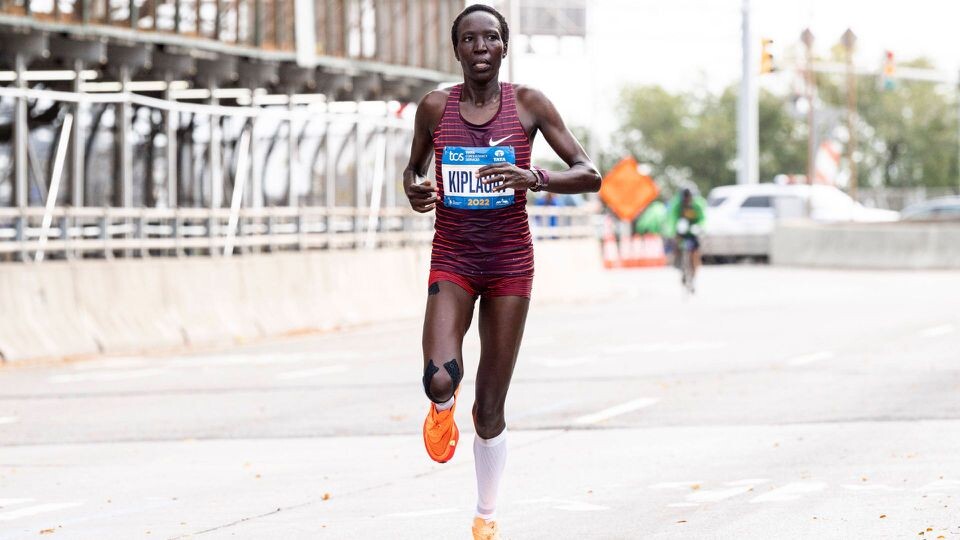
Kiplagat is one of the most successful long-distance runners and from her records, she is a two-time Boston Marathon champion and former London and New York City Marathon champion.
Kiplagat will be up against compatriots Gladys Chepkurui, the reigning Tokyo Half Marathon champion, and Cynthia Limo, a World Athletics Championships half-marathon medalist. The duo has the two fastest times in the women's open division.
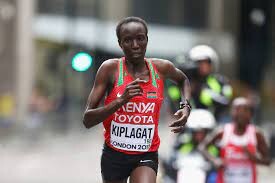
Two-time US Olympian and 2018 Boston Marathon champion Desiree Linden will return as the top American finisher from last year's race, having recently finished 11th at the US Olympic Marathon Trials.
Olympic and World Championships medalist Emily Simpson will make her United Airlines NYC Half debut but she is no stranger to NYRR races as an eight-time winner of the New Balance 5th Avenue Mile.
Lindsay Flanagan and Annie Frisbie, both of whom finished in the top 10 at the 2024 US Olympic Marathon Trials, will also be ones to watch.
Ethiopia's Kenenisa Bekele, a four-time Olympic medalist, 16-time world champion, and the third-fastest marathoner in history, will challenge the Kenyan charge in the men’s race. He will be competing in the streets of New York for the second time after finishing sixth at the 2021 TCS New York City Marathon.
The Kenyan charge will be led by, Abel Kipchumba, the reigning champion of the B.A.A. Boston Half Marathon who owns one of the top 10 half-marathon times in history.
Morocco's Zouhair Talbi will return to the event after taking third in his United Airlines NYC Half debut last year, which he called "the race of his life."
Since then, he finished fifth at the Boston Marathon and broke the Houston Marathon course record in January.
Tanzanian Olympian and marathon record-holder Gabriel Geay, who was the runner-up at last year's Boston Marathon, will race the United Airlines NYC Half for the first time.
An American contender to watch will be Hillary Bor, a two-time U.S. Olympian and five-time national champion who will be making his half-marathon debut.
by Abigael Wuafula
Login to leave a comment
United Airlines NYC Half-Marathon
The United Airlines NYC Half takes runners from around the city and the globe on a 13.1-mile tour of NYC. Led by a talent-packed roster of American and international elites, runners will stop traffic in the Big Apple this March! Runners will begin their journey on Prospect Park’s Center Drive before taking the race onto Brooklyn’s streets. For the third...
more...Noah Lyles, Christian Coleman set for major showdown at US Track & Field Indoor Championships
Noah Lyles and former world 100m champion Christian Coleman are set for an epic clash will at the US Track and Field Indoor Championships in New Mexico this weekend.
Multiple world champion Noah Lyles is set for a thrilling battle with former world 100m champion Christian Coleman at the US Track and Field Indoor Championships taking place in New Mexico this weekend.
Lyles, Coleman and 2020 World Indoor tour winner Ronnie Baker will be the star attractions in the 60m sprint showdown that also has the likes of Demek Kemp, Ray Wells with, Kendal Williams, Brandon Carnes, Coby Hilton, Pjai Austin, Lawrence Johnson, Zachaeus Beard and Kasaun James.

The three-time world 200m champion is fresh from winning the New Balance Indoor Grand Prix in Boston, where he clocked a personal best of 6.44 seconds, and will line up as the athlete with the best time over 60m from the lot.
Lyles clocked 6.34 seconds, a world record in the event at the US Indoor Championships in Albuquerque, New Mexico, in 2018 while Baker managed a personal best time of 6.40 seconds, finishing behind Coleman and the three are set for an epic clash once more.
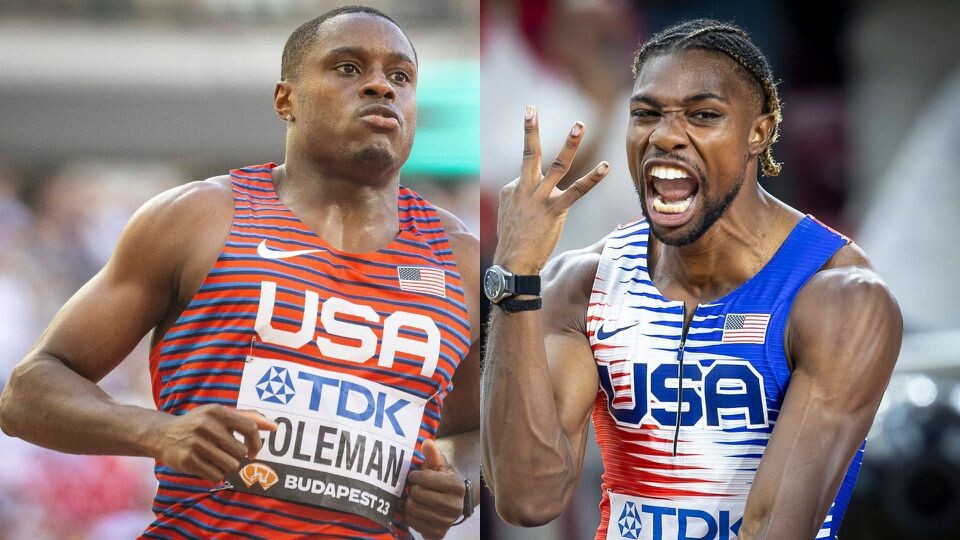
The 27-year-old claimed he is in good shape after winning in Boston while revealing his lofty ambitions for the World Indoor Championships set to take place in Glasgow, Scotland next month.
“World lead, meet record. Now let’s go out there and get a world indoor medal in Glasgow. Last year I went out there and won three gold medals. This year I want to get four. And if I don’t get four, I am going after three world records," he told the Guardian after the race.
Lyles is seeking to stay in great shape as he gears up for the Paris 2024 Olympics where he has declared his intentions to win up to four gold medals while also eyeing Usain Bolt’s 200m world record.
by Joel Omotto
Login to leave a comment
2026 USAFT Indoor Championships
The 2026 USATF Indoor Championships, presented by Prevagen, are set to take place on February 22-23 at the Ocean Breeze Athletic Complex in Staten Island, New York. This premier event will feature the nation's top track and field athletes competing for national titles and spots on the U.S. team for the 2025 World Indoor Championships in Nanjing, China. The Ocean...
more...These were the Fastest Shoes of the 2024 Olympic Marathon Trials
Asics, Puma, and Nike had a big day.
The city of Orlando witnessed some amazing performances under a blistering sun, with tickets to Paris at stake. When the dust settled after three loops, six brands placed among the top 10 men’s and women’s finishers. There was a time Nike ruled the roads, but Asics topped them in this year’s Olympic Trials Marathon, with two men and four women making my list below.
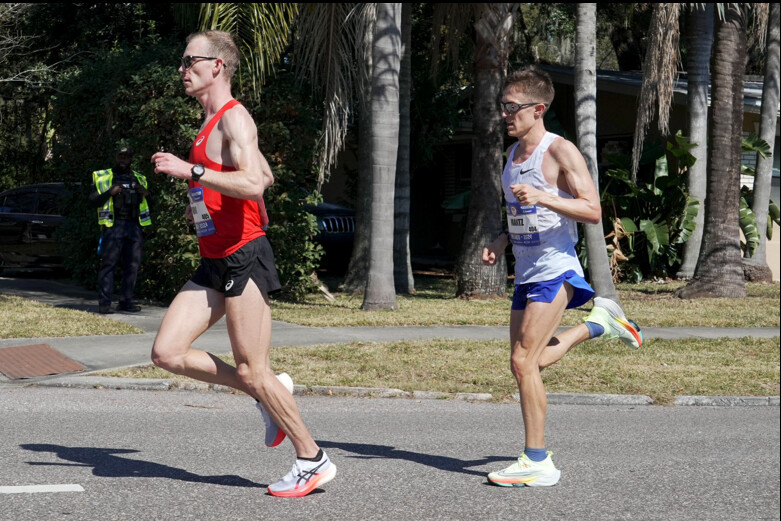
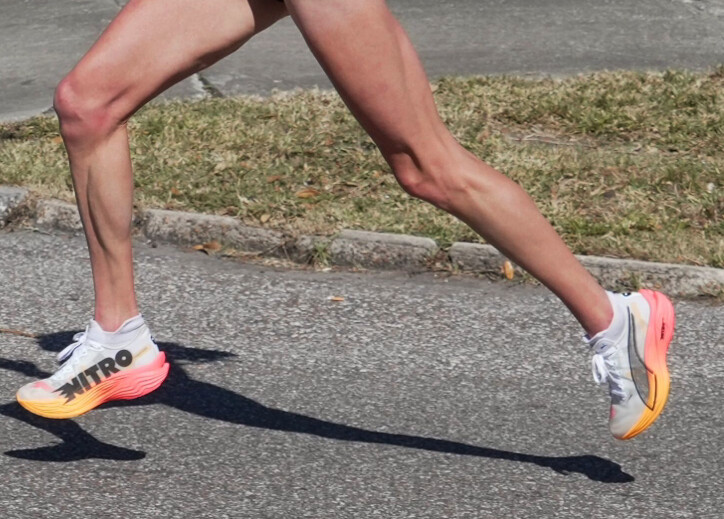
Here’s a look at what the top 10 finishers in both races wore in their quests for a spot on the Olympic team.
MEN’S TOP 10
1st — Conner Mantz, 2:09:05
Nike Air Zoom Alphafly Next% (v1)
Despite two updates to the Alphafly, Mantz (right in the image above) continues to wear the very first version. If it ain’t broke, don’t fix it.
2nd — Clayton Young, 2:09:06
Asics Metaspeed Sky 3 prototype
Young (left, above) looks to be wearing the newest, unreleased Metaspeed Sky. Asics has three “development” shoes (prototype) approved by World Athletics for use in competition, currently. This colorway looks a lot like the existing Metaspeed Sky+ and Edge+, but when we zoom in closer we don’t see any labels, and the sidewall of the midsole looks different than the shoe you can buy now.
3rd — Leonard Korir, 2:09:57
Nike Air Zoom Alphafly 3
Korir laced up the latest Alphafly and might just have run himself onto the squad headed for Paris. We reviewed the Alphafly 3 recently.
4th — Elkanah Kibet, 2:10:02
Asics Metaspeed Edge 3 prototype
Kibet is wearing a prototype, like Young. His, however, appears to be the Metaspeed Edge. You can see the ridge on the sidewall of the forefoot swoops down low toward the sole of the shoe. The Edge’s plate curves lower, allowing for more foam between your foot and the plate than in the Sky.
5th — CJ Albertson, 2:10:07
Brooks Hyperion Elite 4 prototype
It looks like CJ is wearing Brooks’s top racing shoe, which was just announced. But, the company also has a “Hyperion Elite 4 RD.010” prototype shoe that was approved by World Athletics for use in competition just two weeks ago. It’s likely he wore that version (we don’t have details yet) but the outsole of CJ’s race shoe has gray rubber, whereas the newly announced version has a web of black and orange rubber.
6th — Zach Panning, 2:10:50
Brooks Hyperion Elite 4 prototype
Panning seems to be wearing the same prototype of the Hyperion Elite 4 that CJ wore.
7th — Nathan Martin, 2:11:00
Nike Air Zoom Alphafly 3
8th — Josh Izewski, 2:11:09
Nike Air Zoom Alphafly 3
9th — Reed Fischer, 2:11:34
Adidas Adizero Adios Pro 3
Fischer rolled to a top-10 finish with an all-white version of the Adios Pro 3. Adidas does not have any prototypes on the list of approved shoes as of race day.
10th — Colin Bennie, 2:12:17
Brooks Hyperion Elite 4 prototype
Bennie seems to be wearing the same prototype as Albertson and Panning.
WOMEN’S TOP 10
1st — Fiona O’Keeffe, 2:22:10
Puma Deviate Nitro Elite 3
Not a bad first effort for O’Keeffe and Puma. Fiona won her first marathon in record fashion. And Puma claimed victory with the Deviate Elite 3 on the first day it was approved for use in competition. The World Athletics approved shoe list shows the 3 green lighted for use as a “development” as of Feb. 3, 2024.
2nd — Emily Sisson, 2:22:42
New Balance FuelCell SuperComp Pacer
New Balance has a new super shoe, the FuelCell SuperComp Elite v4, out. But Sisson laced up the thinner, lighter Pacer. It’s a shoe most of us recreational runners might only grab for a 5K or 10K (maybe). Seems like it’s working just fine for the American record holder.
3rd — Dakotah Lindwurm, 2:25:31
Puma Deviate Nitro Elite 3
Lindwurm also wore the new Puma racer. Hey, Puma, need me to re-send my address?
4th — Jessica McClain, 2:25:46
Nike Vaporfly 3
This marks an insane shift in racing footwear. On the men’s side, four of the top 10 runners laced up Nike. Only McClain, the team’s first alternate, cracked the top 10 women’s runners wearing the swoosh. Folks, we’re living in the golden age of running shoes. Pick the pair that fits and feels best—and rip it.
5th — Sara Hall, 2:26:06
Asics Metaspeed Edge 3 prototype
Like Kibet, it appears Hall wore the Metaspeed Edge prototype.
6th — Caroline Rotich, 2:26:10
Asics Metaspeed Edge+
Unlike Hall, Kibet, and Young, Rotich’s shoe seems to be the current Metaspeed Edge+ that you can buy right now.
7th — Makenna Myler, 2:26:14
Asics Metaspeed Sky 3 prototype
Myler is likely wearing the Sky 3 prototype—again, check out that ridge in the forefoot; it’s closer to the foot. One heck of a day for Asics, if I do say so.
8th — Lindsay Flanagan, 2:26:25
Asics Metaspeed Edge 3 prototype
N + 1.
9th — Emily Durgin, 2:27:56
Adidas Adizero Adios Pro 3
Durgin held onto a top-10 finish wearing Adidas’s most popular marathon racer.
10th — Annie Frisbie, 2:27:56
Puma Deviate Nitro Elite 3
Asics packed four runners in the top 10, but Frisbie finished strong to give Puma a triumphant trio, all wearing the new Deviate Elite 3.
by Runner’s World
Login to leave a comment
Britain’s world 1500m champion Josh Kerr returns to New York targeting fast two miles
Britain’s world 1500m champion Josh Kerr will headline the men’s two mile field when he returns to the Millrose Games, a World Athletics Indoor Tour Gold event, for the fifth time on February 11.
Kerr, the Olympic bronze medallist, ran 3:48.87 for the mile in Boston in 2022 and sits fourth on the world indoor all-time list for the discipline. He will look to make a similar statement in the two-mile event when he races at The Armory in New York in February.
He won the 3000m at this year’s Millrose Games, his season opener, in 7:33.47 and went on to take the world 1500m title in Budapest. Kerr was second in the Millrose Games mile in 2022, while he was also second and fourth in that discipline in New York in 2018 and 2019, respectively.
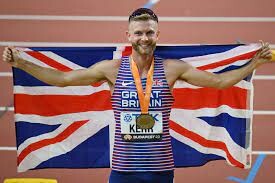
The world indoor two-mile best is 8:03.40, set by Britain’s Mo Farah in Birmingham in 2015.
“There's going to be a fantastic field and it will be paced at the two-mile world record,” Kerr told CitiusMag. “Currently, I'm in fantastic shape. I'm having an amazing fall and dealing with everything new and everything that's exciting, amazing and also terrible about being a world champion. I'm very excited for it.”

More than 50 meetings feature on the 2024 World Athletics Indoor Tour calendar, including seven Gold level events, in a season that culminates with the World Athletics Indoor Championships Glasgow 24.
Other athletes already confirmed for next year’s Tour include world gold medallists Noah Lyles, Jake Wightman and Gabby Thomas, who will all compete at the New Balance Indoor Grand Prix in Boston on February 4.
by World Athletics
Login to leave a comment
NYRR Millrose Games
The Pinnacle of Indoor Track & Field The NYRR Millrose Games, first held in 1908, remains the premier indoor track and field competition in the United States. The 2025 edition will once again bring the world’s top professional, collegiate, and high school athletes to New York City for a day of thrilling competition. Hosted at the New Balance Track &...
more...How Long Do Super Shoes Last? Here’s What the Latest Data Says.
Fancy new midsole materials like PEBA make you faster, but at the cost of durability
The eternal question of how long your running shoes should last became suddenly topical a few months ago, when Tigst Assefa set a world marathon record in what Adidas billed as essentially a single-use marathon shoe. This development sparked some important discussions about sustainability, accessibility, and fairness. But it also served as a reminder of how little we actually know about the useful life of running shoes, especially in the new era of thick-foamed super shoes.
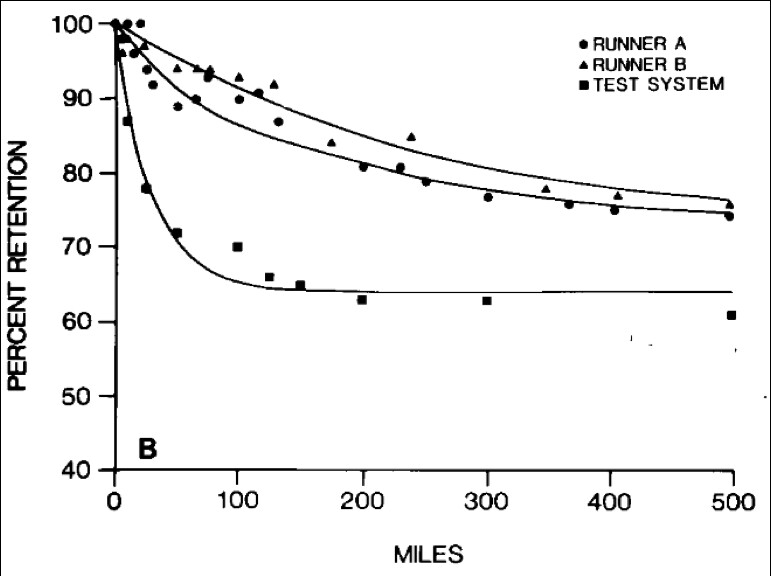
Fortunately, there’s some interesting new data in a study from researchers in Spain, led by Victor Rodrigo-Carranza of the University of Castilla-La Mancha. In the Scandinavian Journal of Medicine and Science in Sports, they compare shoes made with a modern super foam to a traditional EVA midsole before and after 280 miles, and find that the new midsole does indeed lose its magic more quickly—so much so, in fact, that the super shoe is no better than the regular shoe at that point.
Before digging into the specifics of the new study, it’s worth sketching in some context. The conventional wisdom that I’ve heard throughout my running life is that shoes typically last somewhere between 300 and 500 miles. This is based on some mix of cumulative experience and imperfect data, some of it published and some presumably locked away in shoe-company filing cabinets.
For example, there’s a 1985 study that measured shock absorption at frequent intervals between 0 and 500 miles, using a machine to simulate the impacts of running as well as two volunteers who racked up 500 real-life miles. Here’s an example of how shock absorption changed with mileage for one particular shoe:
The machine version of running obviously didn’t replicate the demands of in-person running very well, but the two human volunteers show similar patterns. Overall, the human testing found that shoes retained about 80 percent of the shock absorption after 150 miles, and 70 percent after 500 miles. You can see that the curve flattens out between about 300 and 500 miles, which is presumably where the conventional wisdom on shoe lifespan comes from. Conversely, you could argue that once you’re past 300 miles, the shock absorption isn’t going to drop much further, so if you’ve made it that far you might as well keep running in them until they (or you) fall apart. More on that below.
You might wonder whether shock absorption, as measured by a hydraulic machine, is really what matters to runners. More recent research has looked at other metrics: this 2020 study, for instance, used force-sensing insoles to measure the peak pressure on different parts of the foot, testing how it changed as a New Balance 738 shoe went from new, to 215 miles, to 430 miles. As the image below shows, the highest pressures are seen in the midfoot and forefoot:
Those pressures stayed virtually unchanged after 430 miles—but the midfoot peak pressure increased from 388 to 450 to 590 kilopascals, a 50 percent jump. It’s not clear exactly why the midfoot pressure increases. It could be that the relative lack of cushioning in the midfoot makes it less durable; it could be that the higher pressures on the rearfoot and forefoot break down the cushioning in those regions and shift load to the midfoot. Either way, it’s clear that the objective load on the foot has changed after 430 miles. And interestingly, the perceived cushioning reported by the volunteers picked up this change: those who reported feeling less cushioned in the midfoot in the worn shoes did indeed tend to have the highest peak midfoot pressures.
So the overall picture in the pre-super-shoe era was fairly muddy, but basically supported the view that shoes progressively lose their cushioning and reach bottom somewhere in that 300 to 500 mile range. Then came Nike’s Vaporfly in 2017, using a carbon fiber plate and a thick layer of cushioning to promise better running economy in exchange for a few hundred bucks—and, in the footnotes, less durability. The unsourced number that I frequently heard floating around after the Vaporfly’s release was that you should trust them for 100 miles or so.
It’s worth pausing here to say a few words about running shoe foams. Carlos Sánchez at RunRepeat has an impressive and exhaustive primer on the huge range of high-performance foams now on the market, which is worth digging into if you’re interested. A highly simplified history is that most running shoes used to use EVA (ethylene-vinyl acetate), then in 2013 Adidas’s Boost made TPU (thermoplastic polyurethane) popular, and then in 2017 Nike’s Vaporfly made PEBA (polyether block amide) the state-of-the-art. One study found that energy return was 66 percent for EVA, 76 percent for TPU, and 87 percent for PEBA.
While there’s been plenty of chatter about carbon-fiber plates, the weight of evidence is increasingly that most of the magic in super shoes comes from the foams. Unfortunately, the very property that makes them so good—their ethereal lightness—also makes them less durable. Of the more than three-dozen modern foams that Sánchez reviews, the main differences arise from the tweaks manufacturers make to trade off performance and longevity (along with price, of course). That makes it hard to issue general guidance about how long super shoes last: it depends on the shoe and the foam.
Still, one data point is better than zero, which brings us back to Rodrigo-Carranza’s study. The shoes he used were special prototypes manufactured for the study by On, almost identical except that one set had an EVA midsole while the other had a PEBA midsole. Both versions had a curved carbon-fiber plate. Twenty-two volunteers performed a running economy test to measure how much energy they burned at a given pace, once in fresh shoes and once in pre-worn shoes. (The researchers themselves ran exactly 280 miles in each pair of shoes to pre-wear them.)
One key finding: energy consumption in the new PEBA shoe was 1.8 percent lower than in the new EVA shoe. That bolsters the case that the foam itself is a big part of the magic, since both shoes had carbon fiber plates. (Not all PEBA foams are created equal, so we don’t know if On’s foam is as good as Nike’s ZoomX.) The other key finding: after 280 miles, there was no significant difference between the two shoes. The EVA shoe didn’t lose anything at all, whereas the PEBA shoe got 2.2 percent worse.
It’s not worth making any grand extrapolations from a single datapoint about when one type of shoe gets better than the other. Who knows what happens after 280 miles? For that matter, who knows what happened after 26 miles? Moreover, there are lots of other factors that might be relevant. One of the interesting claims in Sánchez’s review is that super foams maintain their properties even in frigid winter conditions, while EVA-based foams get much more rigid. In some shoes, firmness more than doubled after Sánchez’s freezer test. Maybe a worn-out super shoe is still a better bet than a newer EVA shoe for those of us who are latitudinally challenged. He also notes that shoe foams take more than 24 hours to recover from a run, and some recover faster than others, so it makes sense to alternate different pairs in order to maximize both comfort and shoe lifetime.
My own approach to shoe durability is, admittedly, not one that’s easy to generalize. I generally have two or three pairs on the go at any given time, and I run in them until they start to feel flat. It’s a noticeable sensation, especially if one of the other pairs in my rotation is relatively new and bouncy. Then, in the spirit of that graph above showing a plateau after about 300 miles, I keep running in them—but I pay more attention to how I feel during and after runs, and to whether the wear on the outer sole is changing the angle of my footstrike. Once I start to feel a few aches and pains, I retire the flat shoe. That approach works pretty well to keep me healthy, but the new data suggests that it’s probably not maximizing my performance. Anyone want to buy a pair of gently used six-year-old OG Vaporflys?
Login to leave a comment
Which Shoe Brand Won the NYC Marathon?
We scored the race like an XC meet. Here are the results.One problem with pro running is that there’s no real team system to create legit rivalries and wild fan support. The major sports have figured this out—grown men wear Detroit Lions jerseys to Costco. Nobody’s slipping on a Hansons-Brooks singlet to hit up the Home Depot.
That could be in part because there is no league. Casual fans can’t throw their undying faith behind NAZ Elite and root for them to beat up on OAC during a showdown in the summer road racing season. Plus, there aren’t really any competitions where teams square off for bragging rights and team trophies—well, maybe USATF Cross Country Championships.
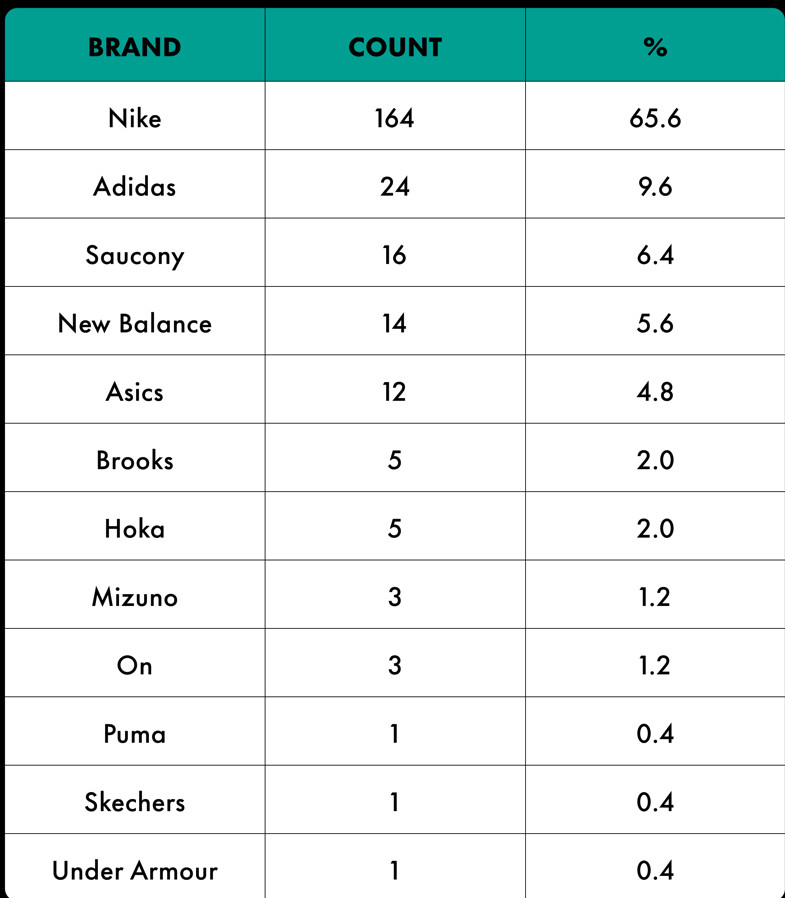
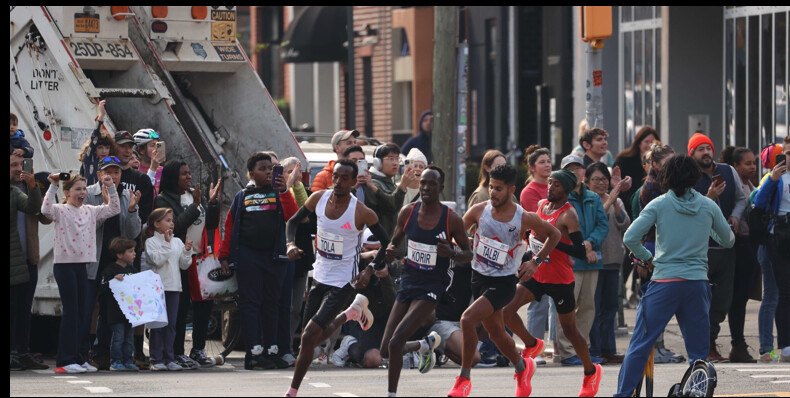
With XC in mind, let’s apply that kind of scoring to the NYC Marathon and manufacture some team drama.
In another article, I looked at the top 10 shoes from the marathon. But what happens when we go a bit deeper and look behind the pros? Which brand’s team is the best?Standing on the sidelines, I snapped photos of runners until the packs became too thick for me to capture everybody clearly. Then I sat with the results and matched runners to their shoes based on their bib numbers.
The elite fields were fairly small this year, so I left the pros in the scoring mix. Congrats, David Puleo from New York City, you were actually on Team Adidas with Tamirat Tola this year.
This is meant to be a fun look at shoes but, to be fair, there are many holes that can be poked into this scoring system. Nike and Adidas have bigger budgets and brought in more ringers. Likewise, because there were so many people wearing Nike, more were bound to make it to the finish line—Cam Levins (Asics) and Reed Fisher (Adidas) both dropped out but would certainly have scored well for their squads.
SWOOSHES EVERYWHERE
First, let’s take a look at the stunning number of Nikes that dotted the course. Here’s a count of the shoes among the top 250 runners. Nearly ⅔ of these runners had the swoosh.The ratio of Vaporfly and Alphafly to other shoe models got even more skewed as the times slowed. Of the final 35 runners I tagged, only 4 weren’t wearing Nike—1 Hoka, 1 Saucony, and 2 Adidas.SCORING
Now, on to the race results. Given the sheer number of Nike runners, it seemed inevitable that they’d win this meet in 2023. But, are other squads competitive? How close are they? And how strongly do the smaller brands compete on the streets?
A primer on XC scoring: In traditional cross-country, teams can have 7 runners, but only 5 actually figure into their own team’s score. But the 6th and 7th runners on a team can have a huge impact in the standings, because their place can affect their opponents’ scores. If they finish in front of another team’s 5th runner, that pushes the opponents’ score one point higher.
Let’s illustrate that with our top two teams.Not every brand in the race had enough runners across the line to yield a team score. This is only because I stopped keeping score when roughly 250 men had run by me at the 24-mile mark. They all certainly would have had five runners, in a field of 51,933 runners. But, by that time, the packs of runners became too thick for me to reliably capture bib numbers and shoes so that I could match them with their final standing later. I even peeped MarathonFoto for a few runners that I missed—some second-wavers ran really fast times!—but it was a painfully slow process and the images are too low res to accurately tell shoes apart unless they were garish neon colors that instantly gave away the brand. So I abandoned the exercise at 250 men.
(For this same reason, I was unable to score the women’s race. I made an attempt, but bib numbers were blocked too consistently to reasonably get enough data.)
Once I had the top finishers matched with their shoe brand (team), I omitted any who had finished outside their team’s top 7. In some XC races, you can run a big team, but runners 8 and up are yanked from the results for team scoring purposes.Interestingly, New Balance athletes ran in a tight pack, with the team’s 7th man finishing 31st. But they just didn’t have the pro-caliber runners needed at the front of the race to hang with the teams that made our podium.
MORE CHOICES, BUT ONE CLEAR LEADER
The takeaway from all this? There are many brands building great racing shoes right now, as evidenced by the parity in the top finishers of marathons. But, further back in the pack, Nike still dominates with competitive runners. That stands to reason, as they had a few years head start on everybody else in the super shoe race.
How will these standings look in a few years, after other brands have had more time for their innovations to proliferate? If it follows suit with the pro field, expect to see some of the also-rans make a strong challenge for the podium and team title.
by Runner’s World
Login to leave a comment
Olympians and national champions to headline stacked professional athlete field at 2023 USATF 5K Championships
Weini Kelati, Courtney Frerichs, Keira D’Amato, Woody Kincaid, and Zach Panning to race for world’s largest 5K prize purse; Nearly 10,000 runners to follow in footsteps of pros by racing Abbott Dash to the Finish Line 5K.
Five Olympians, one Paralympian, and four athletes who competed at this year’s World Athletics Championships will race in the 2023 USA Track & Field (USATF) 5K Championships at the Abbott Dash to the Finish Line 5K on Saturday, November 4. The event will take place in Midtown Manhattan the day prior to the TCS New York City Marathon and will be broadcast live on USATF.TV. Abbott will return as the title partner of the event which features a $79,500 prize purse – the largest of any 5K race in the world.
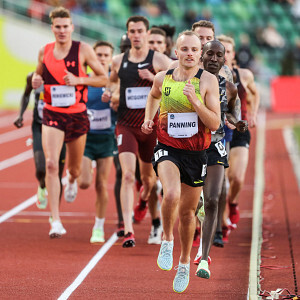
In the women’s race, two-time NCAA champion Weini Kelati will return in search of her third consecutive title in the event. Each of the last two years she has smashed the event record, taking the tape in 15:18 in 2021 and 15:15 in 2022. She will be challenged for the top spot on the podium this year by three-time national champion Keira D’Amato, 2023 U.S. cross-country champion Ednah Kurgat, and U.S. Olympians Abbey Cooper, Courtney Frerichs, Colleen Quigley, and Rachel Smith.
“Doing the Abbott Dash 5K is becoming a little bit of a early season tradition for me,” Kelati said. “Although my fall season looked a little bit different this year because of the opportunity I had to represent Team USA at the World Road Running Championships in Latvia, I’m really happy I get to come back to New York to try for my third straight 5K national title.”
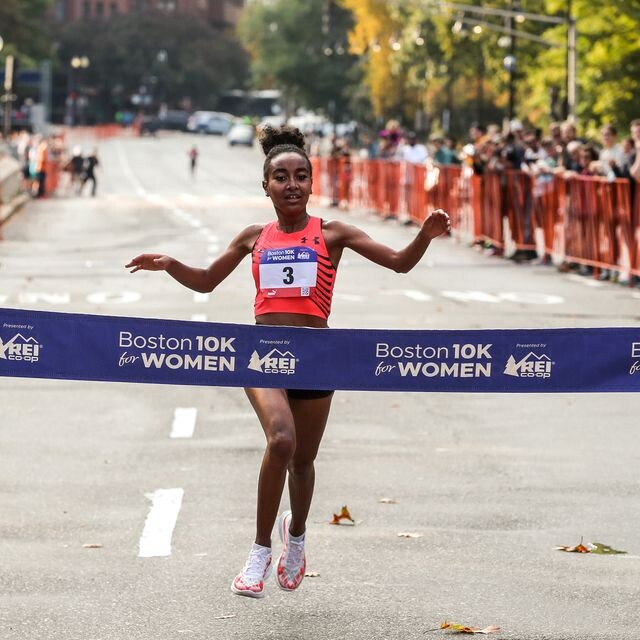
Woody Kincaid, the U.S. 10,000-meter champion and American record-holder in the indoor 5,000 meters, will lead the men’s field. Lining up against him will be Olympic champion Matthew Centrowitz, the top American finisher at the World Athletics Championships marathon this year Zach Panning, 2023 B.A.A. 5K champion Morgan Beadlescomb, and last year’s fourth through sixth-place finishers in New York, Ahmed Muhumed, Alec Basten, and Brian Barraza.
“I still see my career being mostly on the track for the next few years, but I like the idea of throwing in some more road races when it makes sense,” Kincaid said. “As I look towards the Paris Games, the Abbott Dash will be a nice jump-start to my 2024 training, and it will be cool to be in the middle of the big city marathon hoopla without having to go the full 26.2.”
Following in the footsteps of the professional athletes, nearly 10,000 runners will participate in the Abbott Dash to the Finish Line 5K, including top local athletes and many runners in the marathon on November 5.
Abbott, the title sponsor of the Abbott World Marathon Majors, is the sponsor of the Abbott Dash to the Finish Line 5K for the seventh time. Abbott, a global healthcare leader, helps people live more fully with life-changing technology and celebrate what’s possible with good health.
The Abbott Dash to the Finish Line 5K annually provides TCS New York City Marathon supporters, friends, and families the opportunity to join in on the thrill of marathon race week. The course begins on Manhattan’s east side by the United Nations, then takes runners along 42nd Street past historic Grand Central Terminal and up the world-famous Avenue of the Americas past Radio City Music Hall. It then passes through the rolling hills of Central Park before finishing at the iconic TCS New York City Marathon finish line.
The Abbott Dash to the Finish Line 5K and USATF 5K Championships will be broadcast live via USATF.TV. The broadcast is scheduled to begin at 8:20 a.m. ET with the first race starting at 8:30 a.m. ET.
About New York Road Runners (NYRR)
NYRR’s mission is to help and inspire people through running. Since 1958, New York Road Runners has grown from a local running club to the world’s premier community running organization. NYRR’s commitment to New York City’s five boroughs features races, virtual races, community events, free youth running initiatives and school programs, the NYRR RUNCENTER featuring the New Balance Run Hub, and training resources that provide hundreds of thousands of people each year with the motivation, know-how, and opportunity to Run for Life. NYRR’s premier event is the TCS New York City Marathon. Held annually on the first Sunday in November, the race features a wide population of runners, from the world’s top professional athletes to a vast range of competitive, recreational, and charity runners. To learn more, visit www.nyrr.org.
by Running USA
Login to leave a comment
Dash to the Finish Line
Be a part of the world-famous TCS New York City Marathon excitement, run through the streets of Manhattan, and finish at the famed Marathon finish line in Central Park—without running 26.2 miles! On TCS New York City Marathon Saturday, our NYRR Dash to the Finish Line 5K (3.1 miles) will take place for all runners who want to join in...
more...Zdeno Chara Training For The New York City Marathon
With one Boston Marathon already on his resume, former Boston Bruins captain Zdeno Chara is now training to run in the 2023 New York City Marathon on Nov. 5.
Right up until the end of his 24-season NHL career, Chara left his teammates in astonishment at his daily workout regimen, and that discipline and passion to push his body to the limits has not waned.
With one Boston Marathon already on his resume, former Boston Bruins captain Zdeno Chara is now training to run in the 2023 New York City Marathon on Nov. 5.

Right up until the end of his 24-season NHL career, Chara left his teammates in astonishment at his daily workout regimen, and that discipline and passion to push his body to the limits has not waned.
“No,” Chara told The New York Post recently, “I didn’t take any kind of break. I kind of sustained the physical training. I was adding to my running, getting higher mileage, getting higher bike distances. And then at one point, I knew that I would like to talk to somebody who is more experienced and somebody who would be able to put me on maybe more specific programs to reach some of the goals I set for myself. And obviously marathons was one of them. Some triathlons, Ironmans would also be in my vision.”
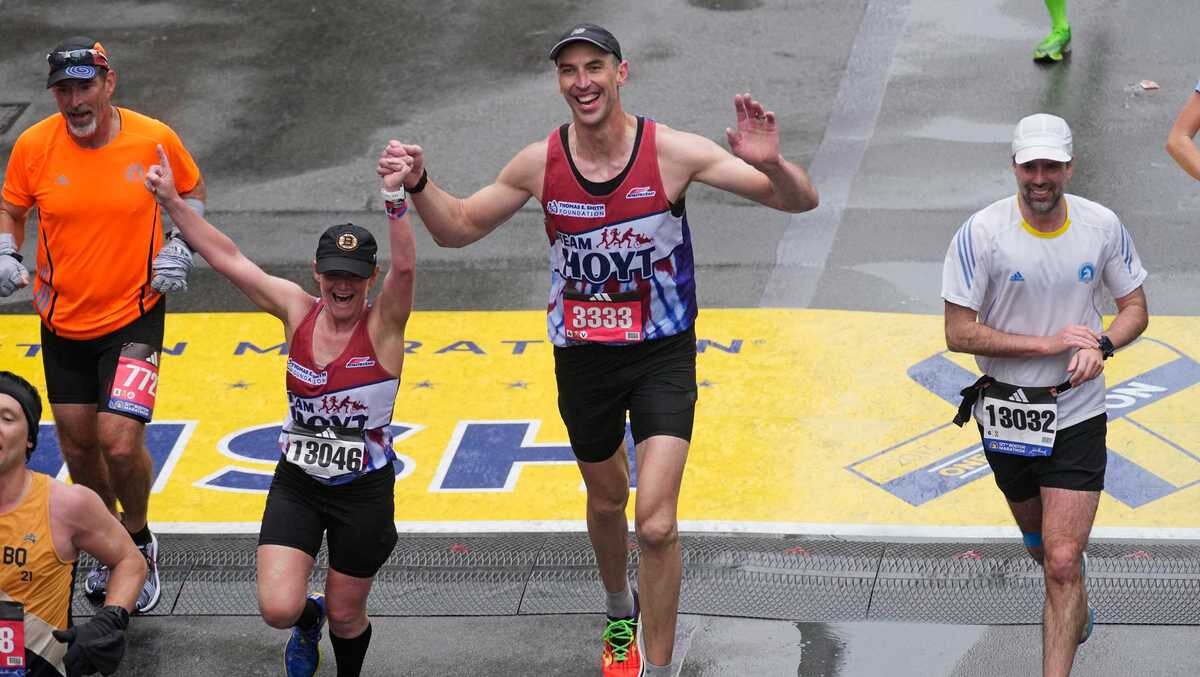
The 6-foot-9, 250-pound future Hockey Hall of Famer finished the Boston Marathon in 3:38.23, and now in November, he’ll run the New York City Marathon in partnership with New Balance. However, the 46-year-old Chara has no plans on stopping there. He told The Post that he also plans on running marathons in Berlin, Tokyo, London, and Chicago.
“Finding the limit,” Chara said. “Sometimes you get into different mindsets and you learn about yourself a lot through these challenges, through these good runs, bad runs. It’s just, I don’t know how to really explain it, but it’s something that it’s teaching you something about yourself. And it’s a very humbling experience.”
Zdeno Chara is also becoming to not just running marathons but to the running community and support surrounding it.
“Being part of racing or being a part of some runs, it’s addictive,” the Boston Bruins legend said. “It’s something that you start and then it becomes something that you’re looking forward to the next one and then you want to be part of the next one. It’s something that draws me in.
You have spread out crowds throughout the races [that] number thousands of people and it’s electrifying. It’s unbelievable energy and it’s exciting. And then once you get to the finish, it’s super, super rewarding.”
by Jimmy Murphy
Login to leave a comment
TCS New York City Marathon
The first New York City Marathon, organized in 1970 by Fred Lebow and Vince Chiappetta, was held entirely in Central Park. Of 127 entrants, only 55 men finished; the sole female entrant dropped out due to illness. Winners were given inexpensive wristwatches and recycled baseball and bowling trophies. The entry fee was $1 and the total event budget...
more...Josh Kerr and Jemma Reekie Secure Scottish Sweep at New Balance 5th Avenue Mile
New York, September 10, 2023 – World champion and Olympic medalist Josh Kerr and Olympian Jemma Reekie won the men’s and women’s professional athlete races at the New Balance 5th Avenue Mile on Sunday, making it the third consecutive year it was a Scottish sweep. It was the first title on Manhattan’s famous thoroughfare for Kerr, and the second for Reekie, who also won in 2021.
Kerr, fresh off winning a world title in the 1,500 meters last month, won in 3:47.9, the third fastest time in event history and fastest since 1995. Great Britain’s George Mills was second in 3:49.9, followed by New Zealand’s Geordie Beamish in third in 3:50.0. Vincent Ciattei was the top American, finishing fourth overall in 3:50.3.
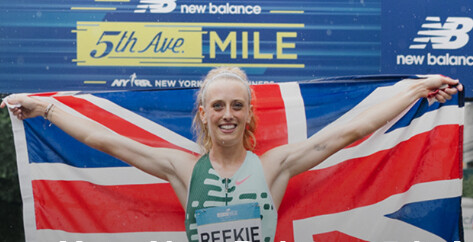
“It's a very different effort to run a mile down the street in flats versus running around the oval with spikes,” Kerr said. “I didn't have the performance I wanted to have last year, so I wanted to make that right. It's nice to end the season on a high, and it's difficult to do at any point in anyone's career at the end of the year. I've been training and racing for a long time this year and I was glad to put on a performance like that today.”
Reekie took the tape in 4:19.4, more than two seconds faster than her winning time in 2021, and was followed by Ireland’s Sarah Healy in 4:20.0 and Great Britain’s Melissa Courtney-Bryant in 4:20.6.
Nikki Hiltz was the top American, finishing fourth in 4:20.7.“Running this mile is always so special to me,” Reekie said. “I won it back in 2021. Last year, I placed well again, and then this year I'm happy to be back winning. It's such a great event and it's always a fun event to come to.”
The New Balance 5th Avenue Mile – the world’s most iconic road mile race since 1981 – stretches 20 blocks down Manhattan’s most famous thoroughfare.
More than 9,000 runners raced the New Balance 5th Avenue Mile on Sunday. In addition to professional athlete and age-group heats, this year’s New Balance 5th Avenue Mile featured Back to School Mile heats for youth, a New Balance Run Your Way Mile for first-time marathoners using NYRR Coaching Lab, a George Sheehan Memorial Mile for seniors. Due to inclement weather, the NYPD and FDNY Mile, NYRR Road Mile Championships, and the Rising New York Road Runners Stage 1 races were cancelled.
Login to leave a comment
New Balance 5th Avenue Mile
The New Balance 5th Avenue Mile opens a beautiful 20-block stretch of 5th Avenue to runners of all ages and abilities who want to run their best mile in New York City. Special races include a youth mile, the George Sheehan Memorial Mile for runners age 60 and over, the NYRR Road Mile Championships, and Olympic-caliber professional men's and women's...
more...

